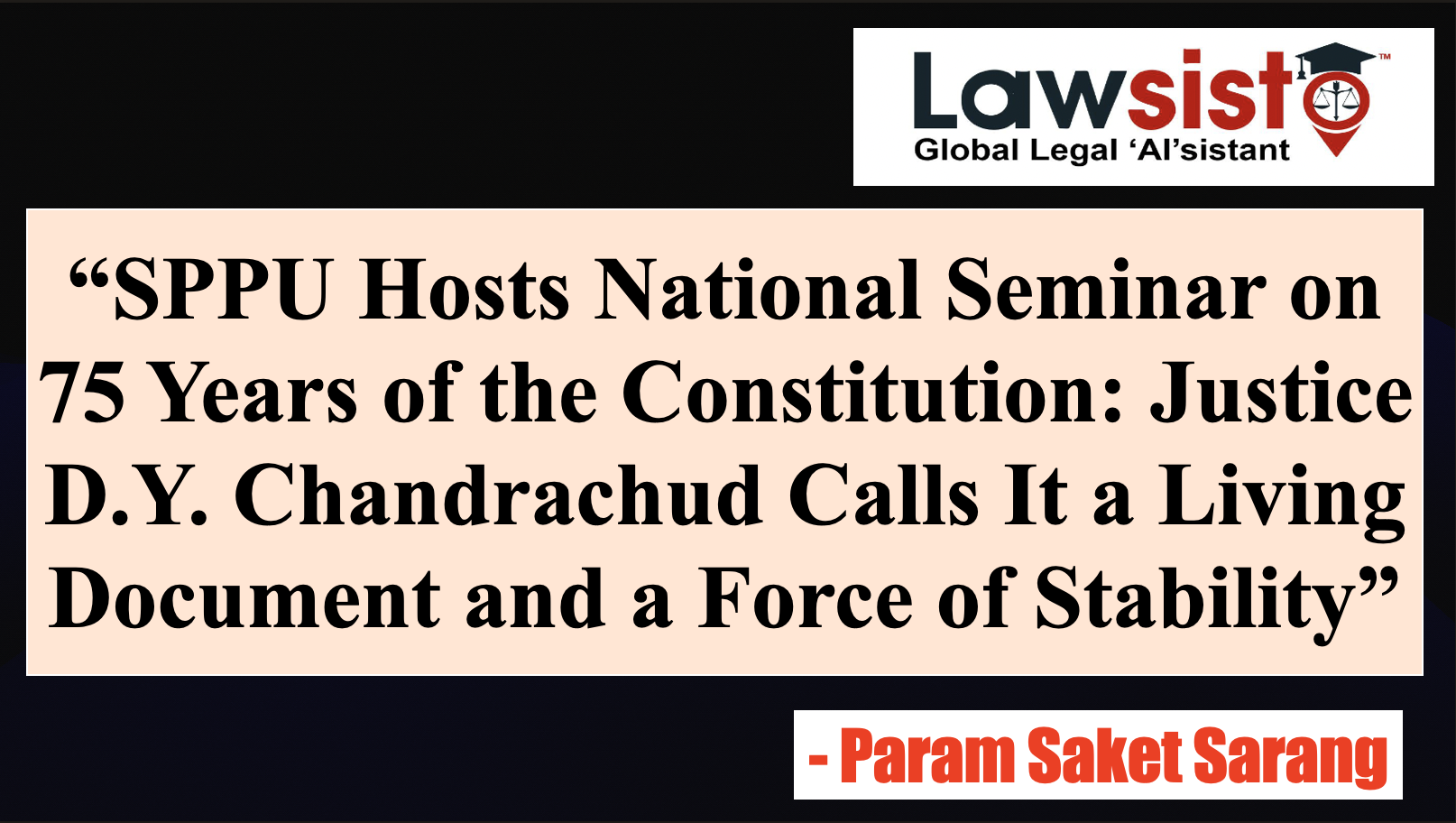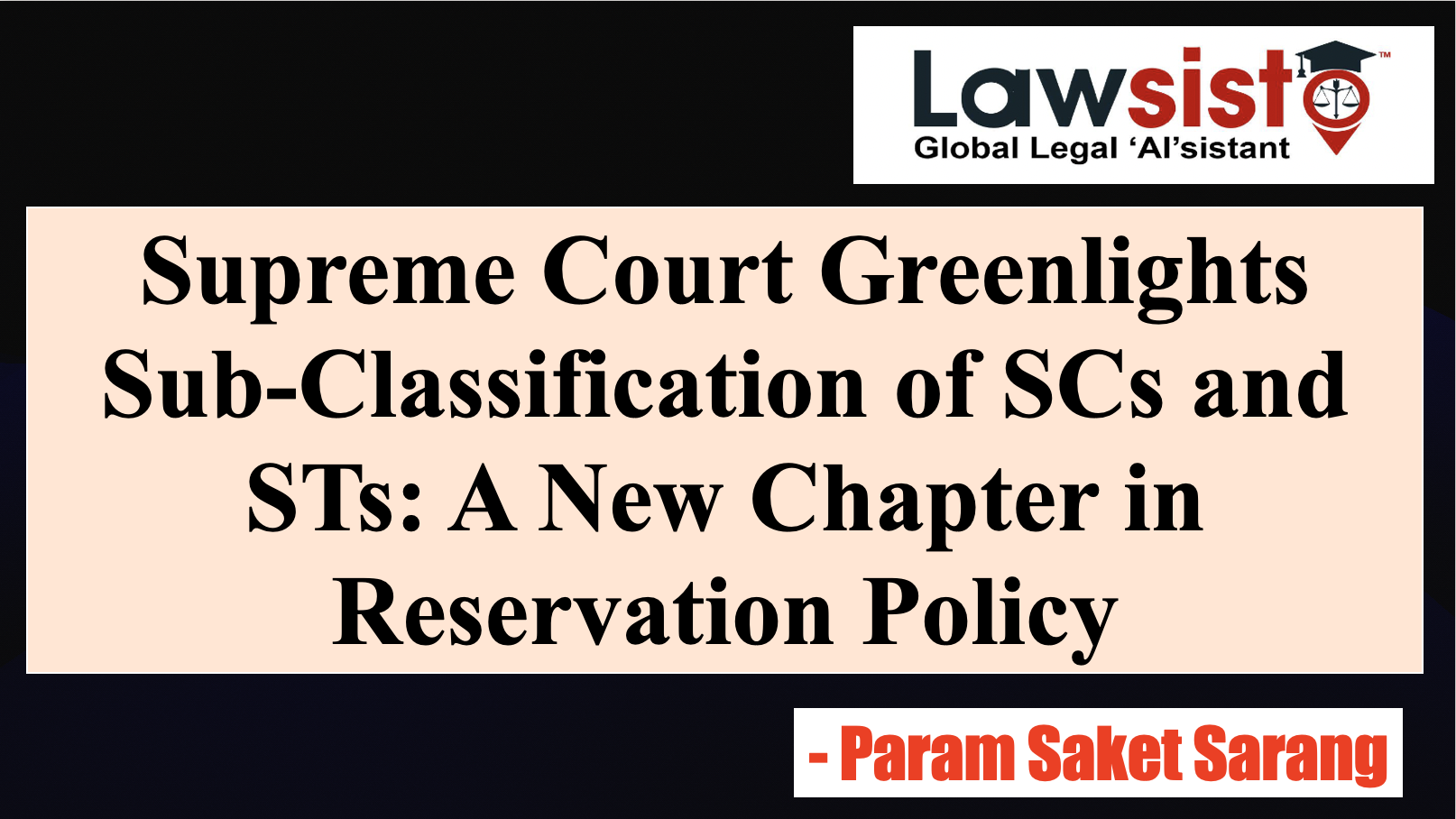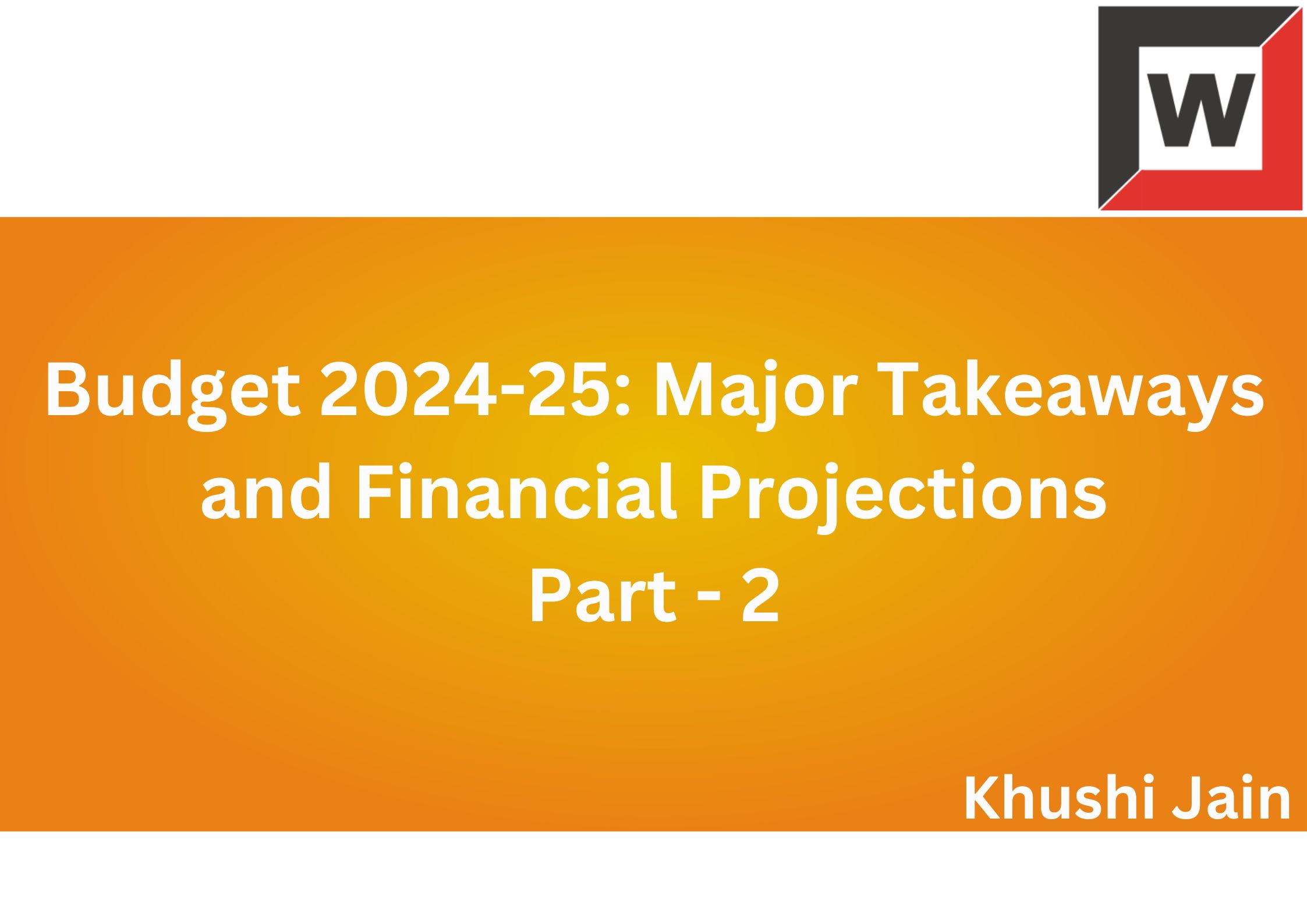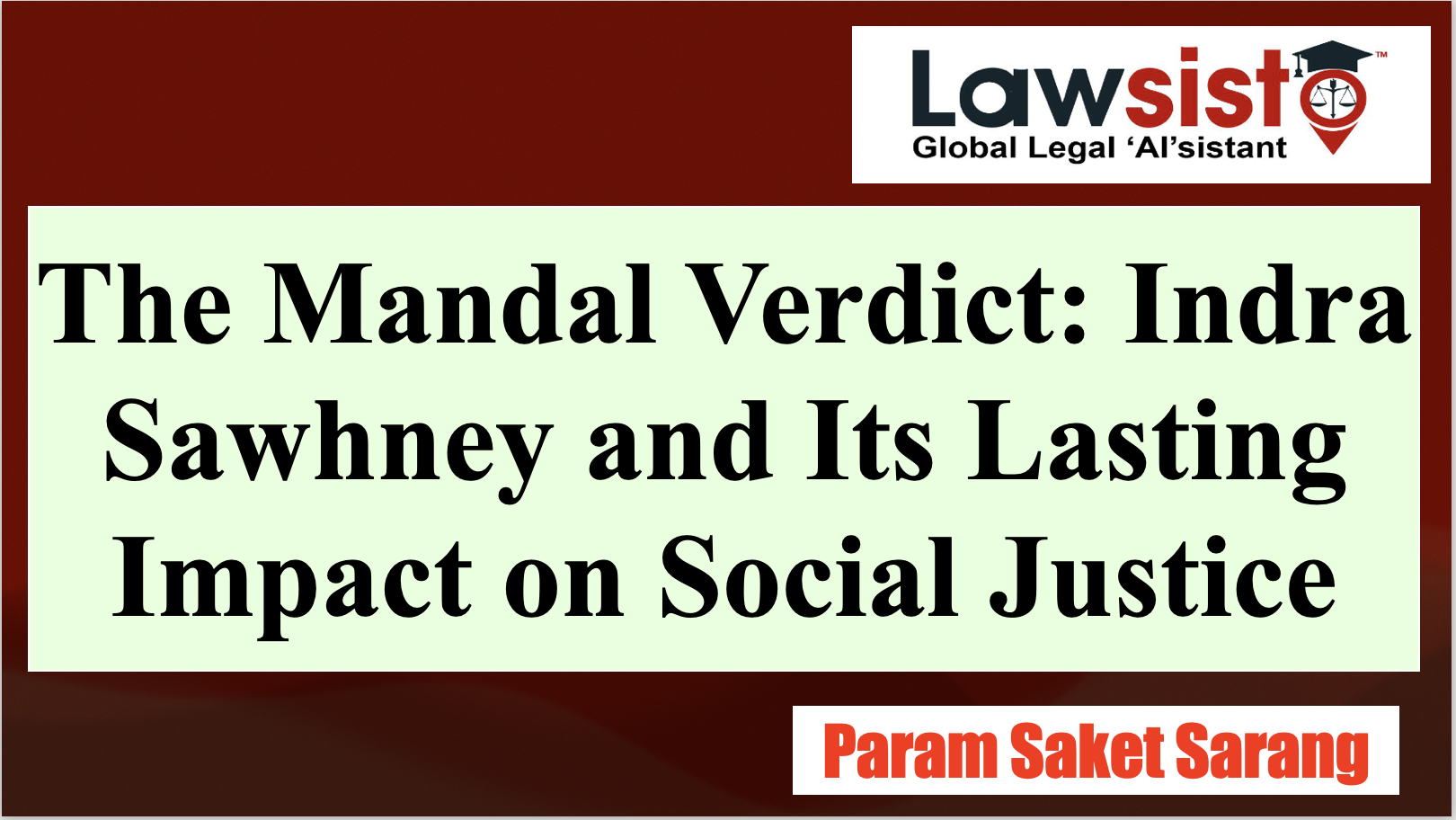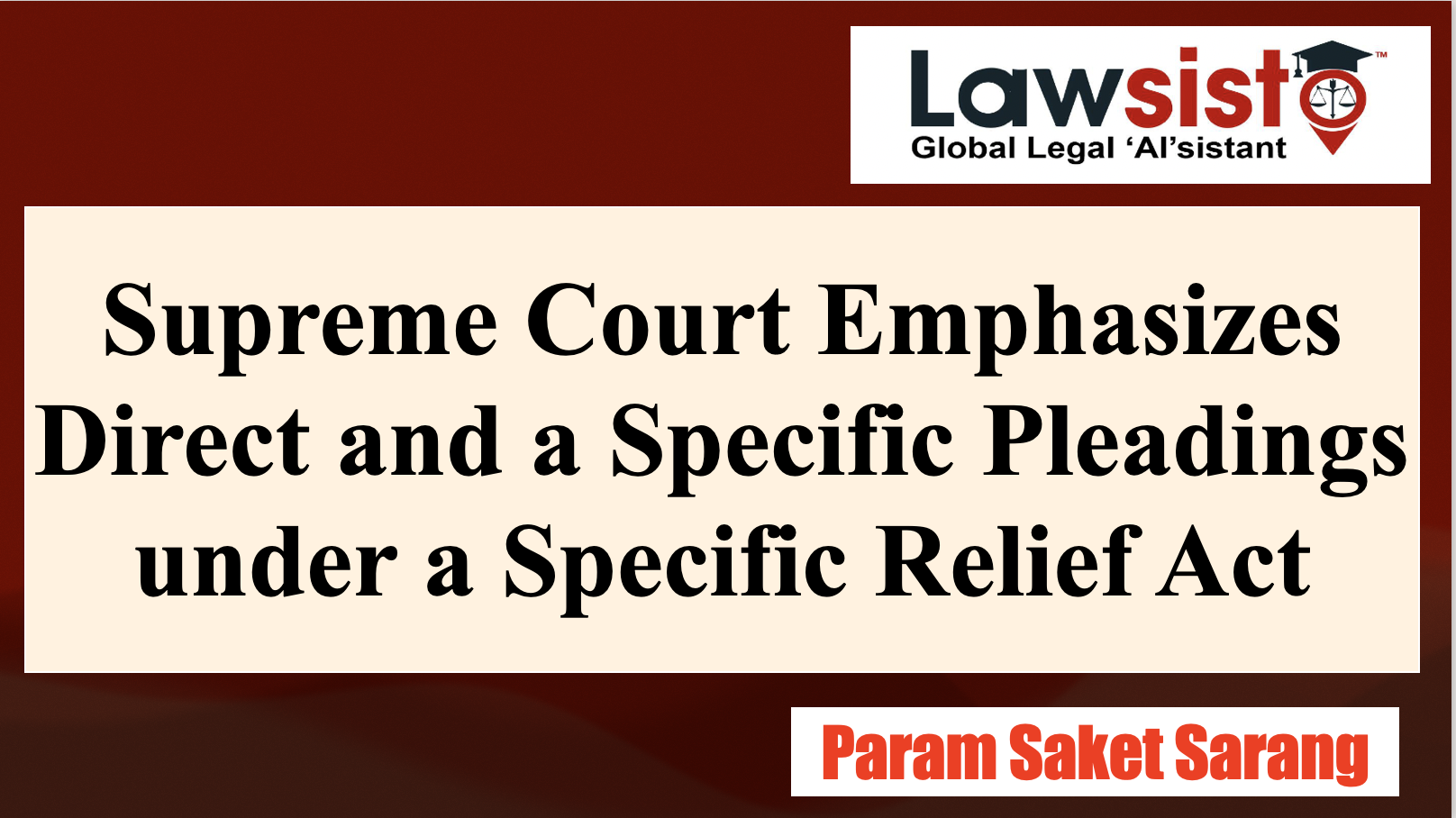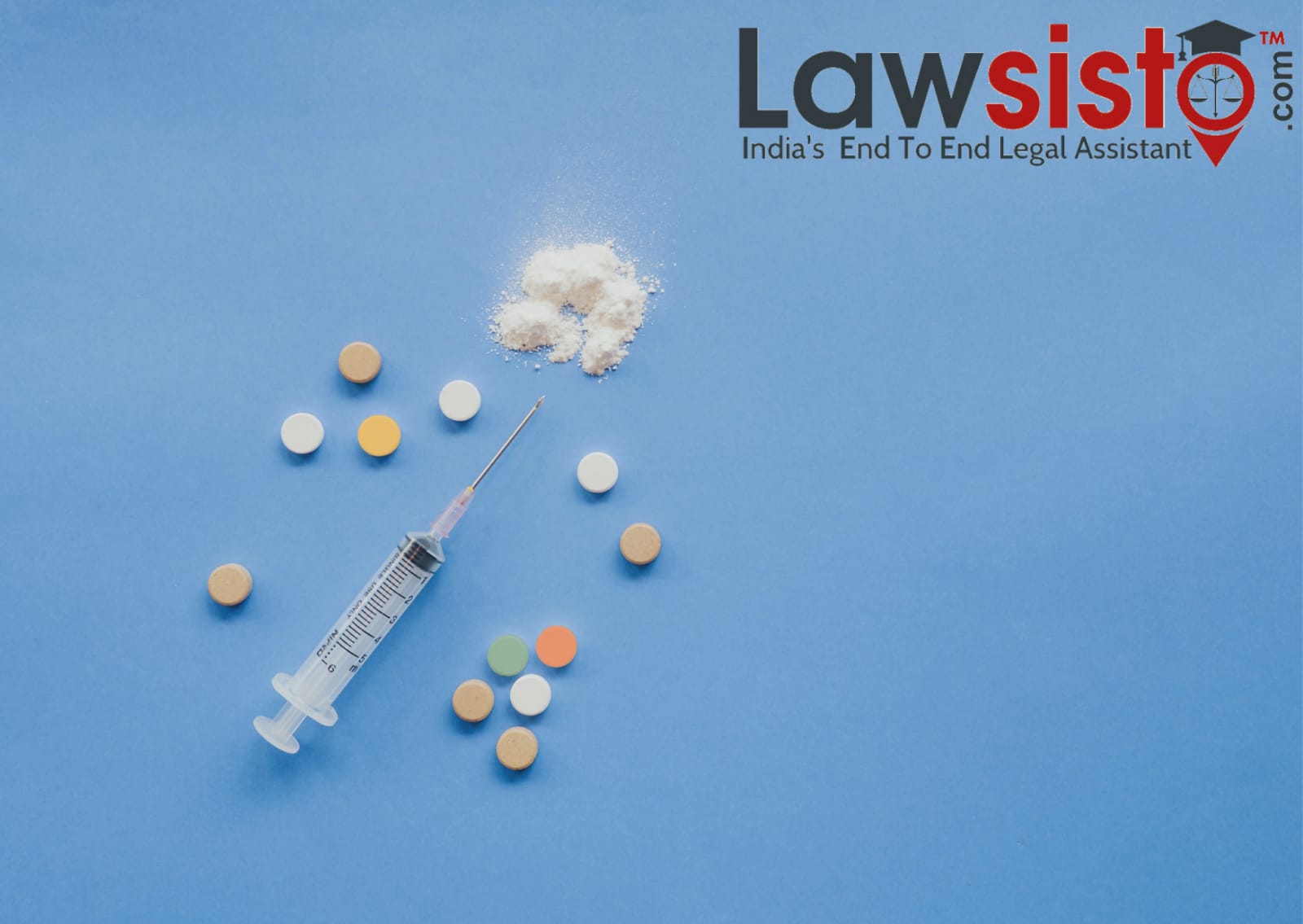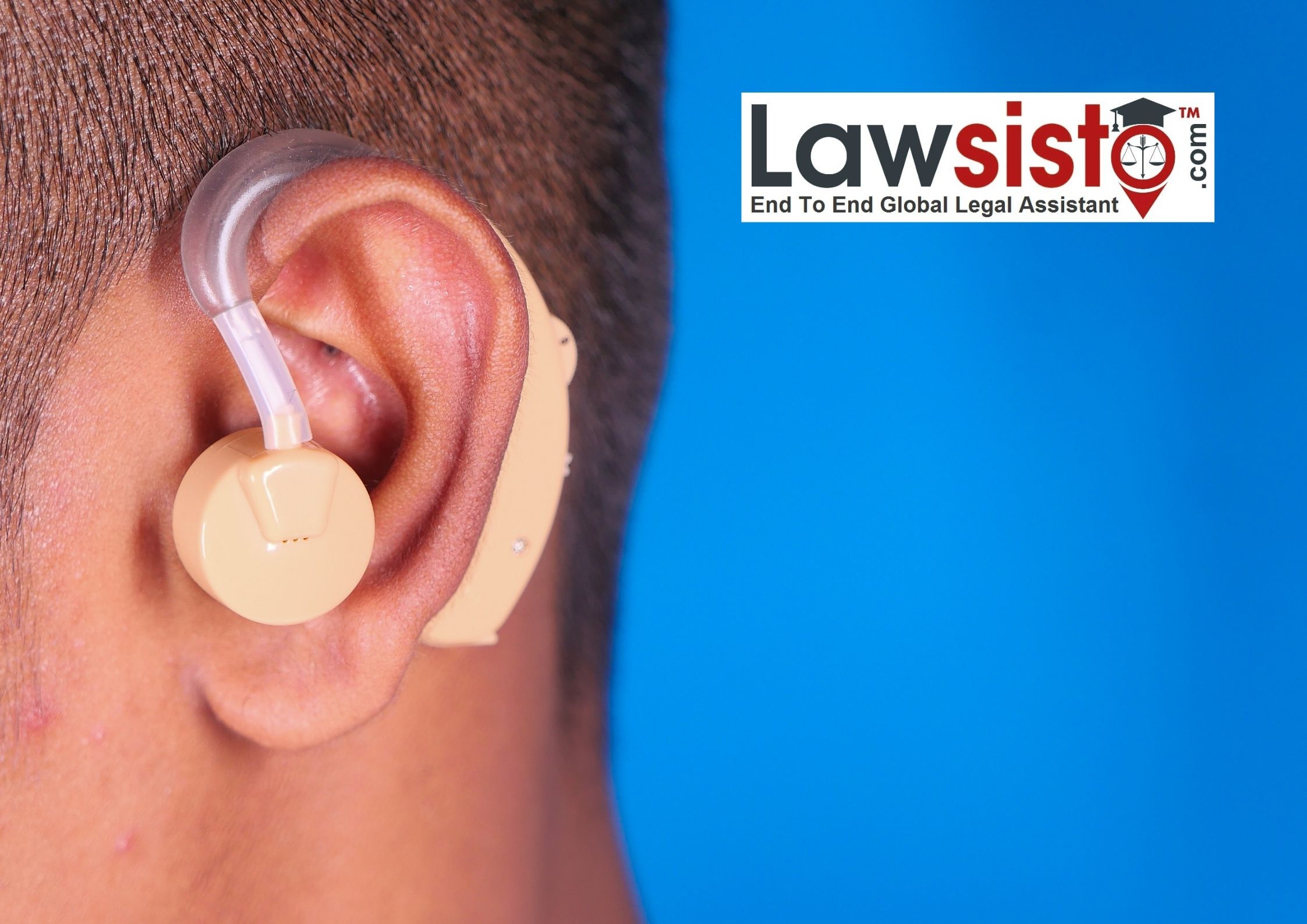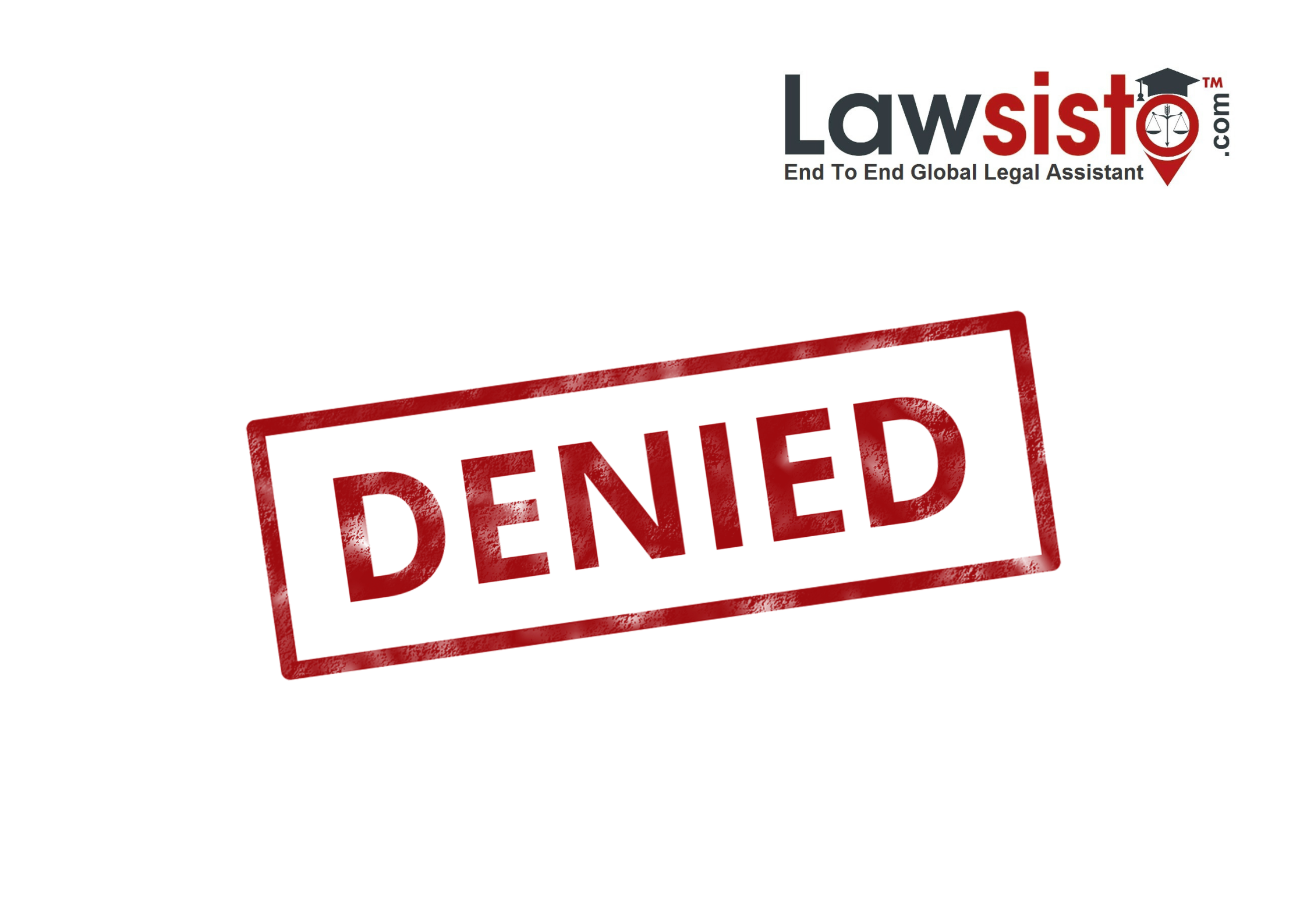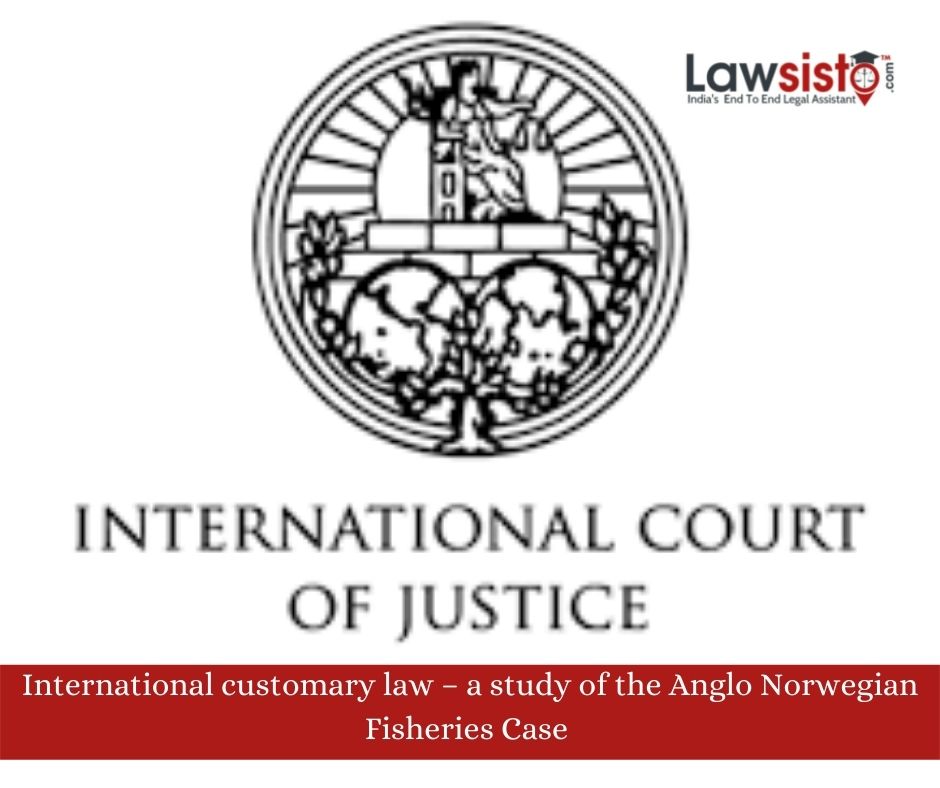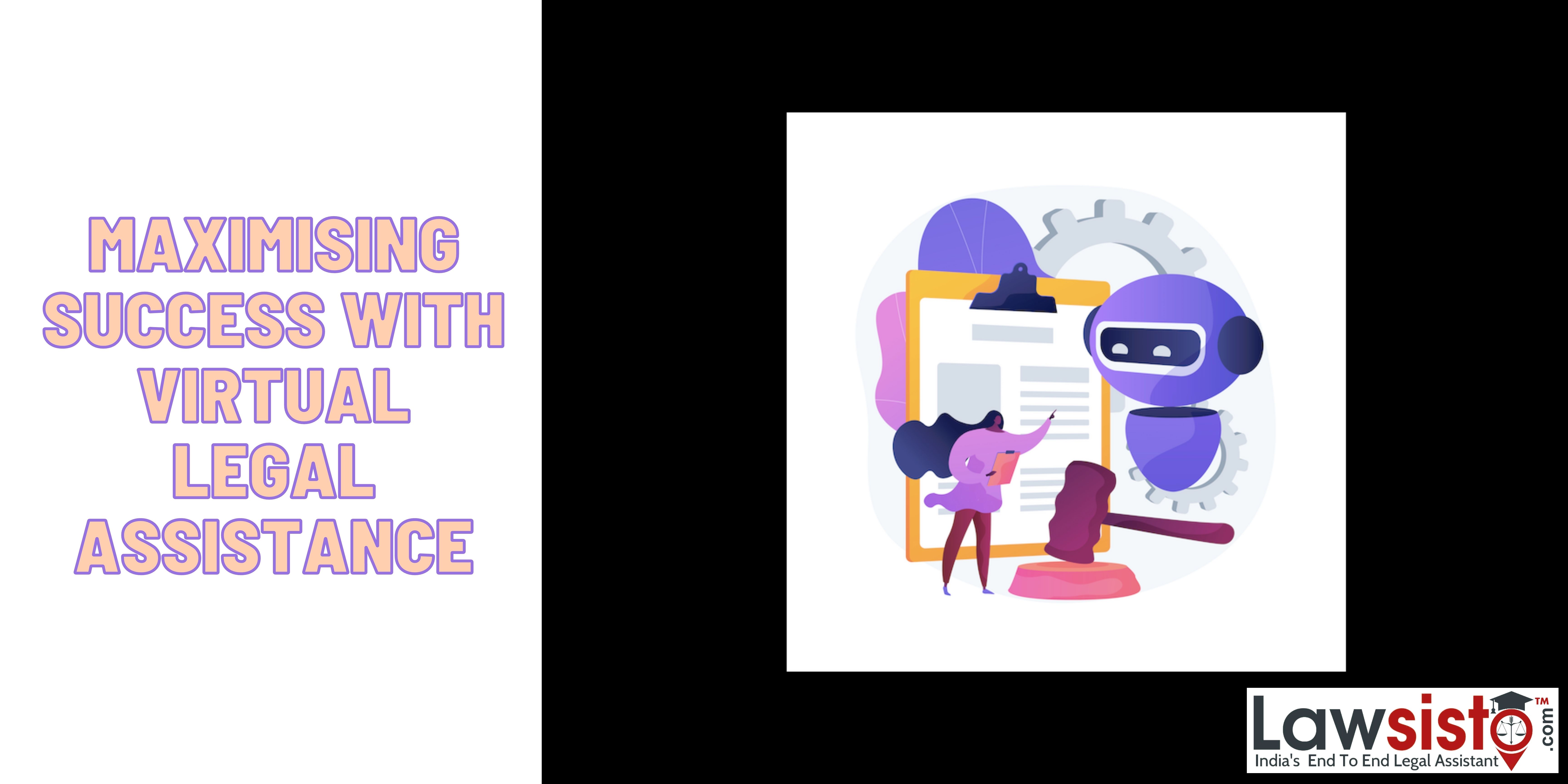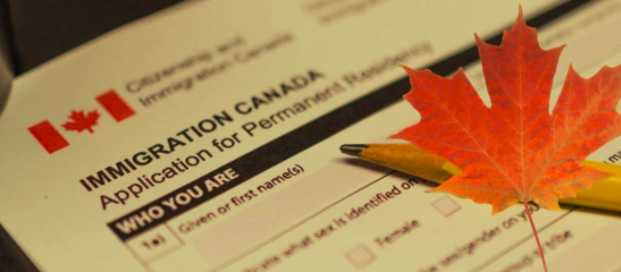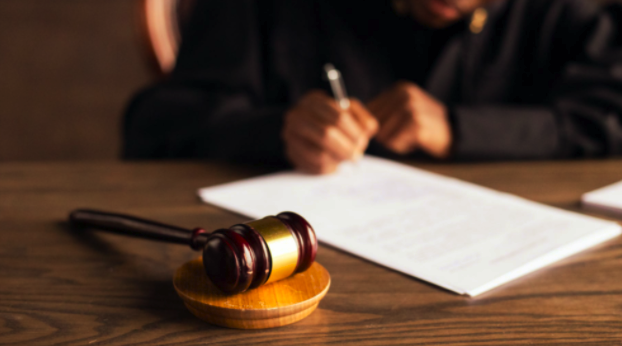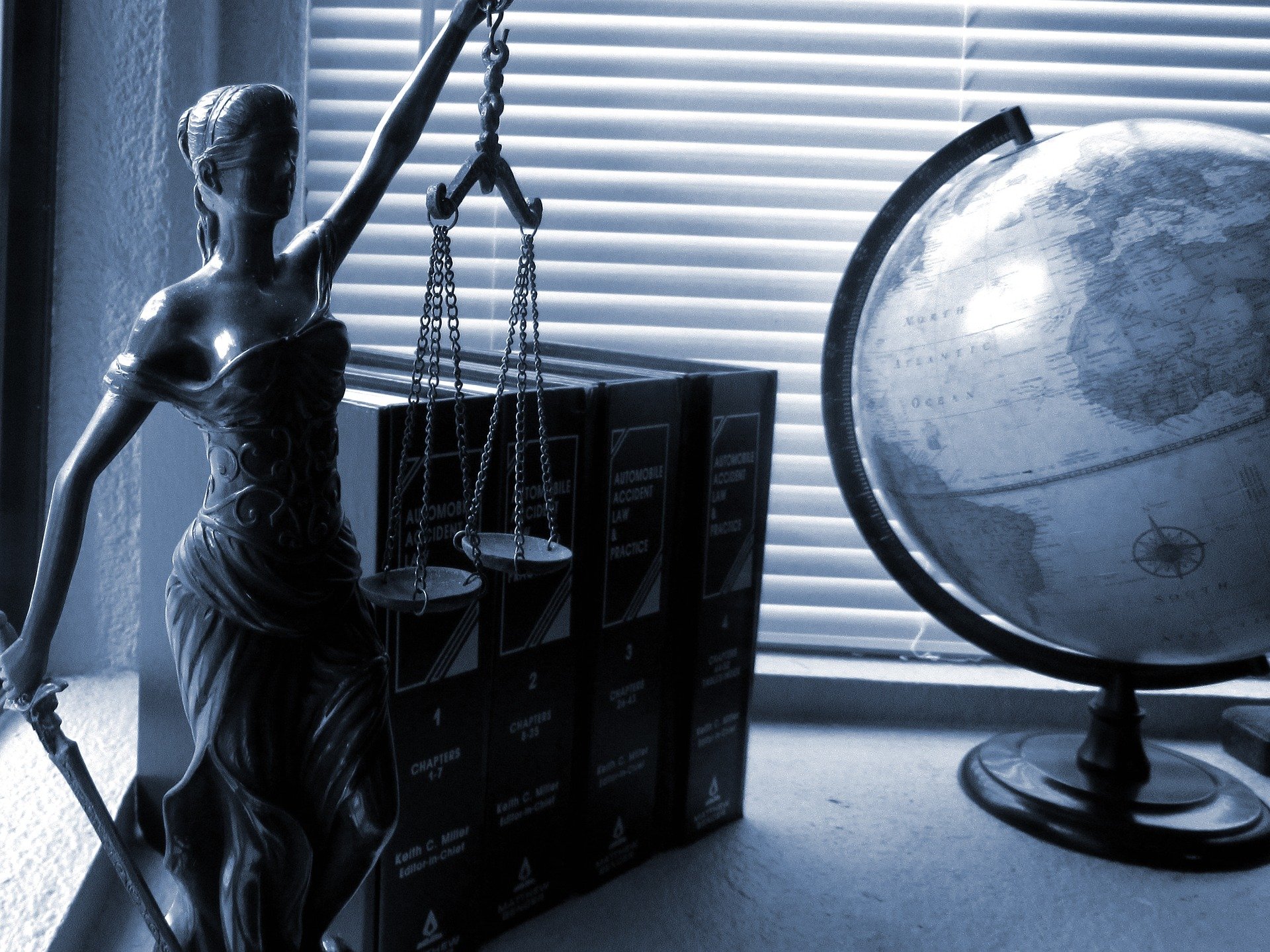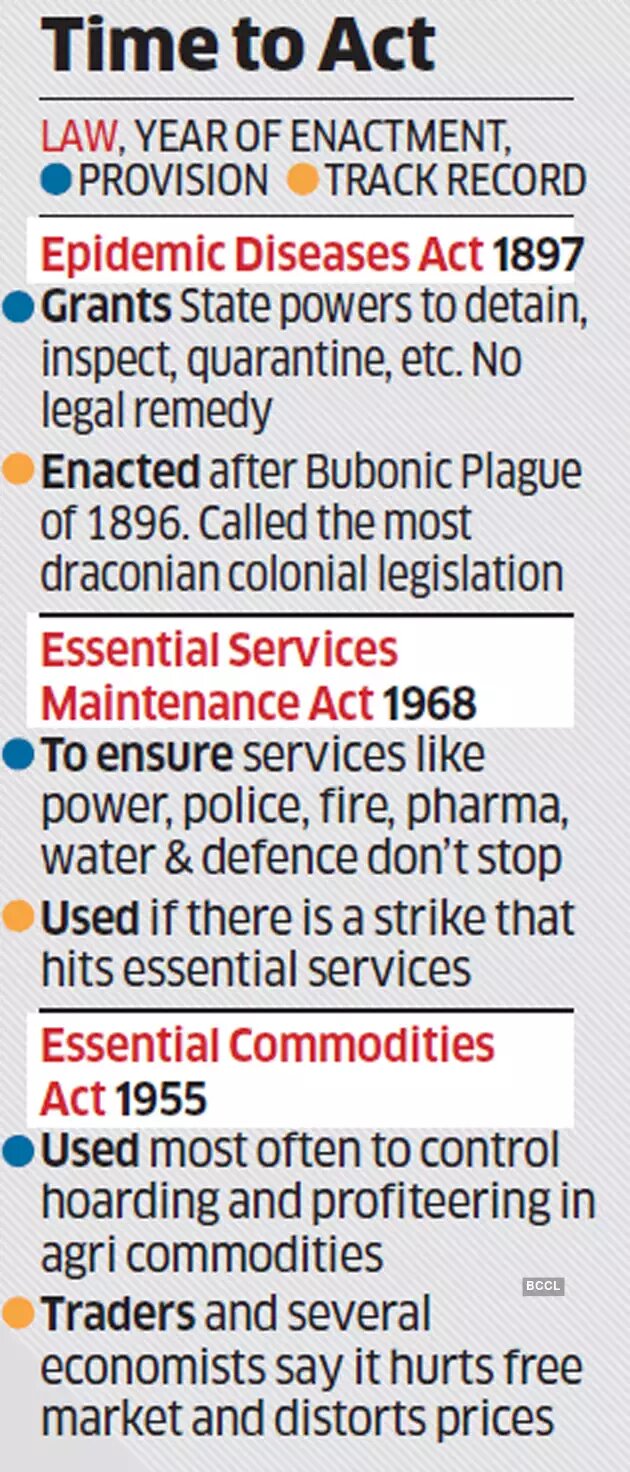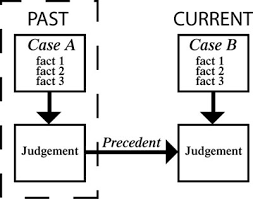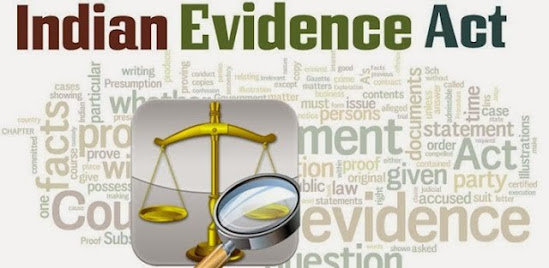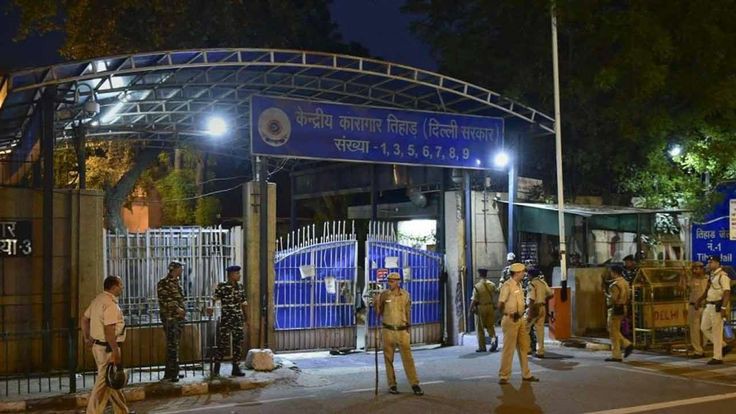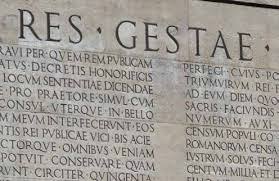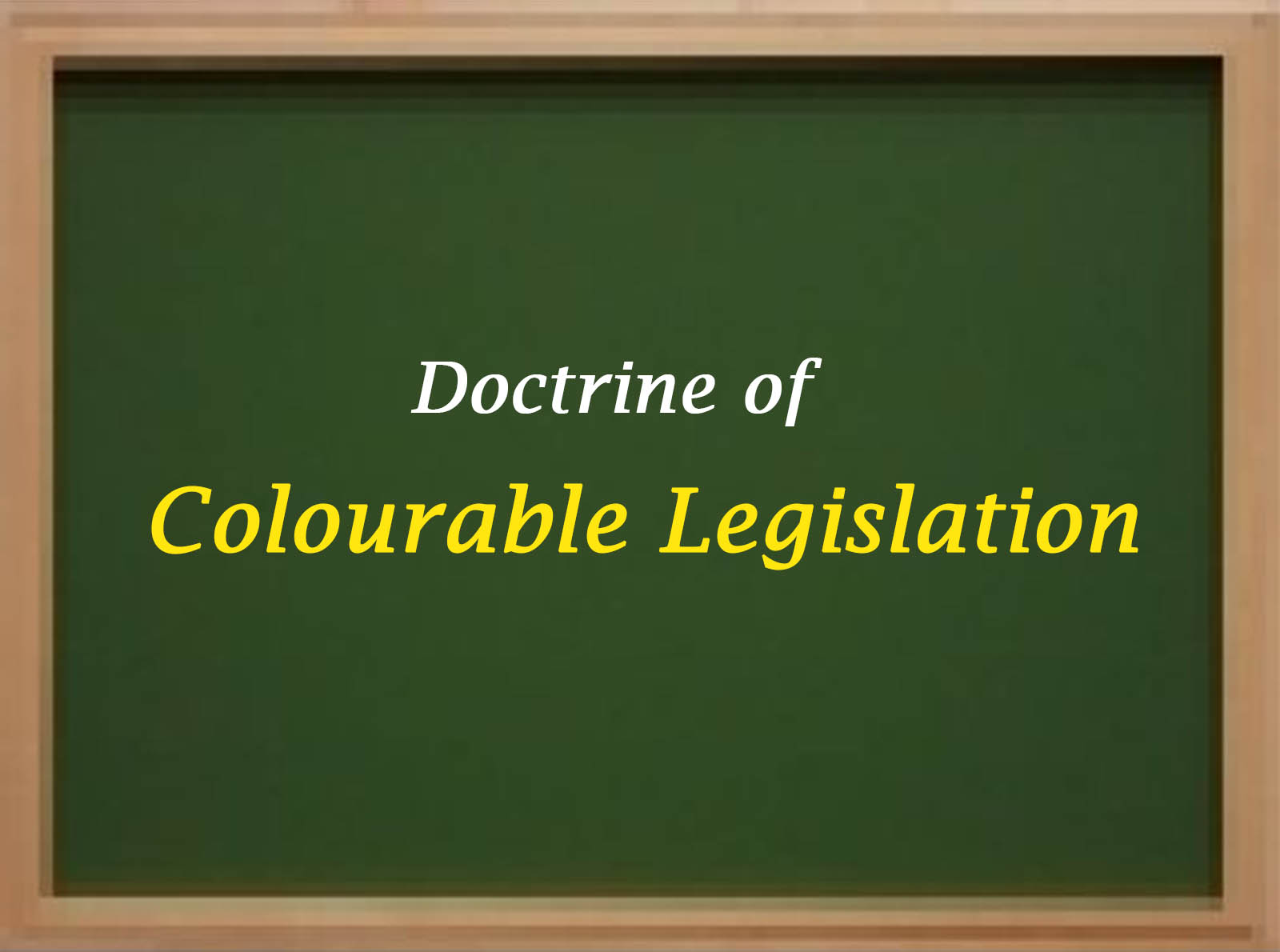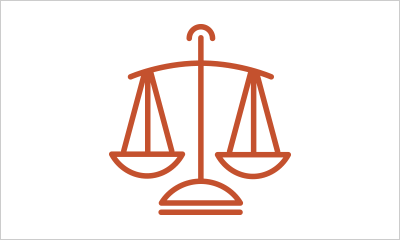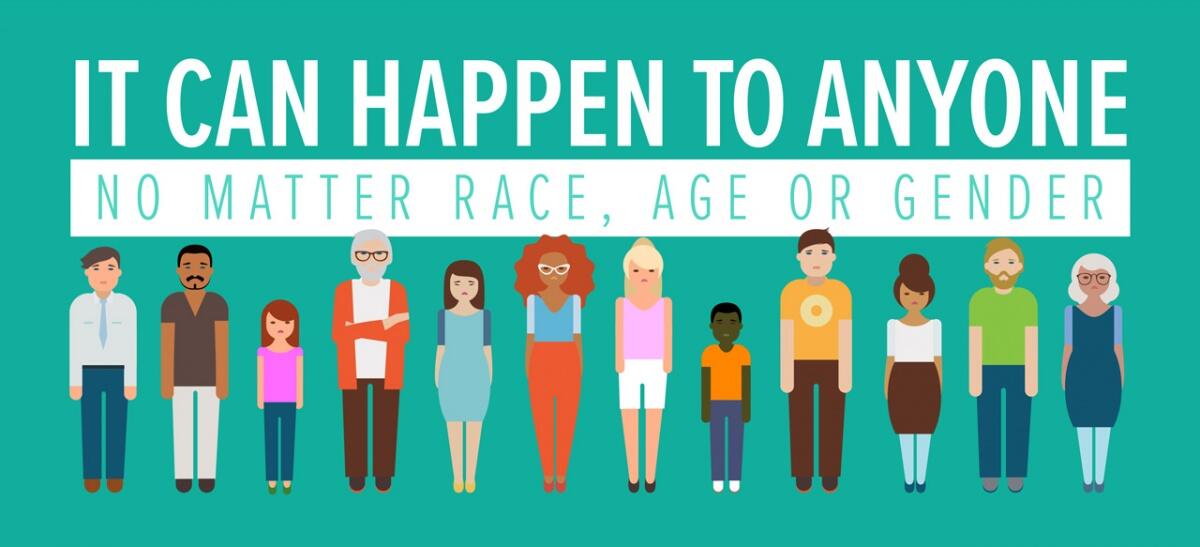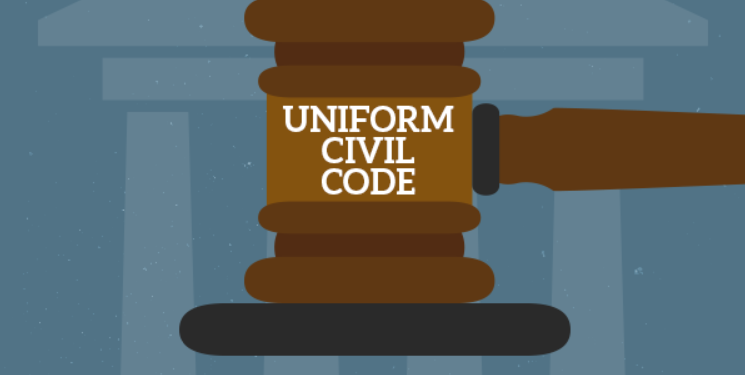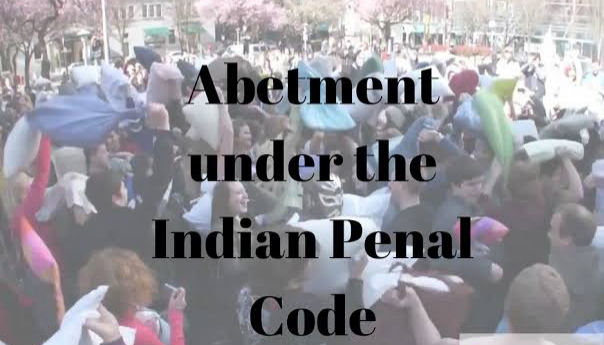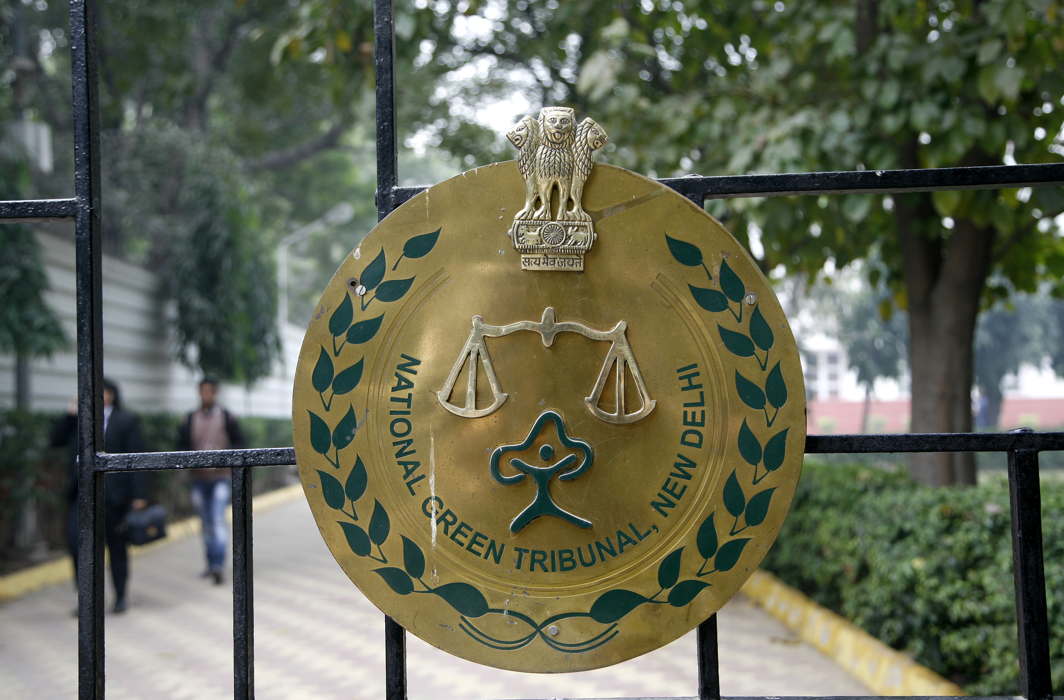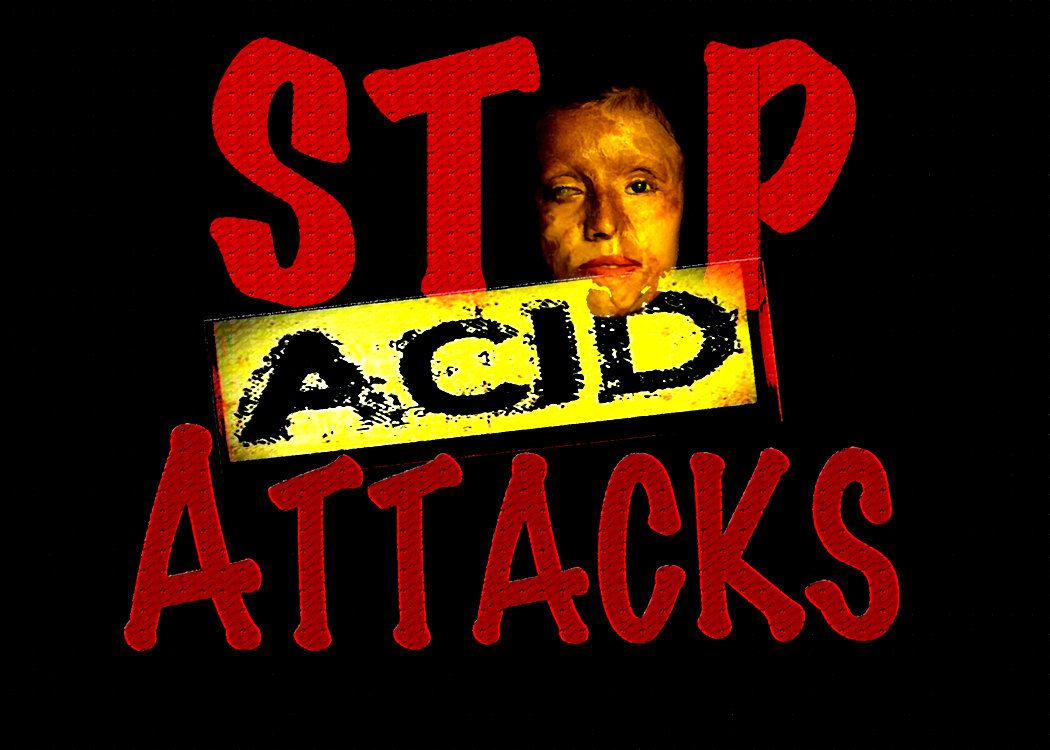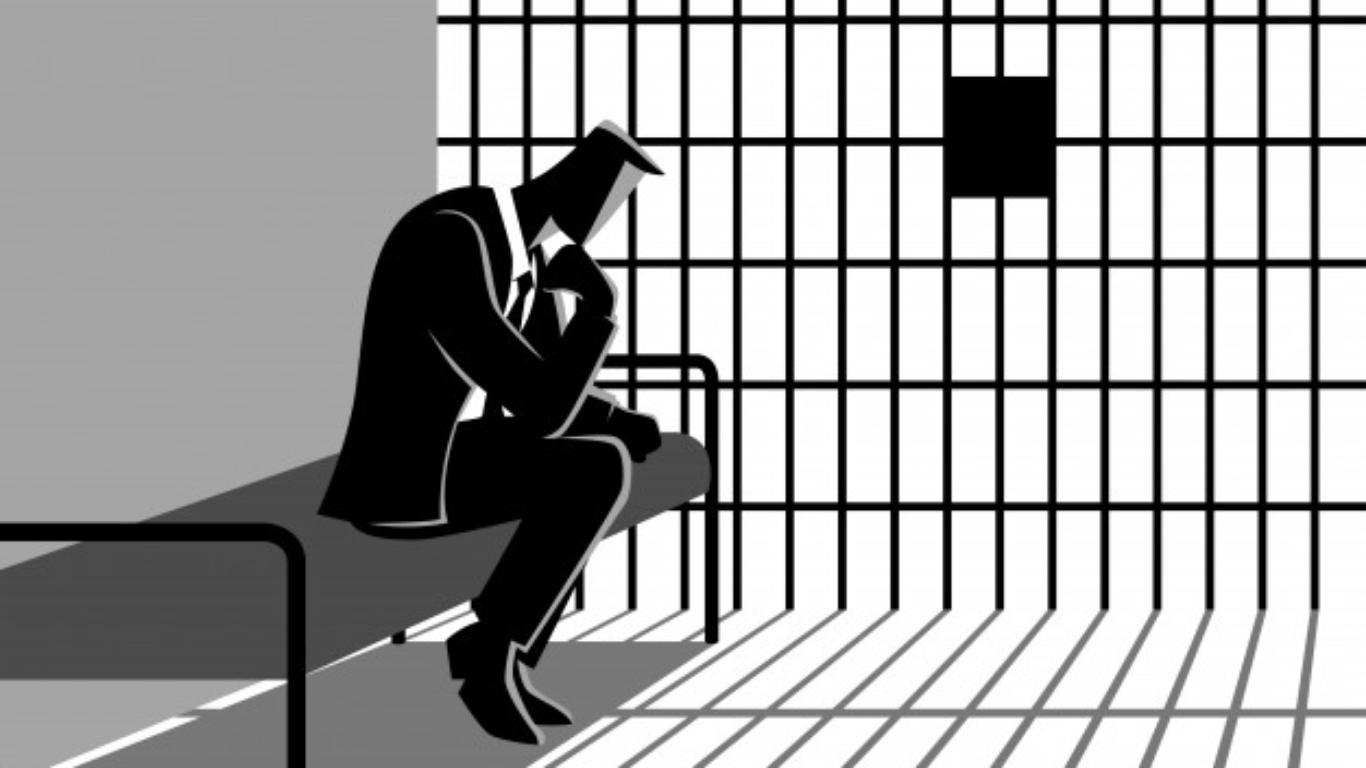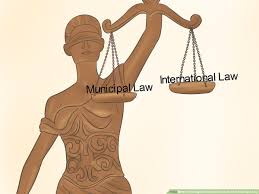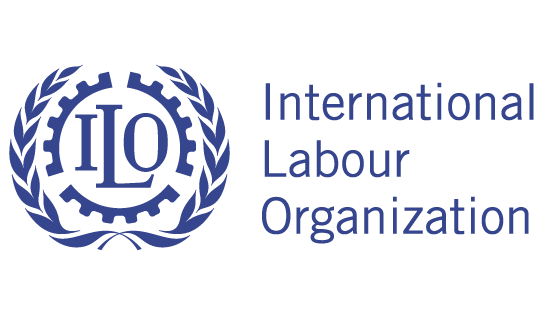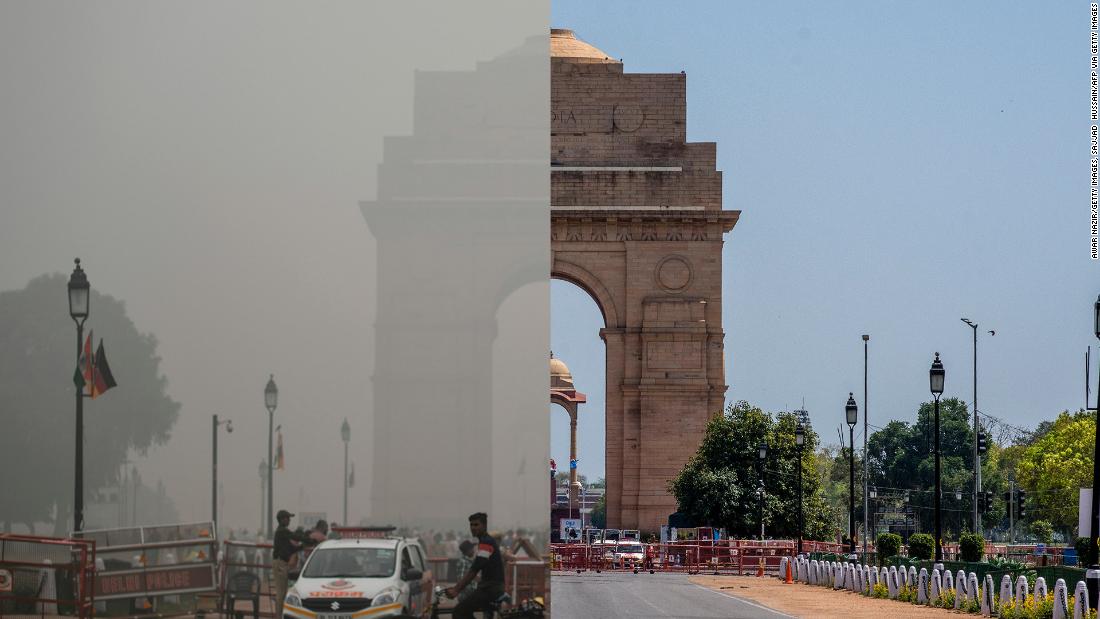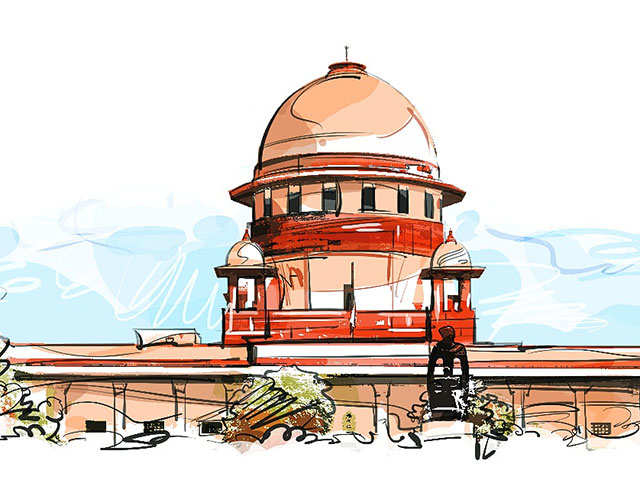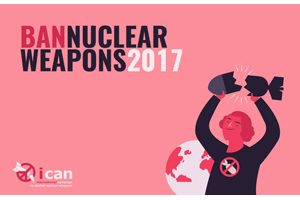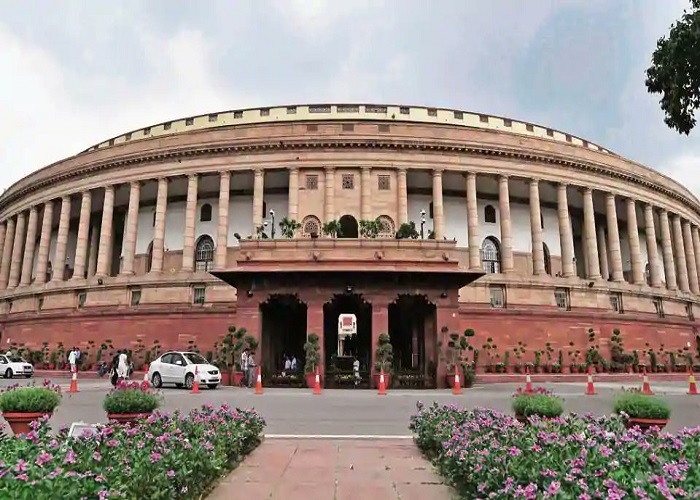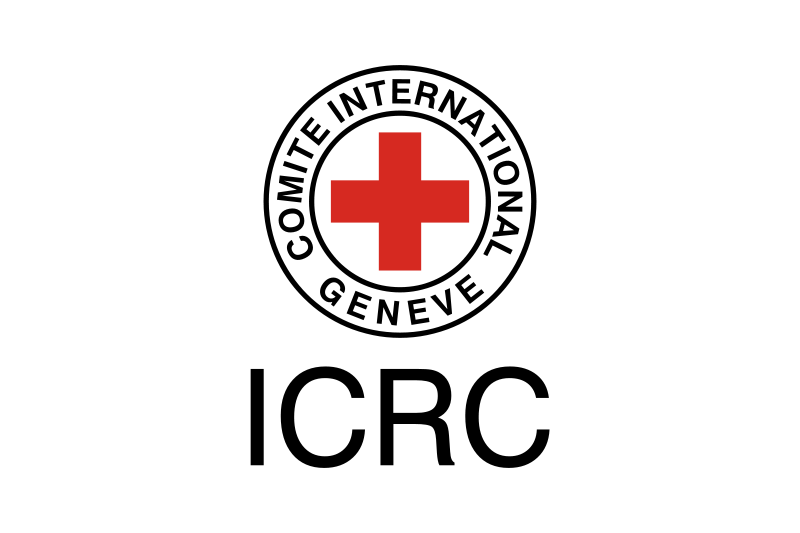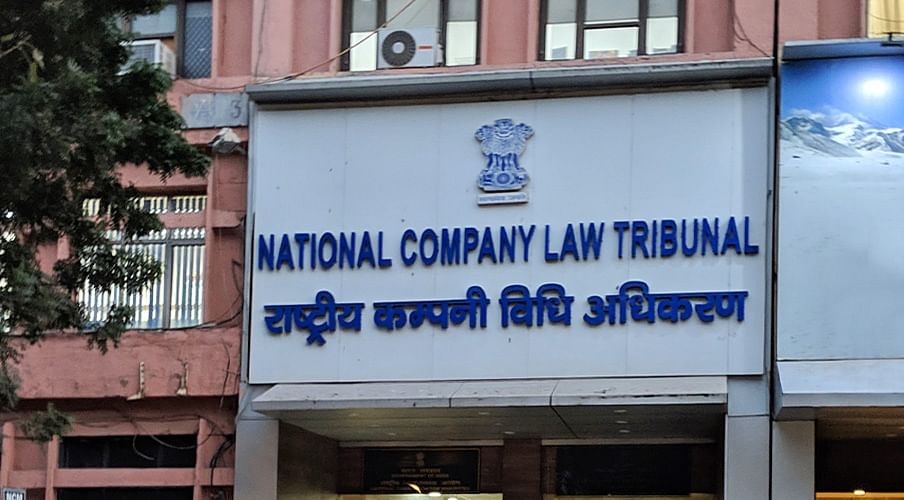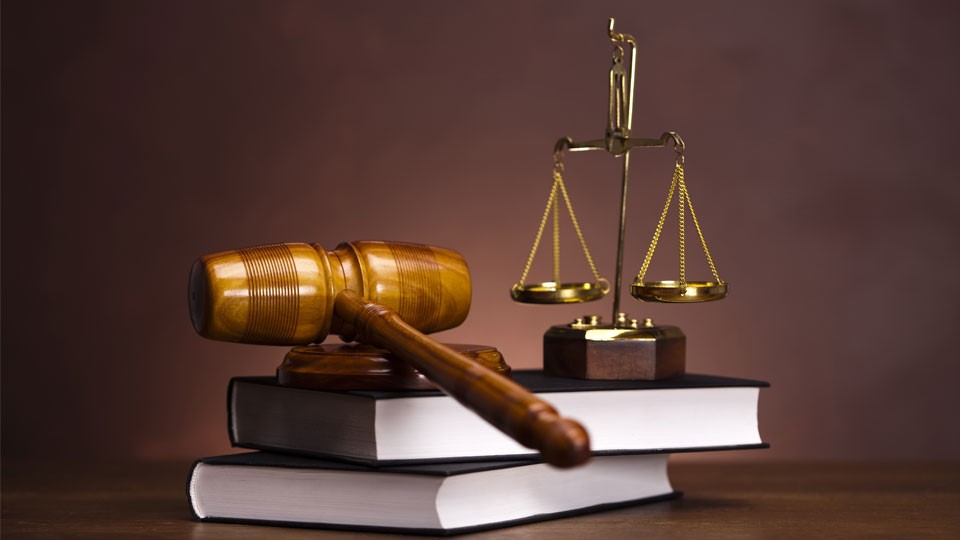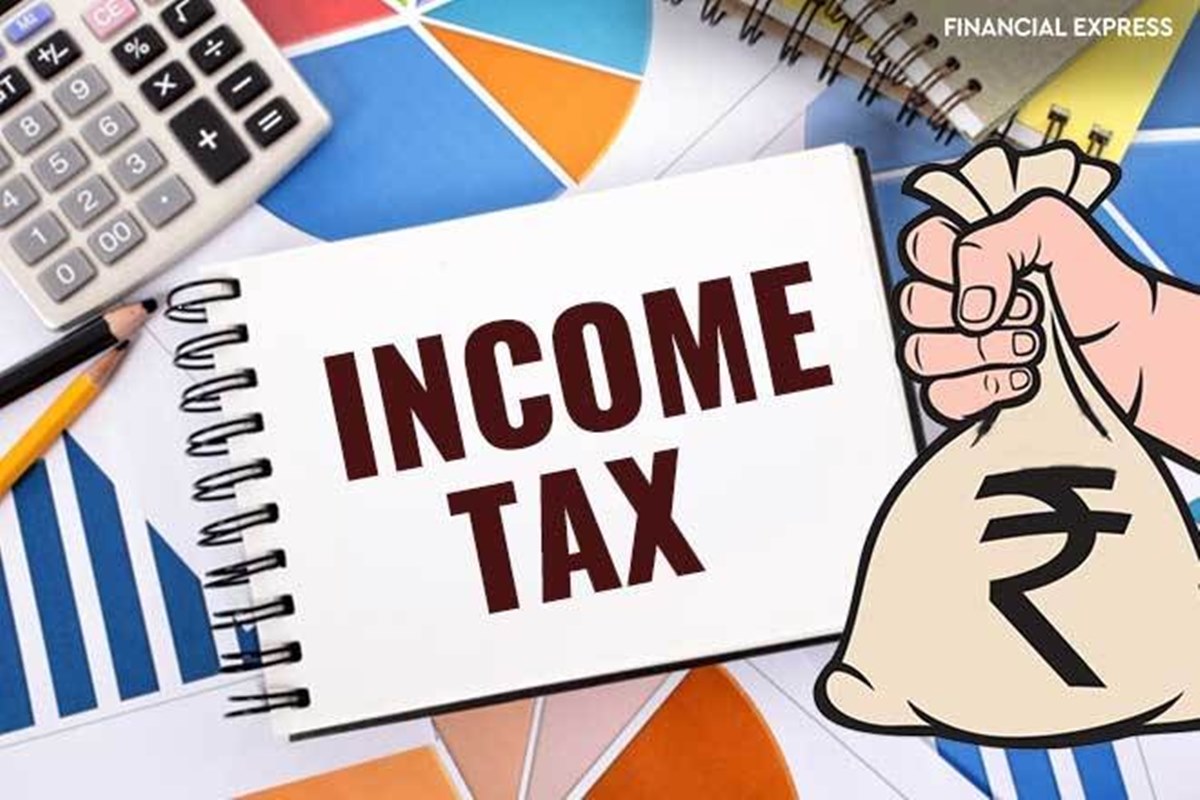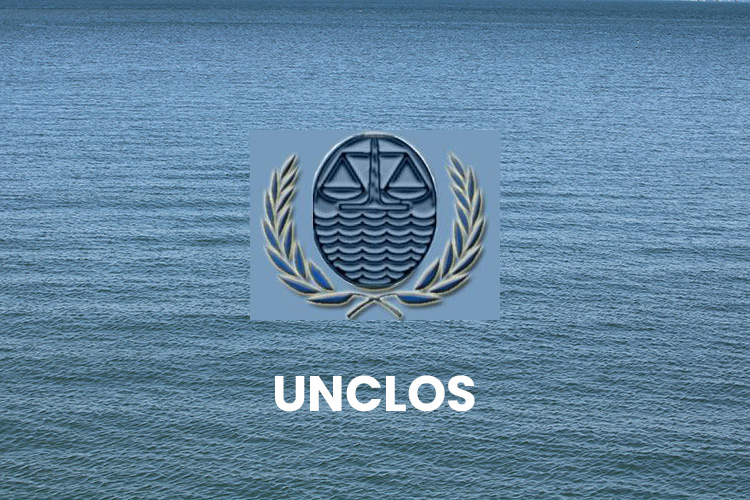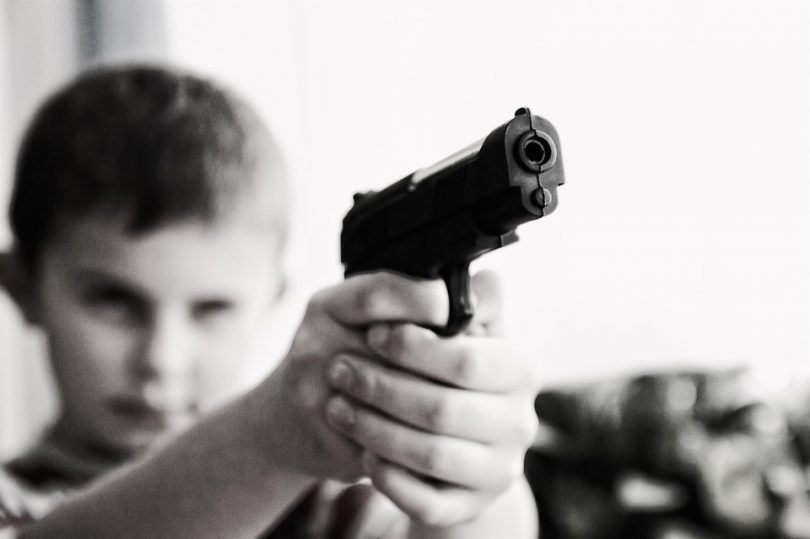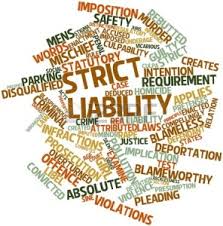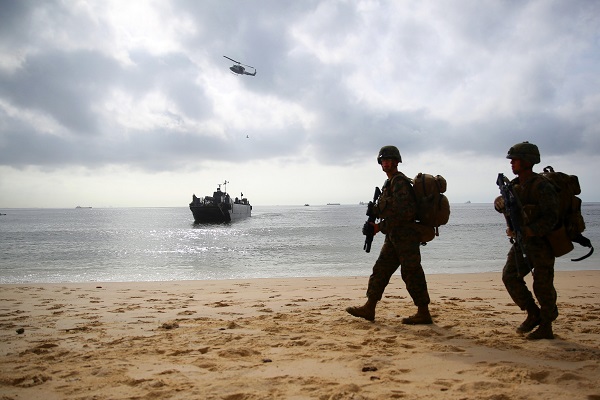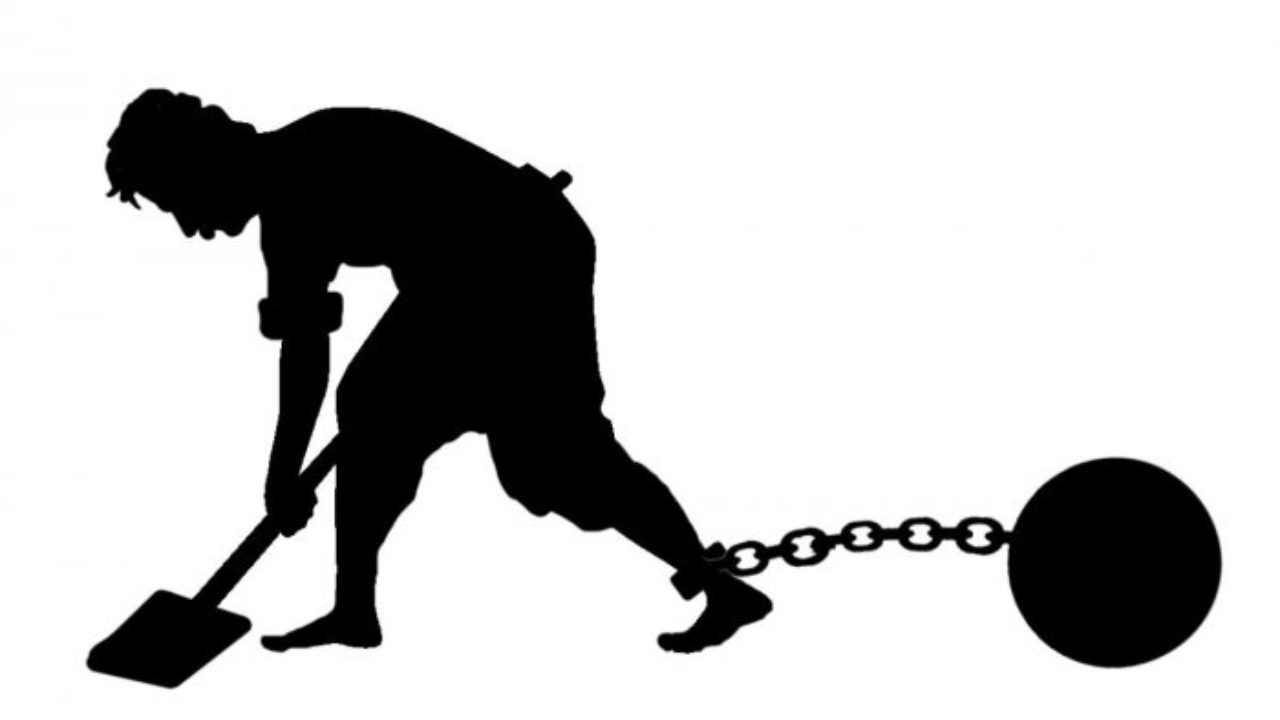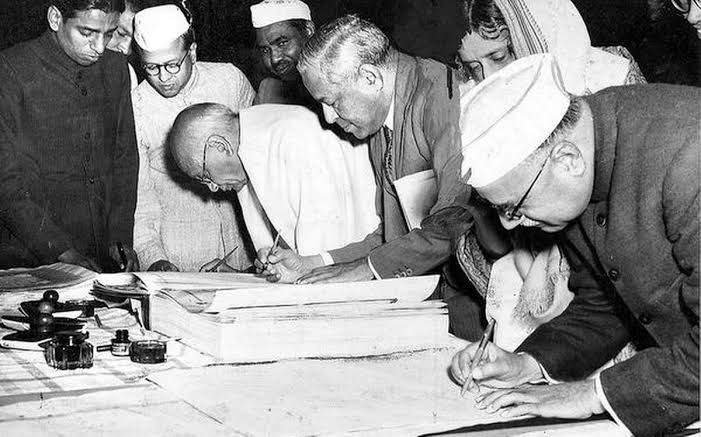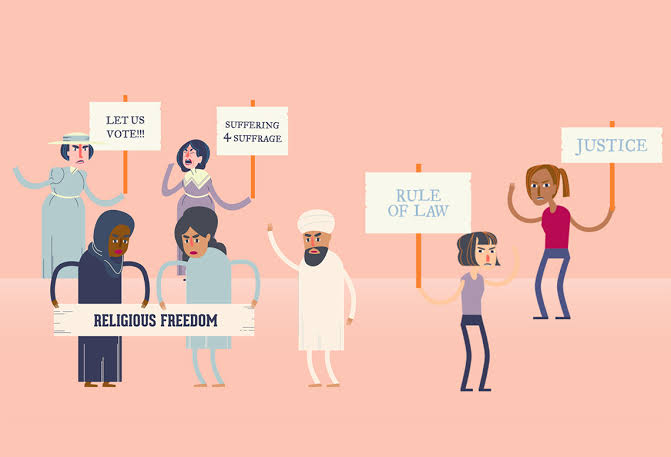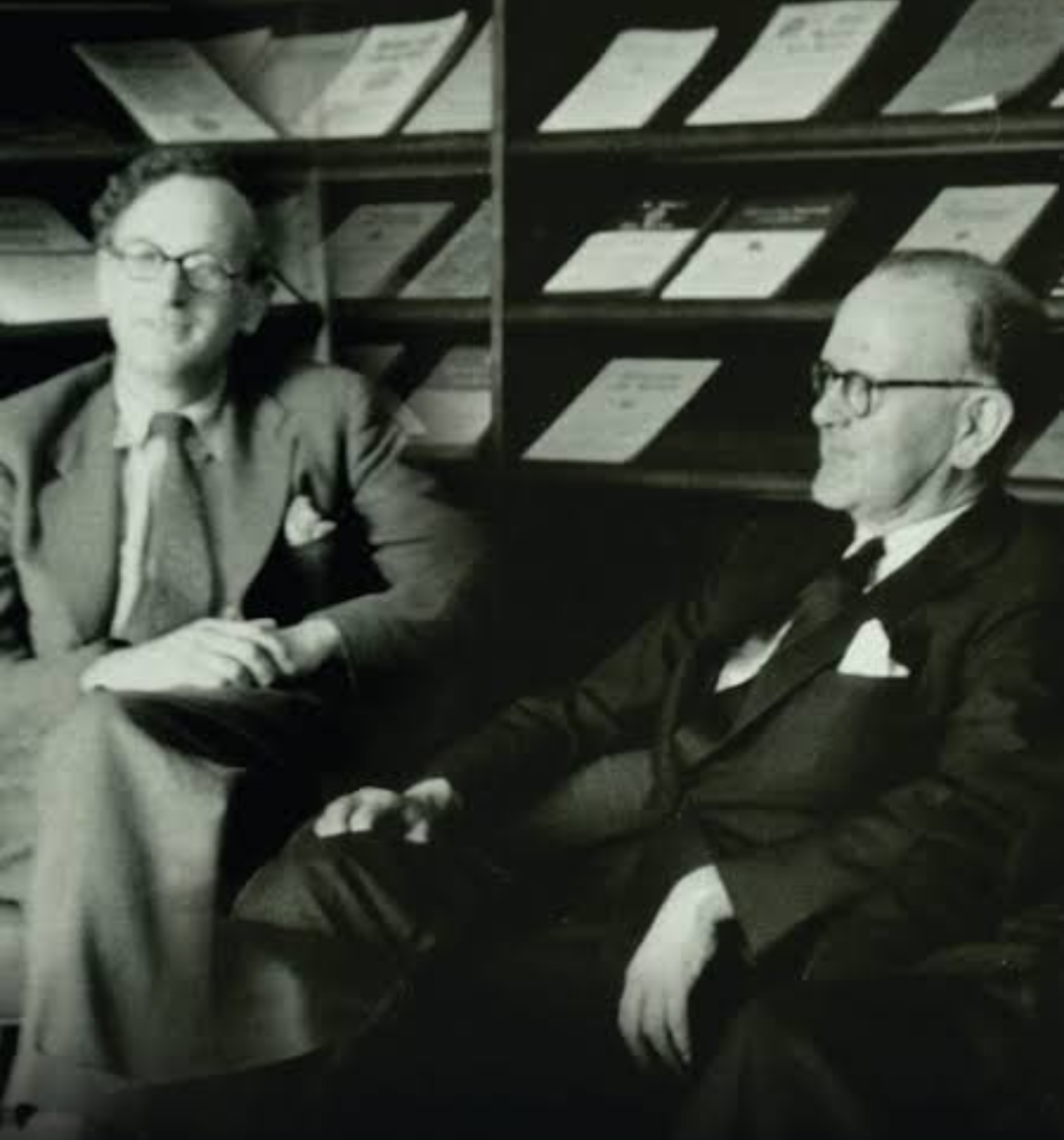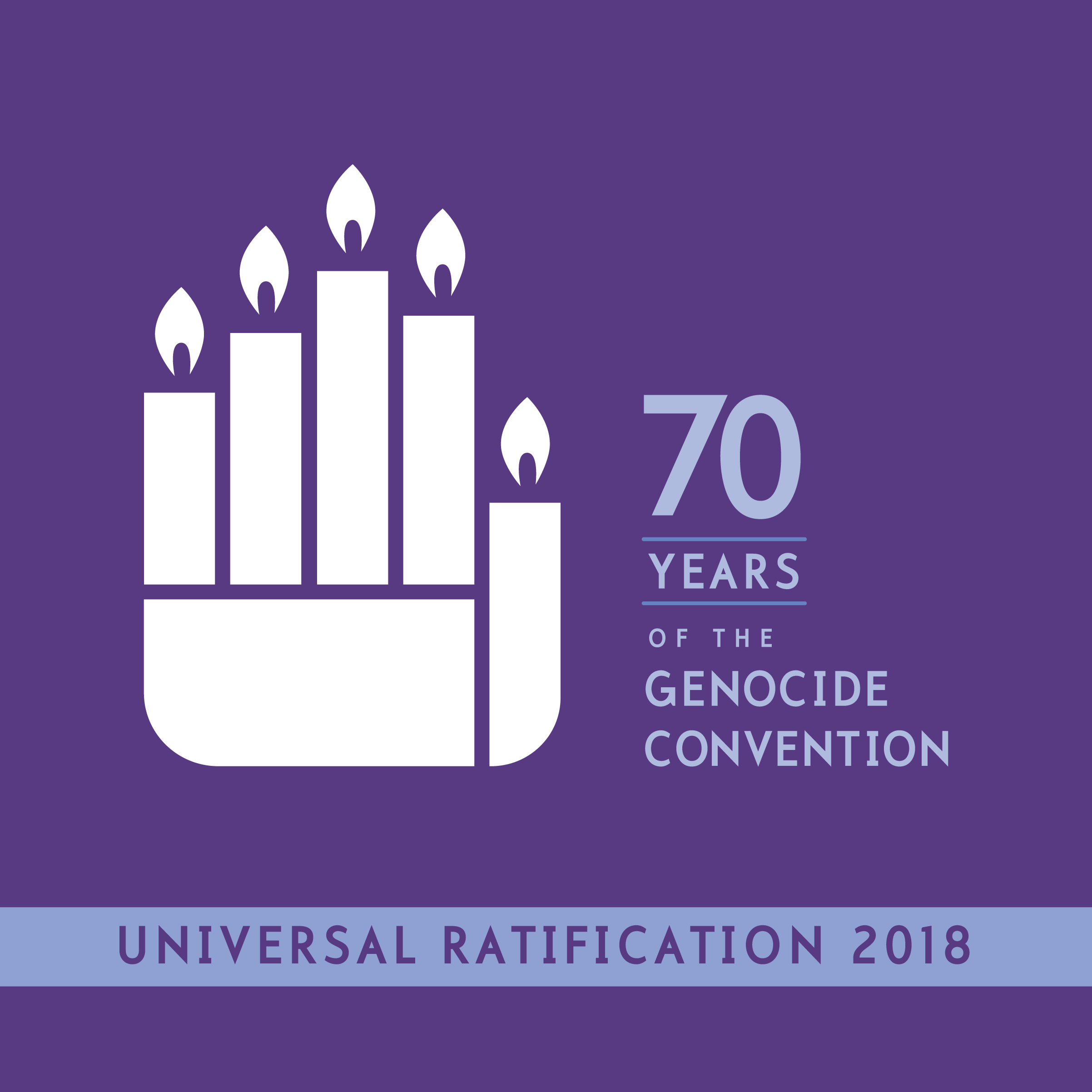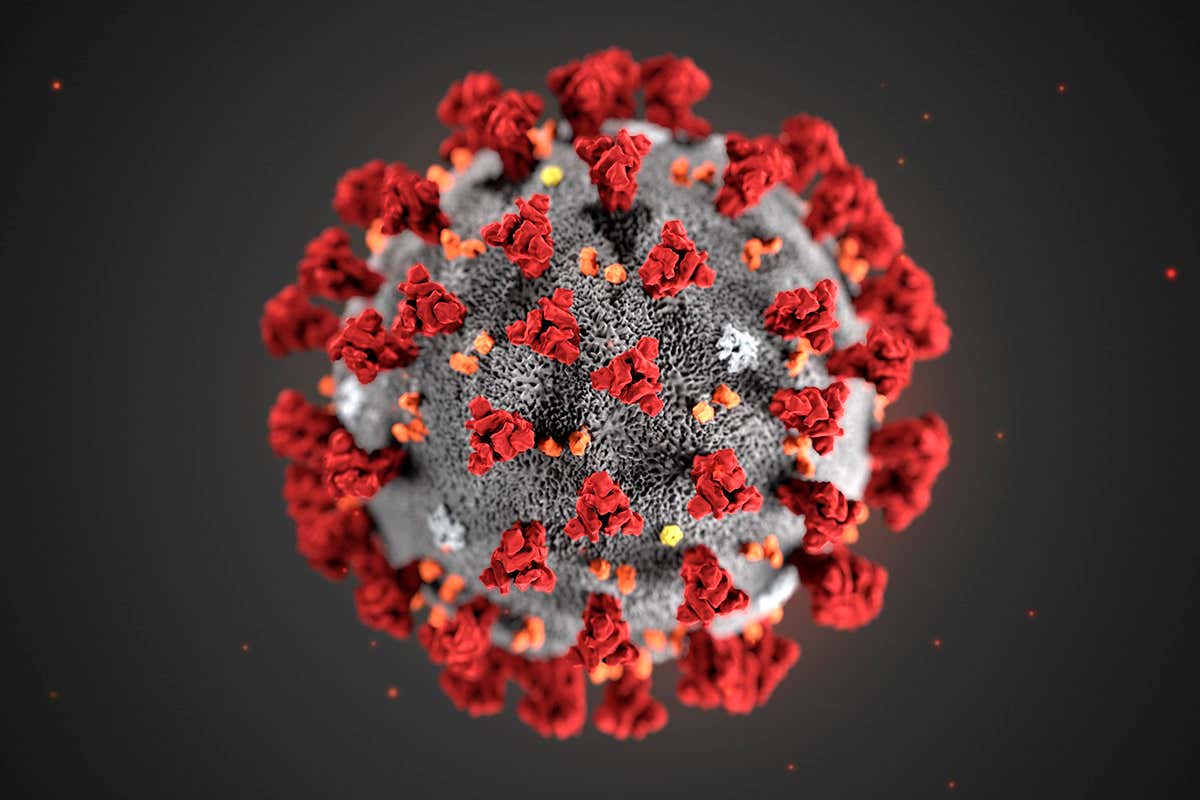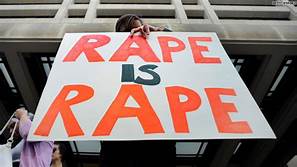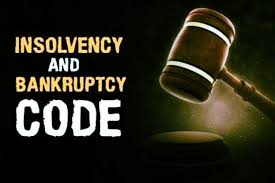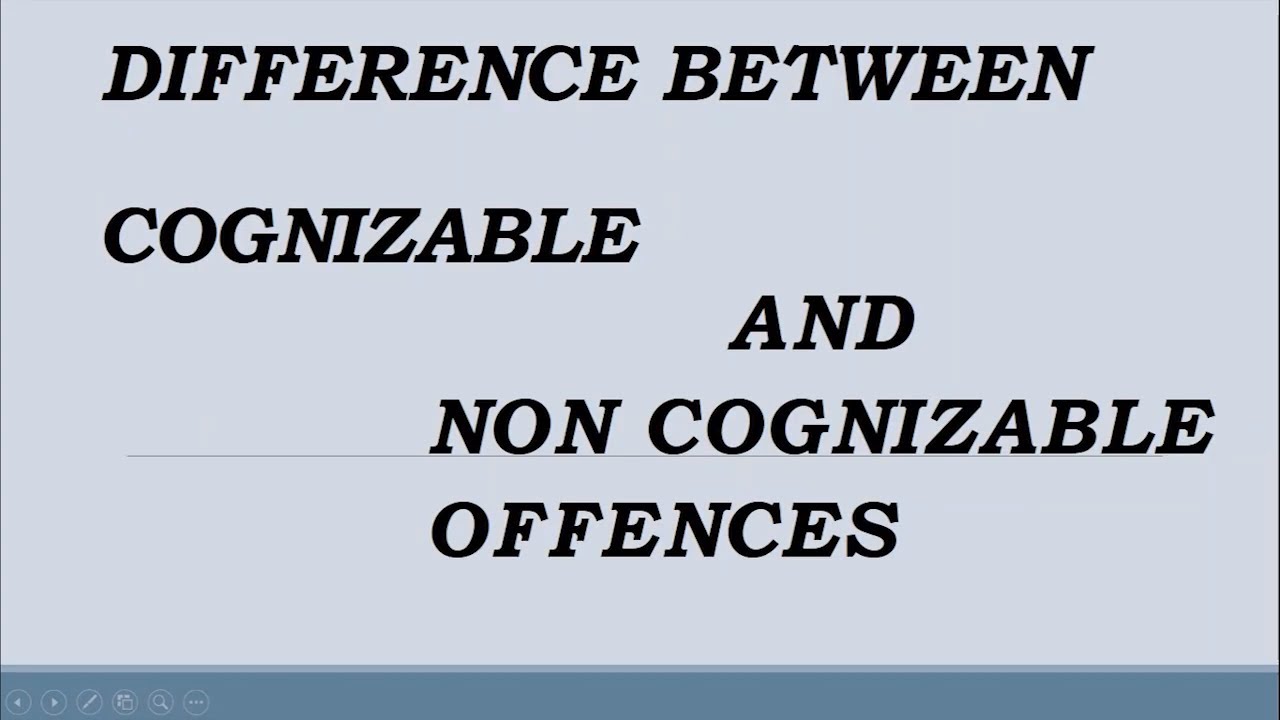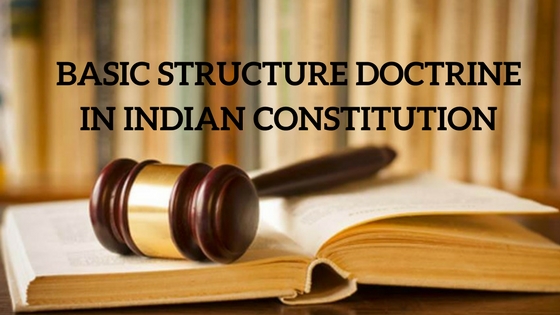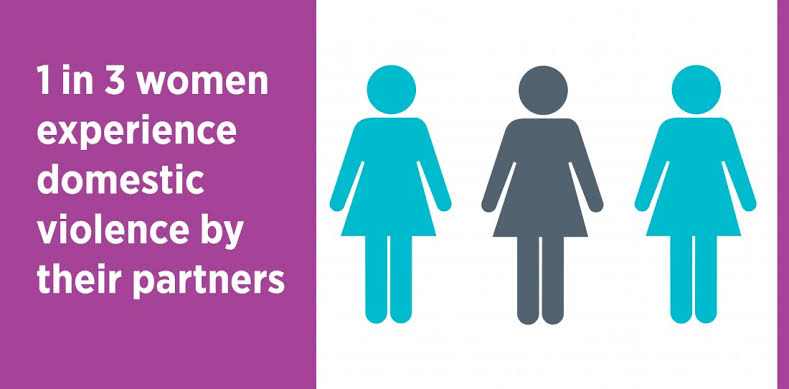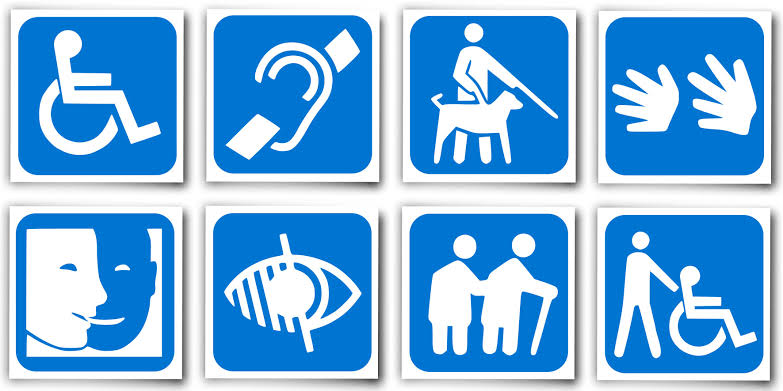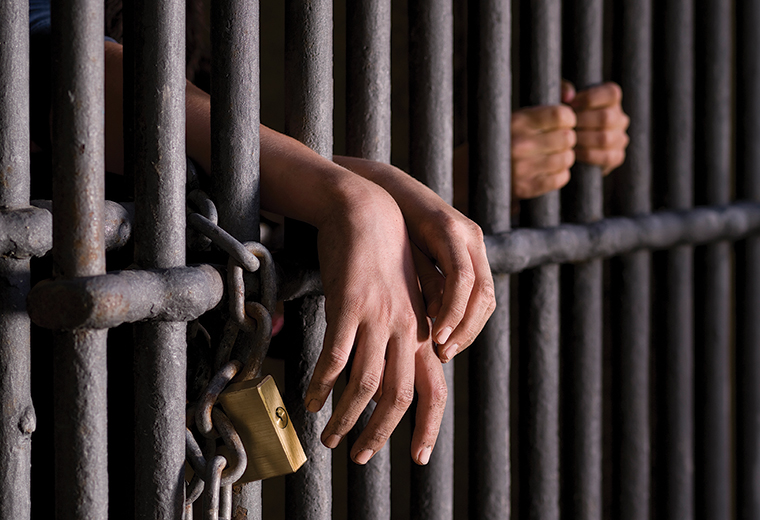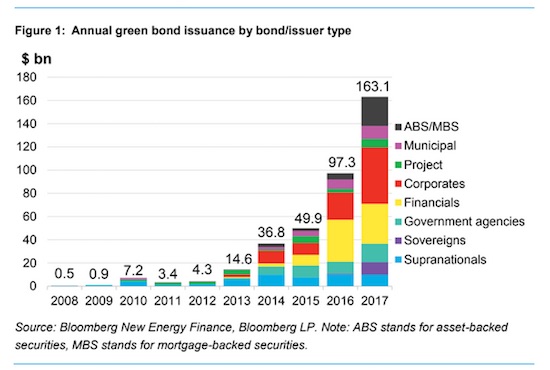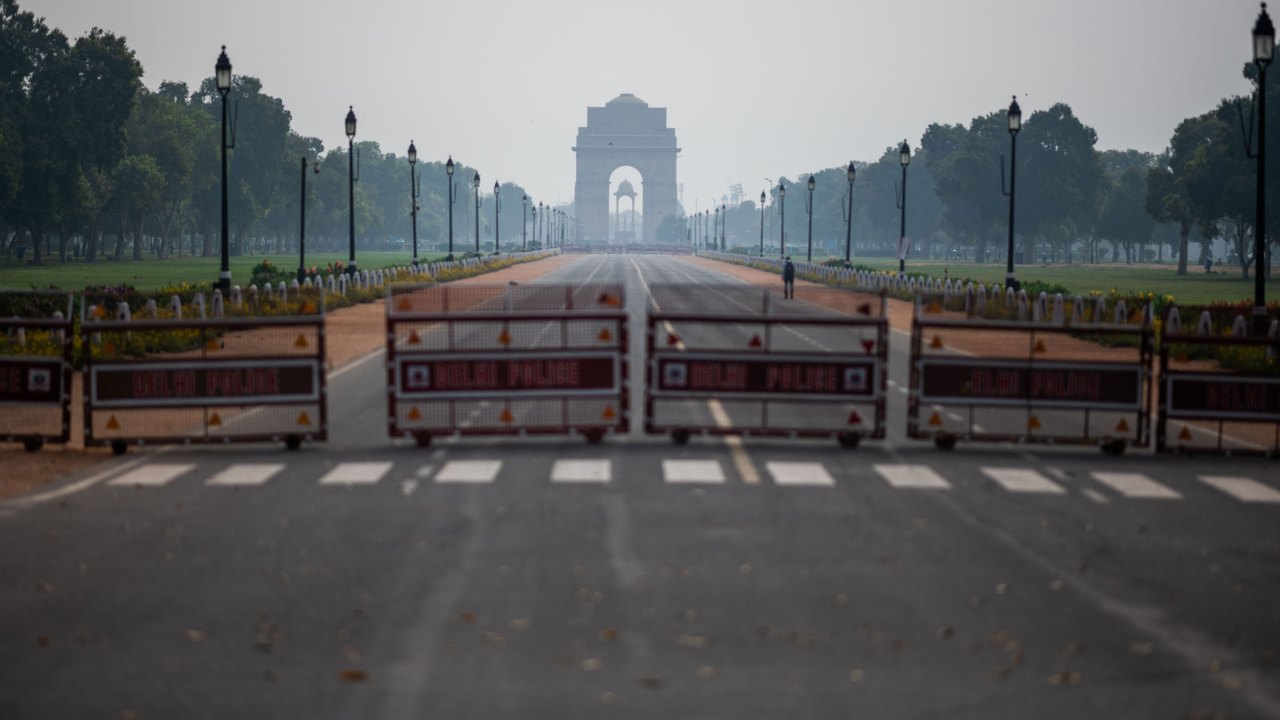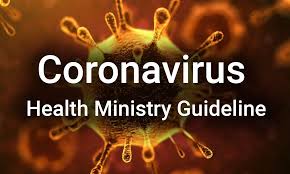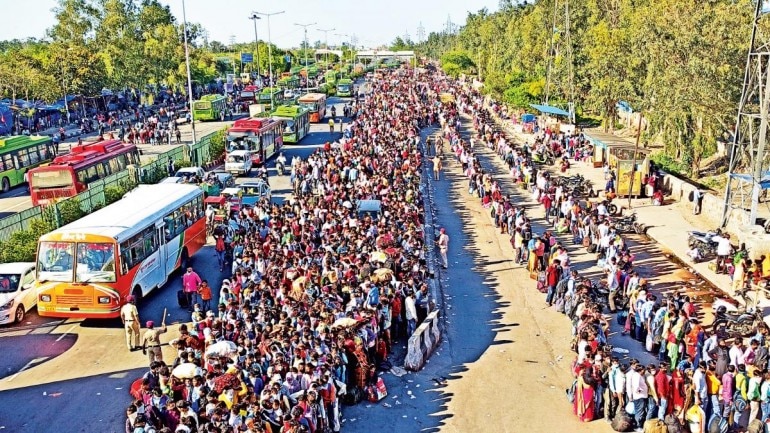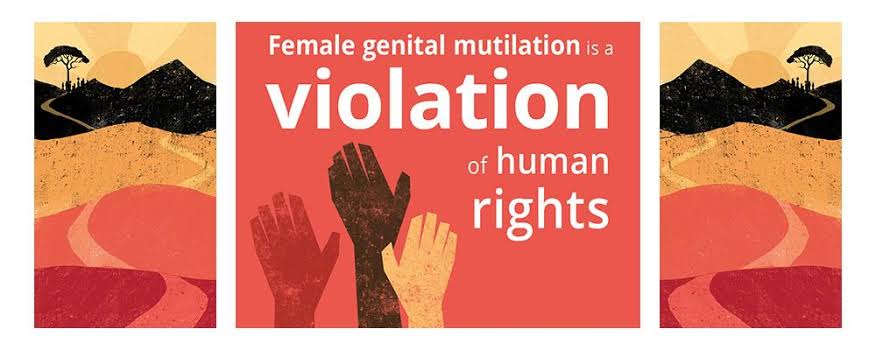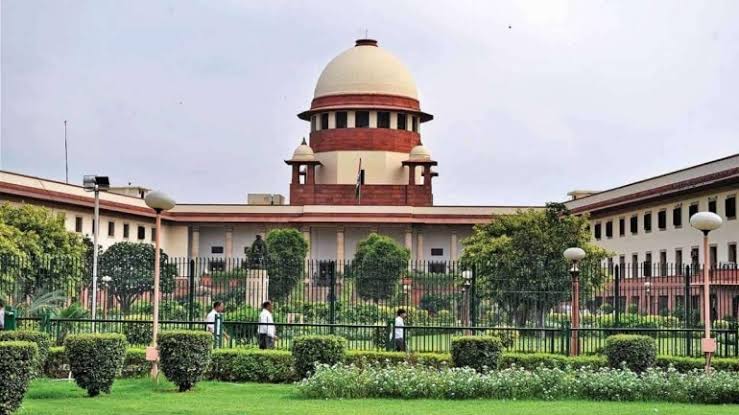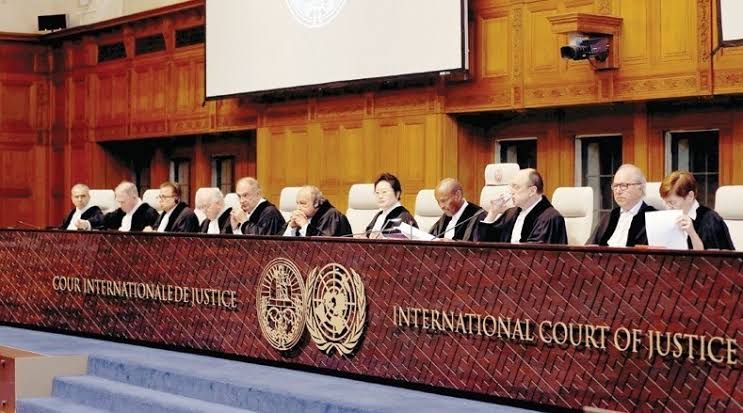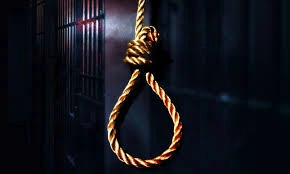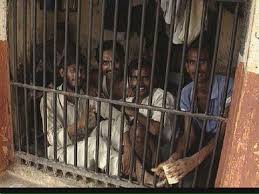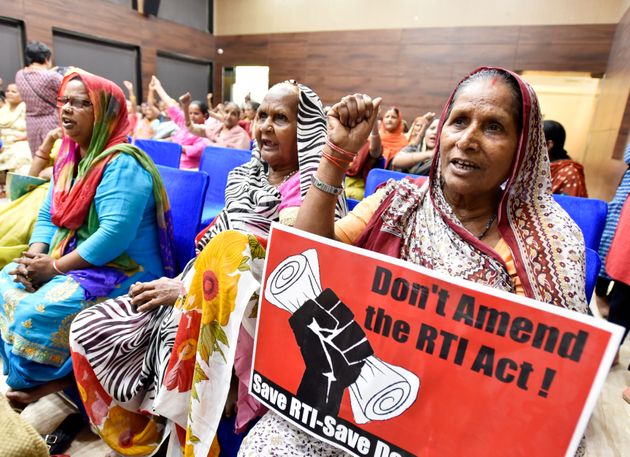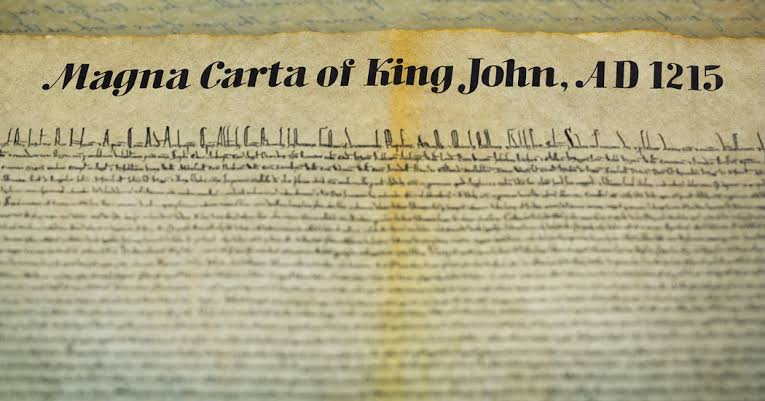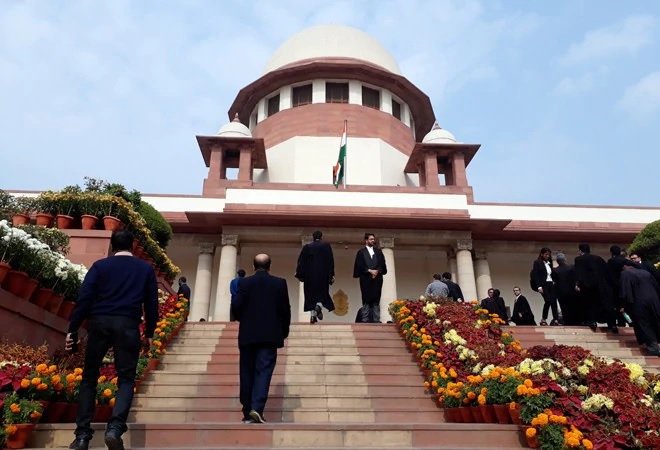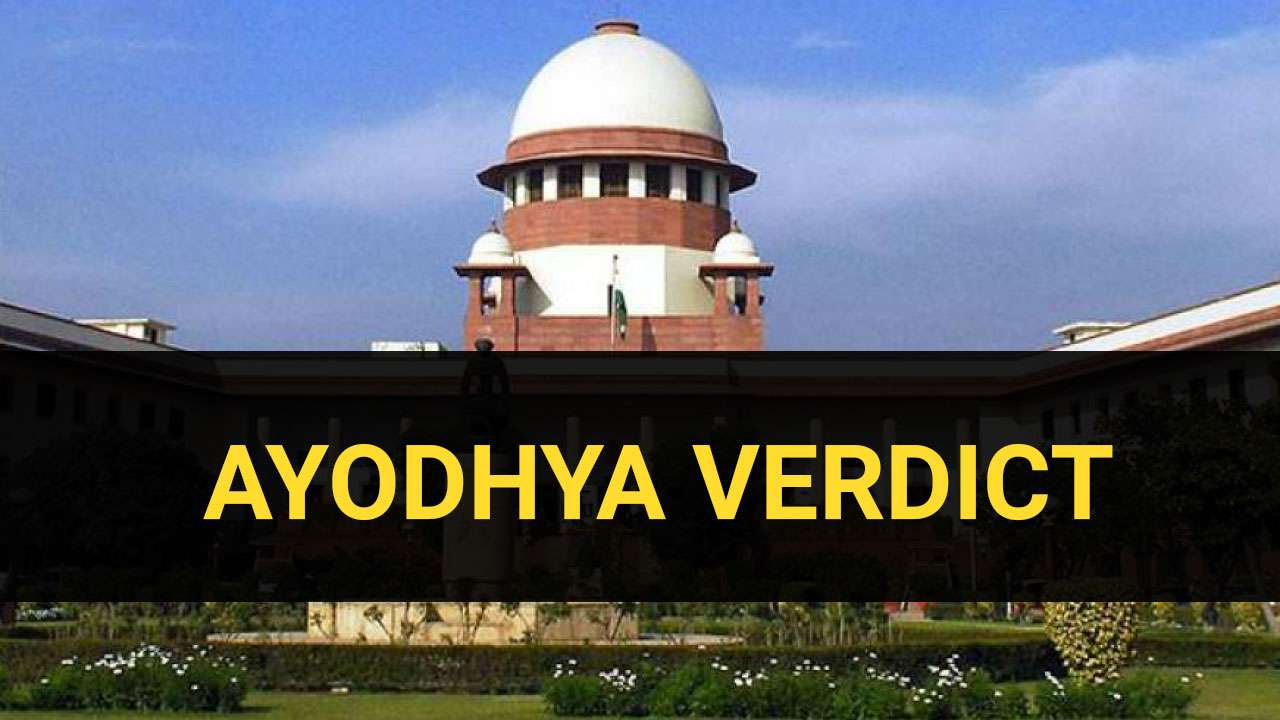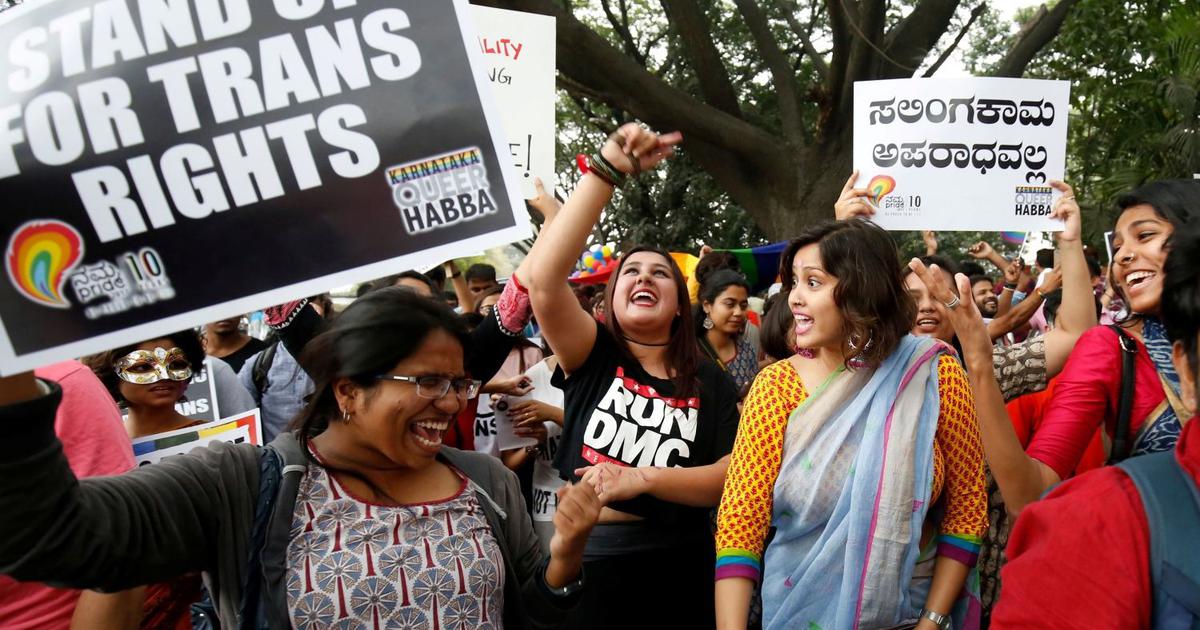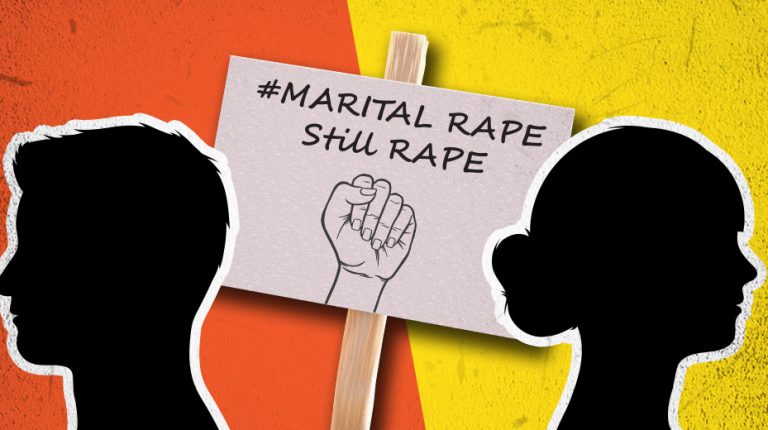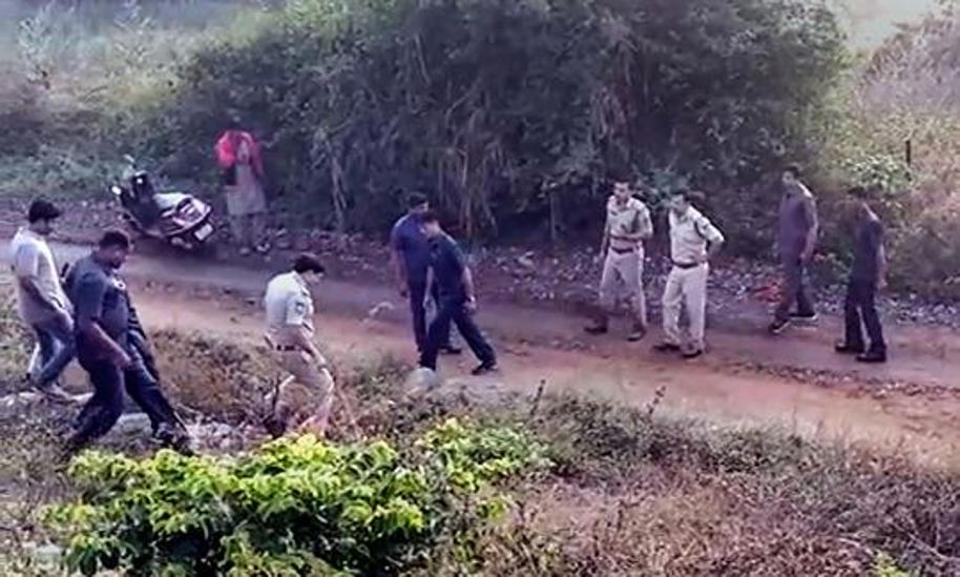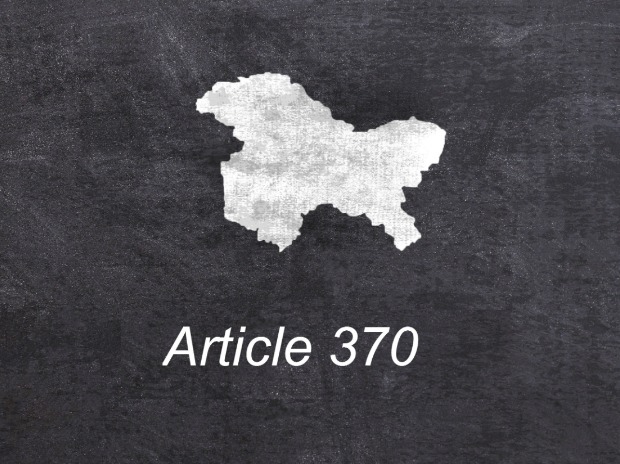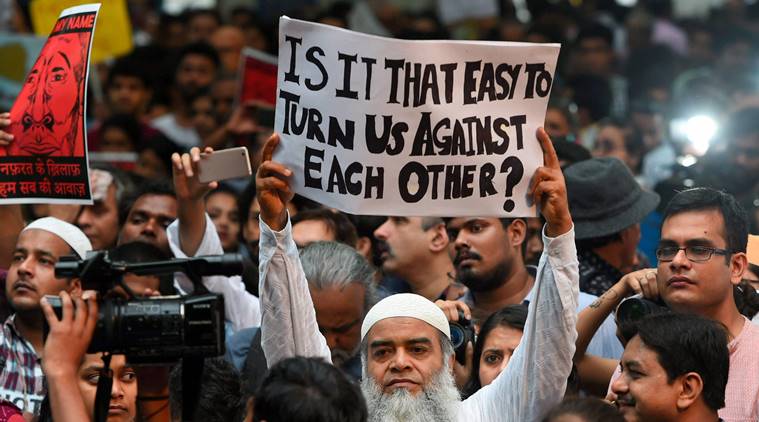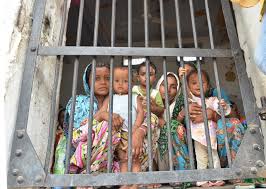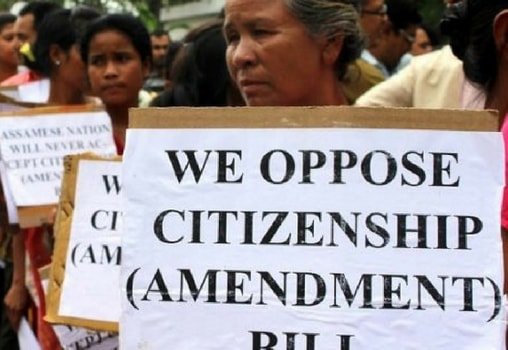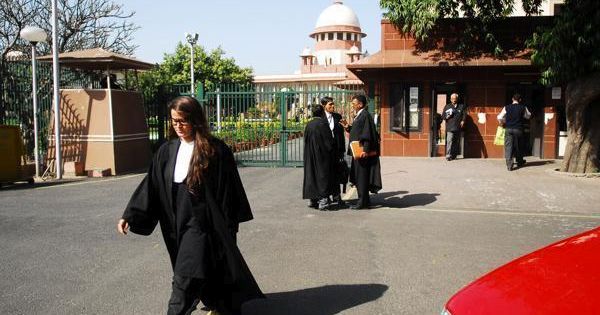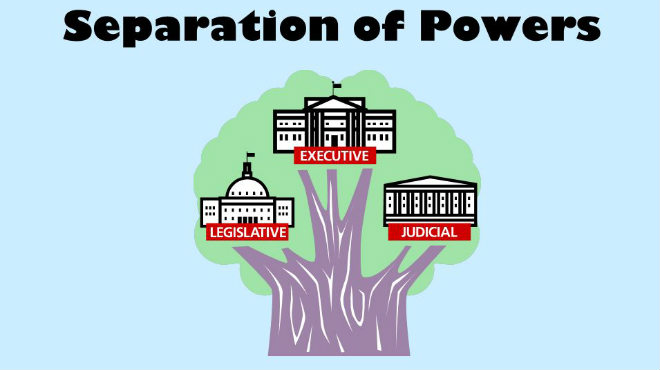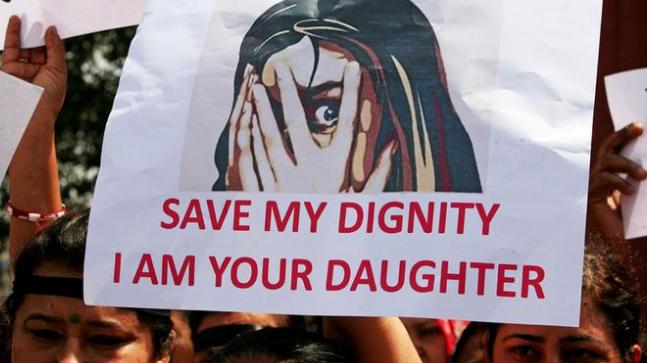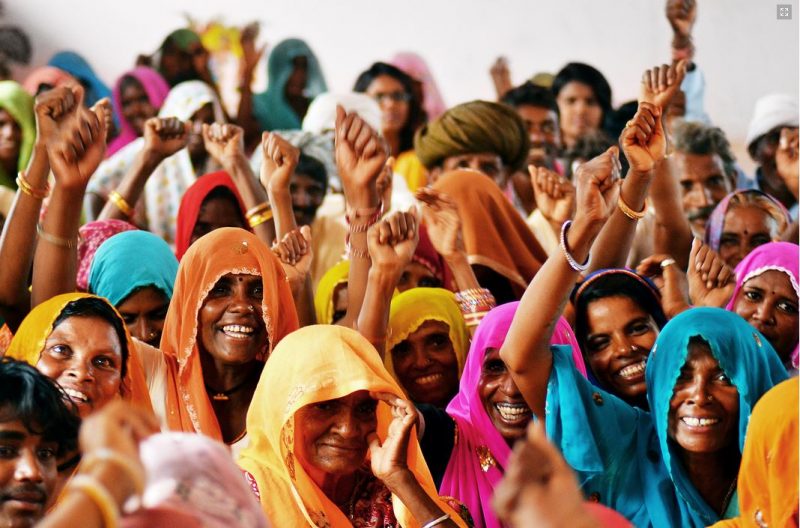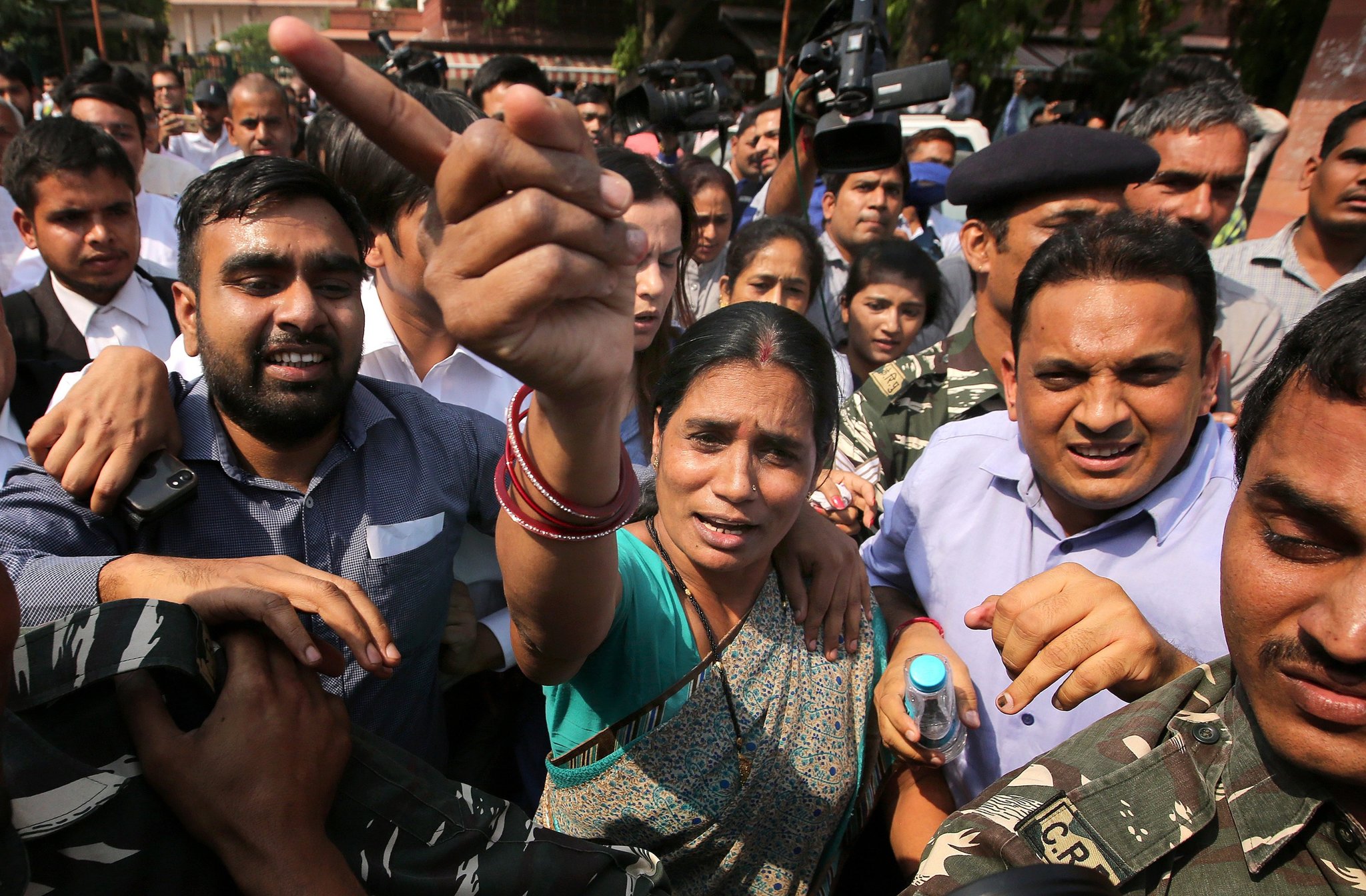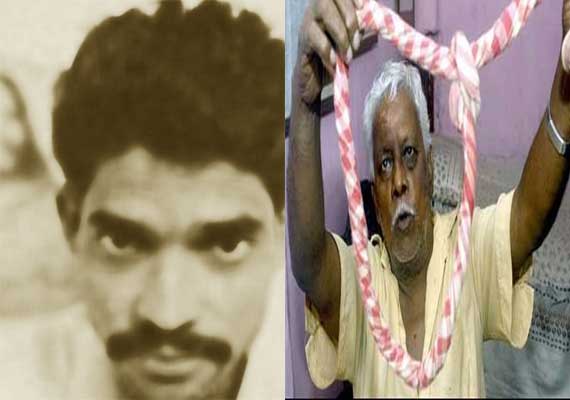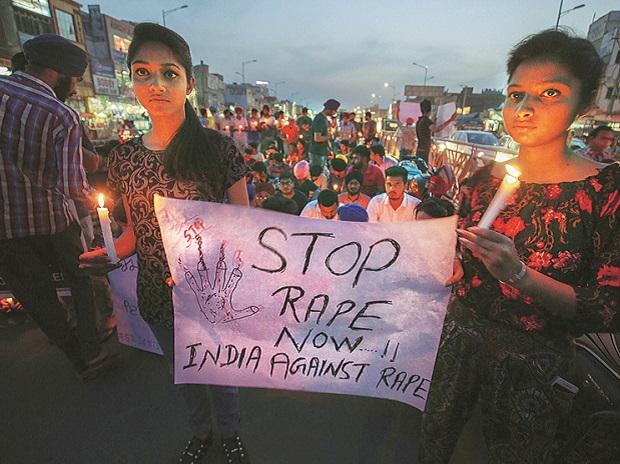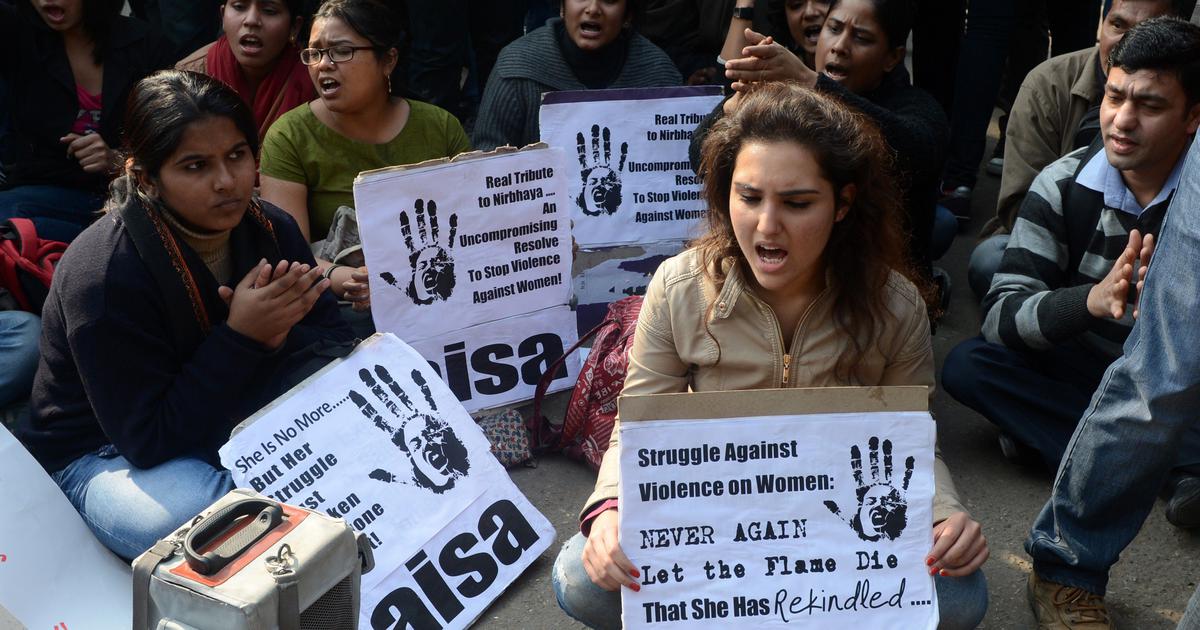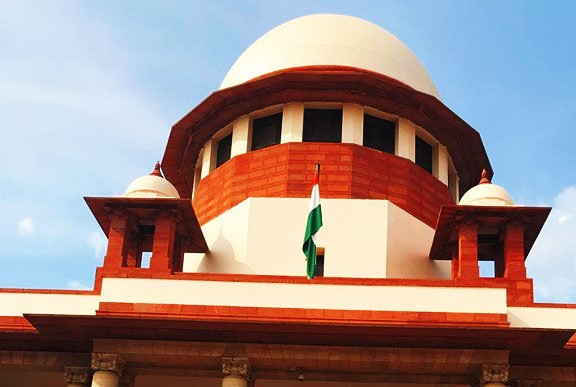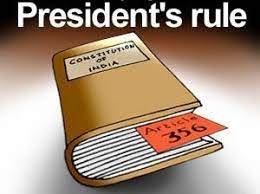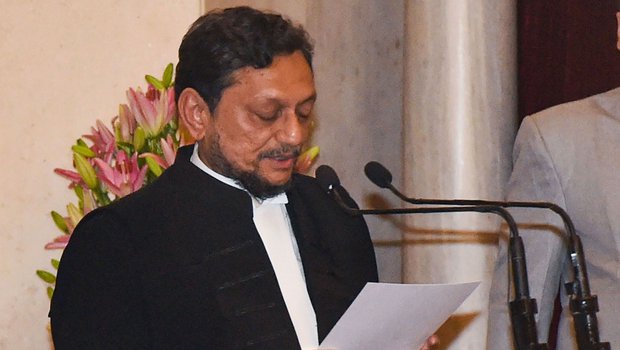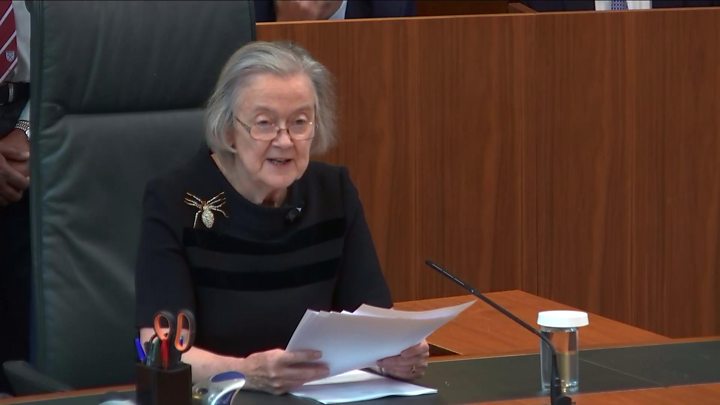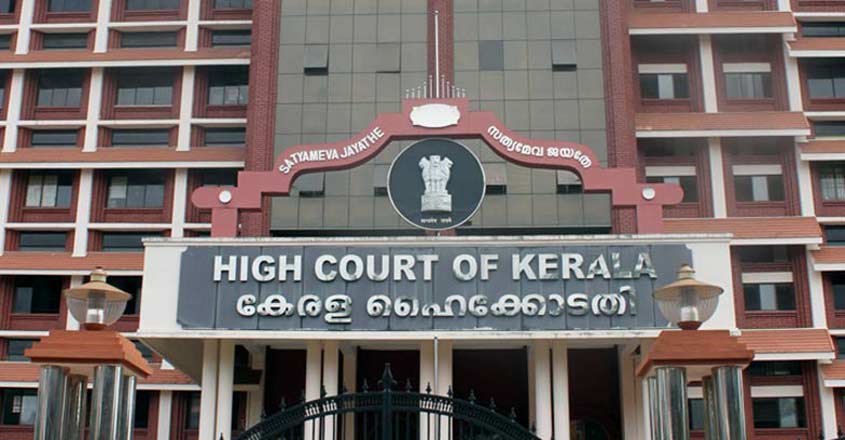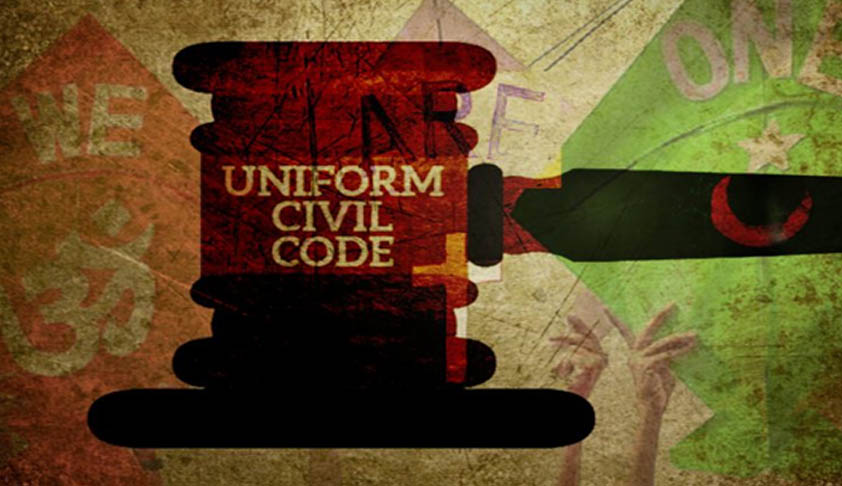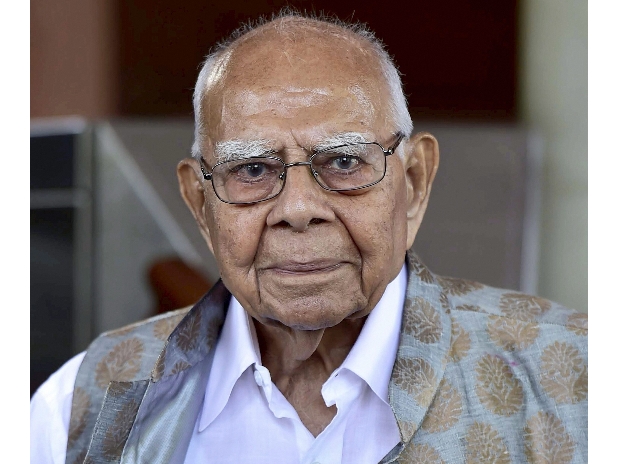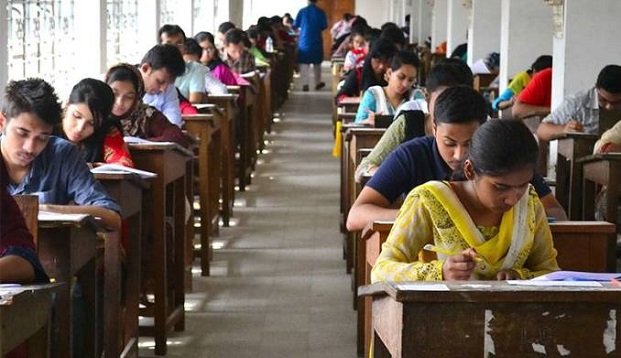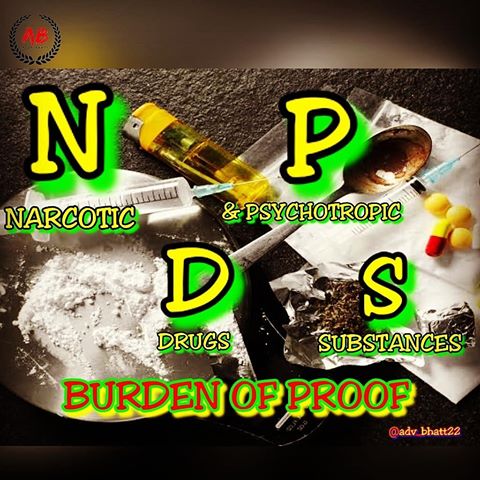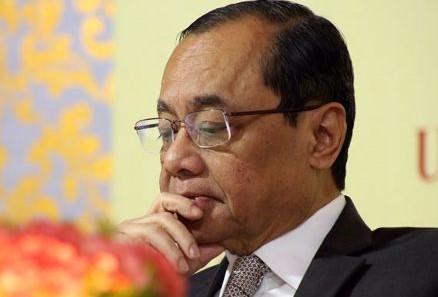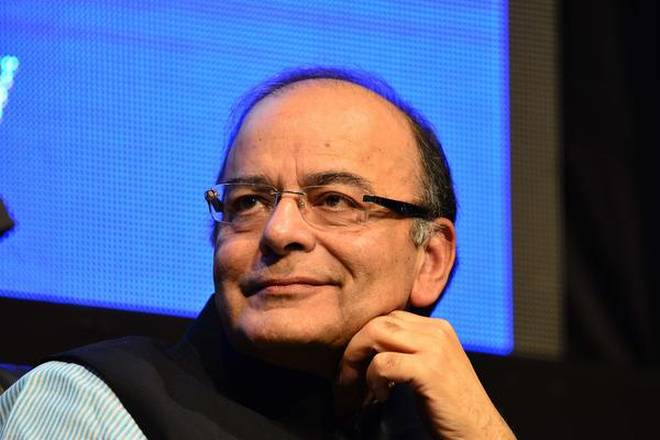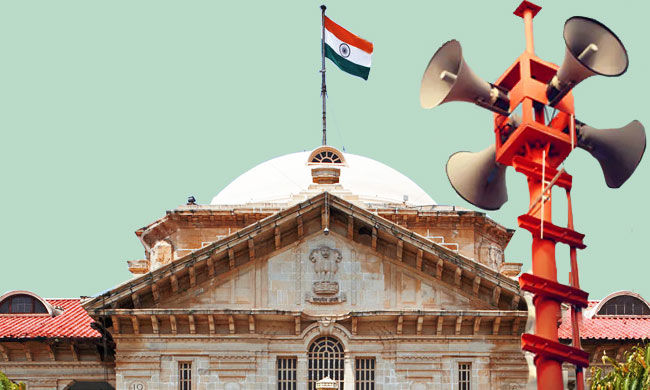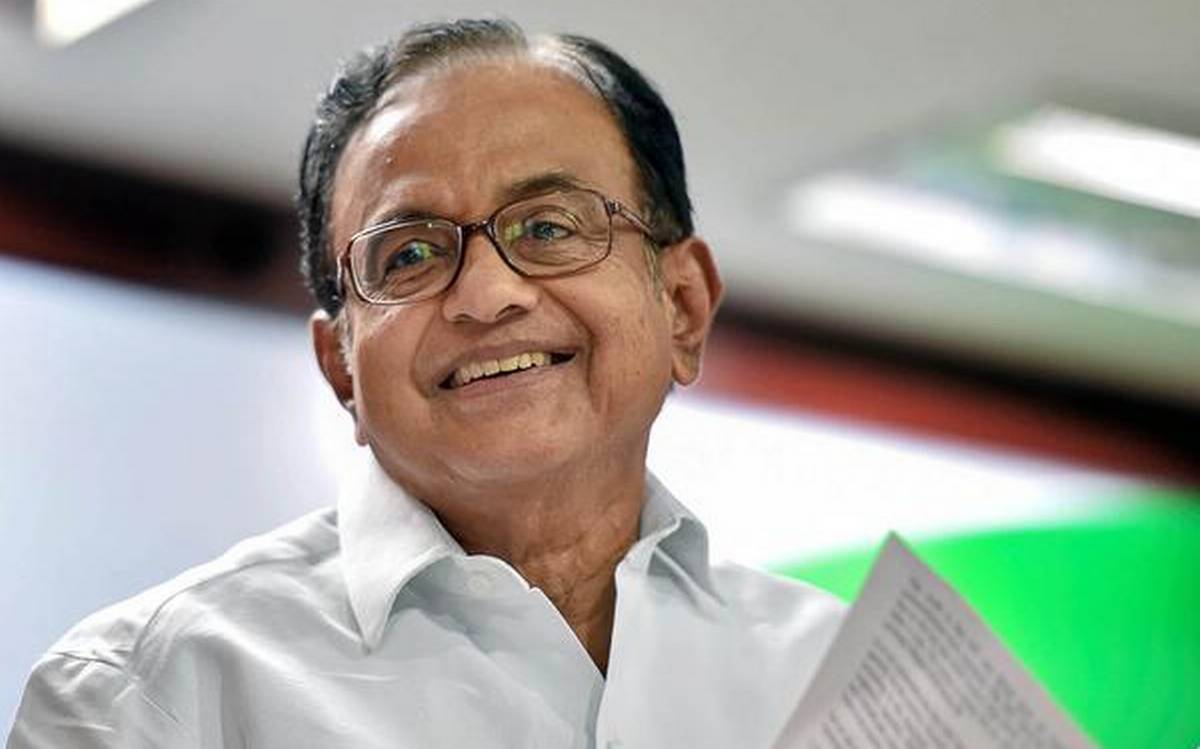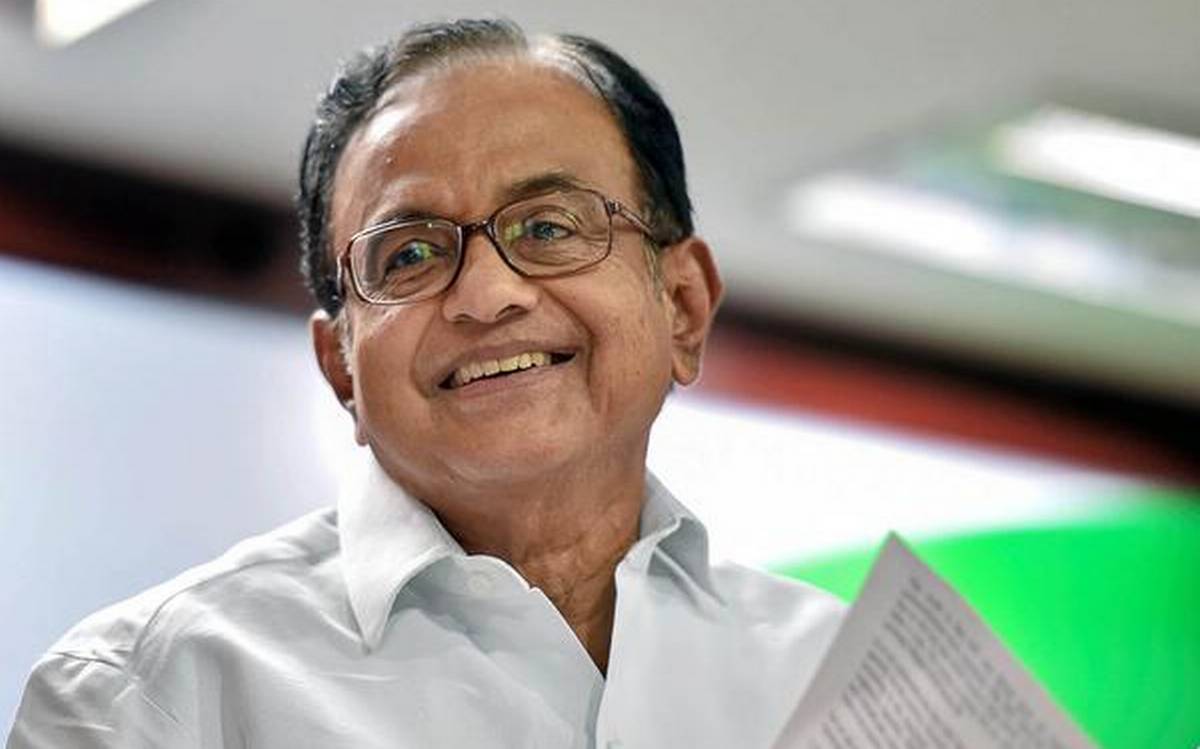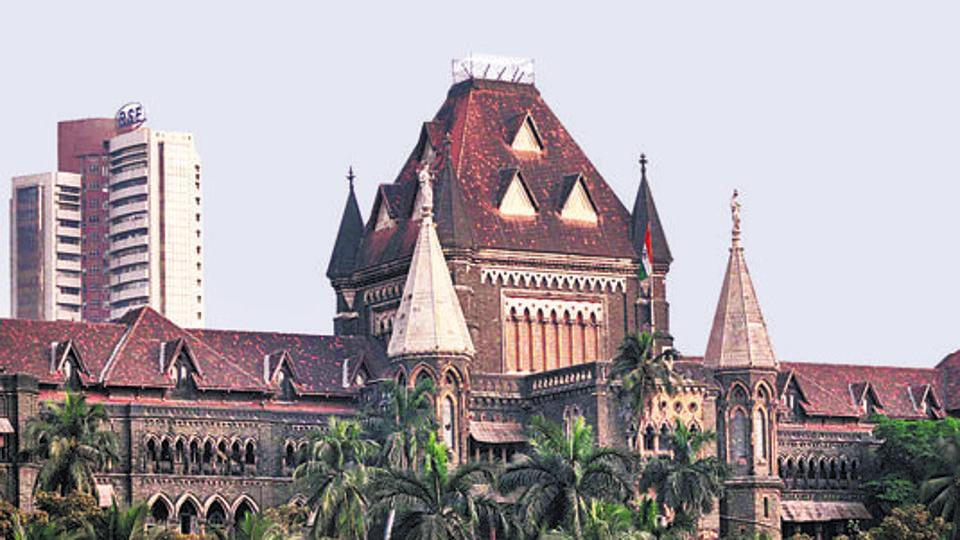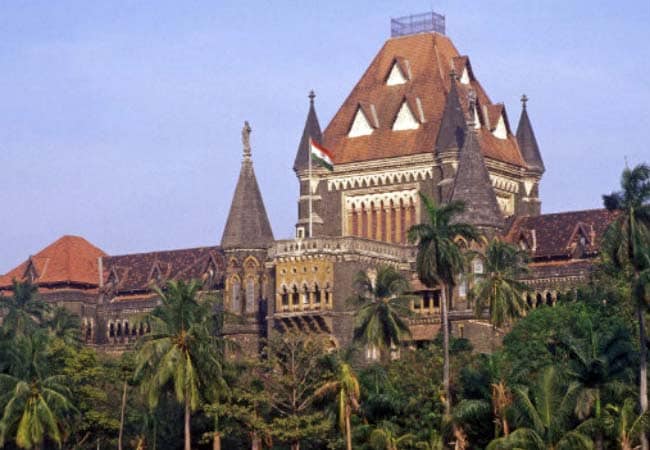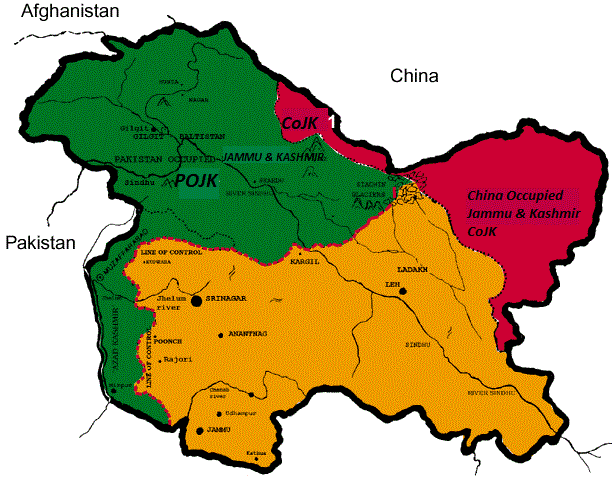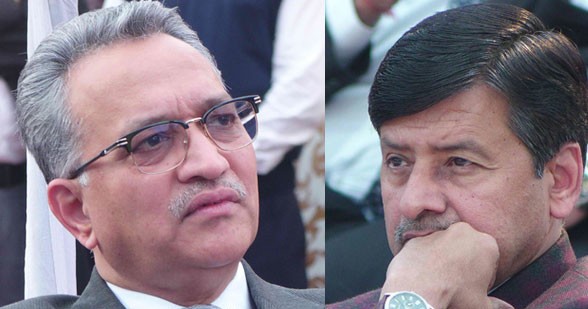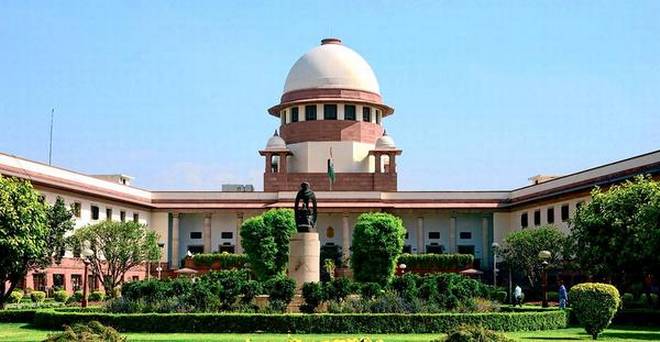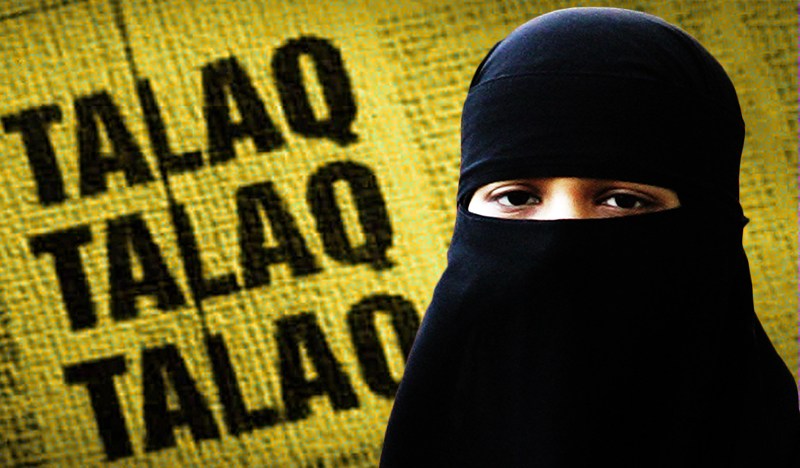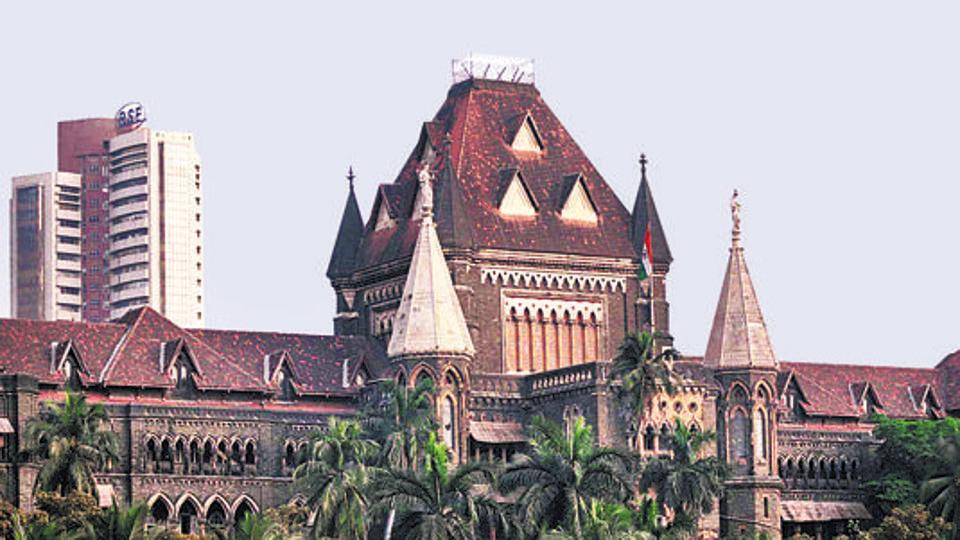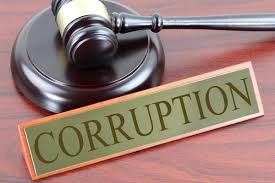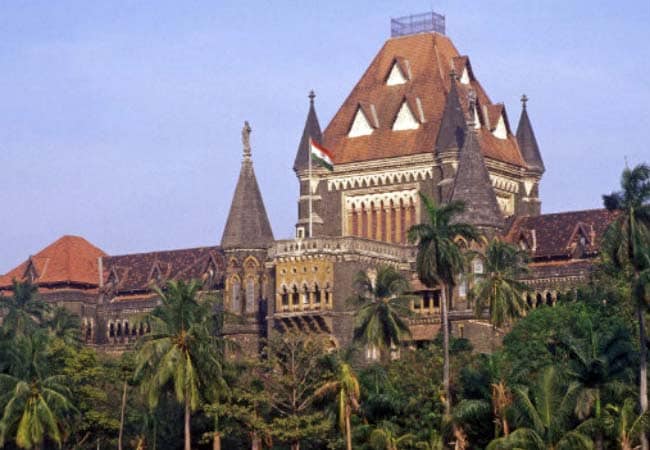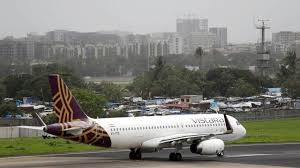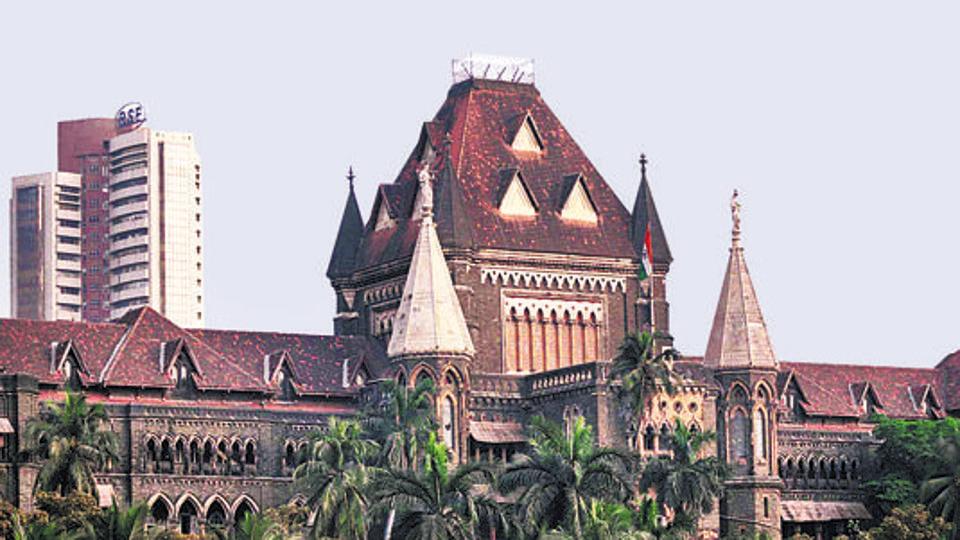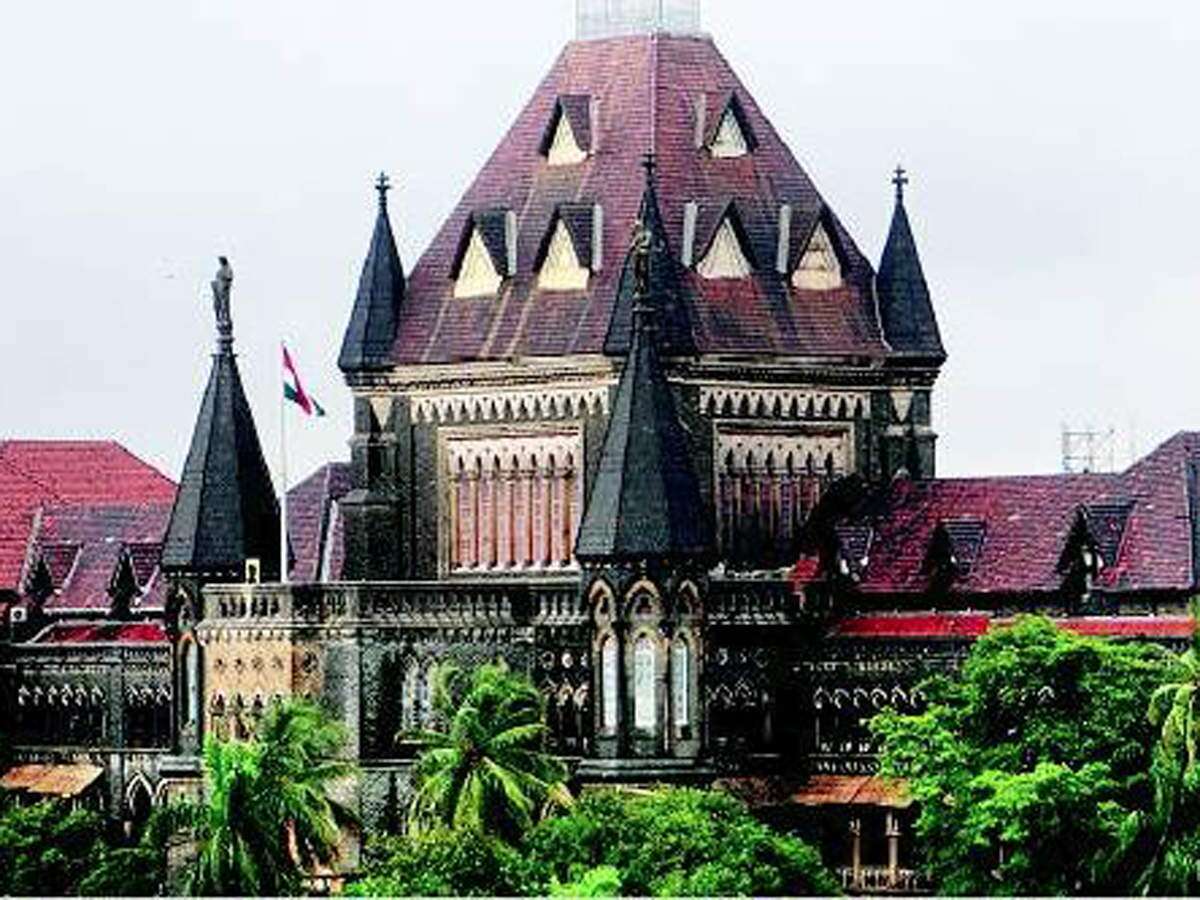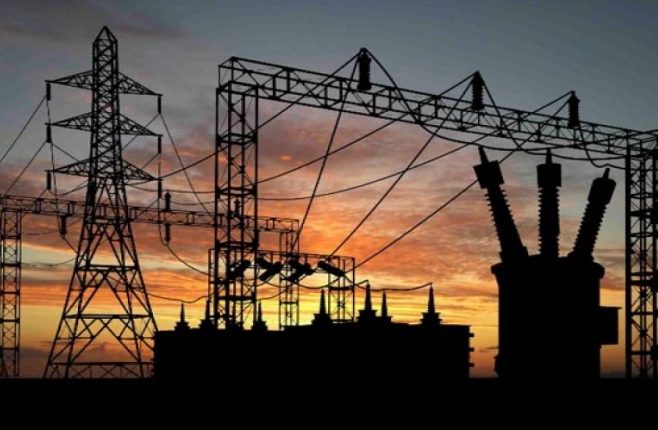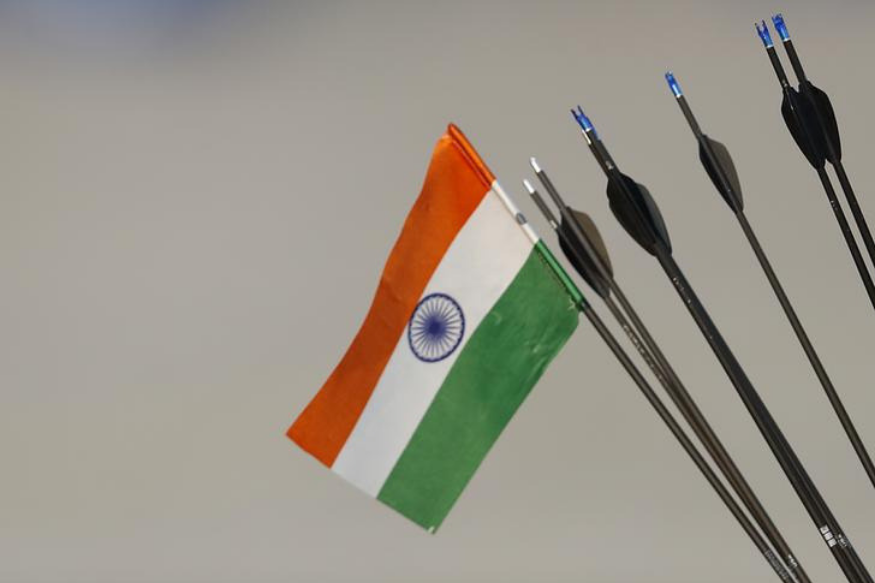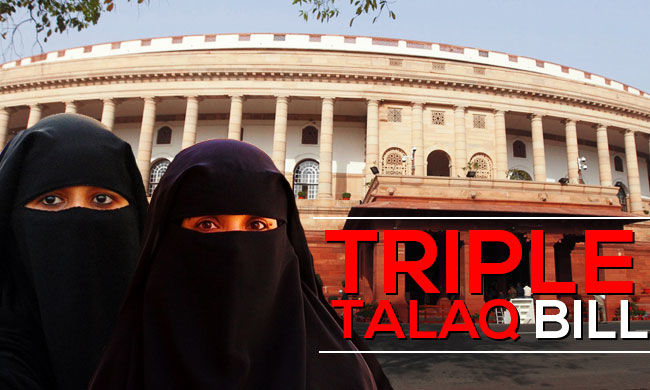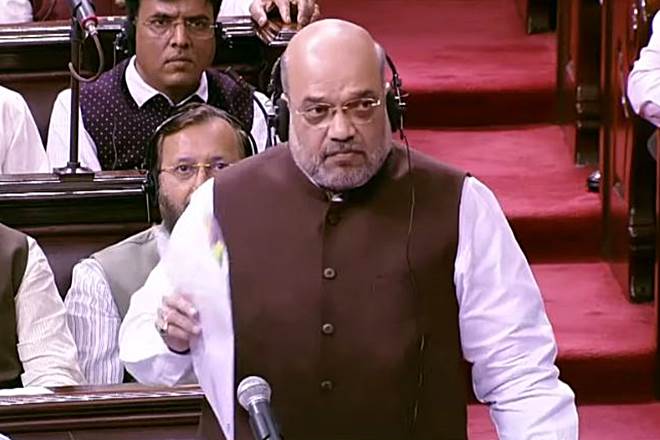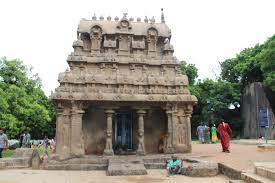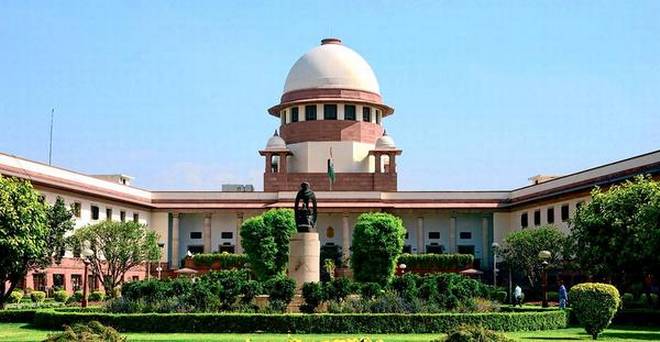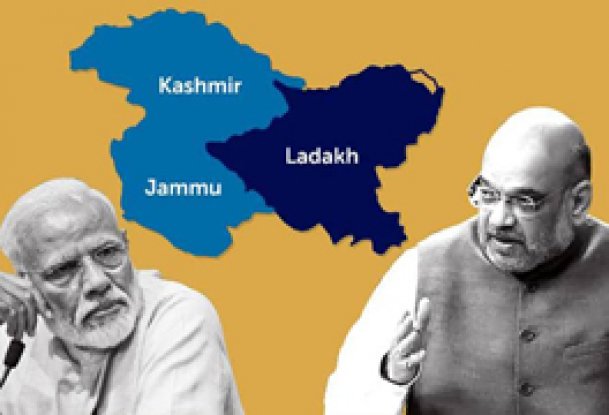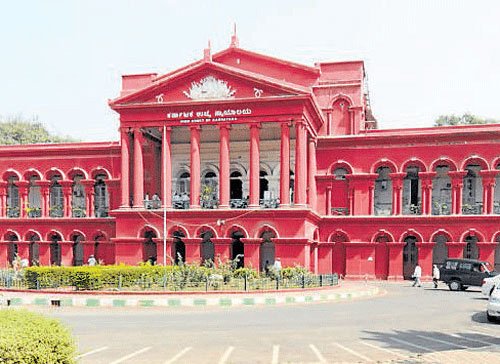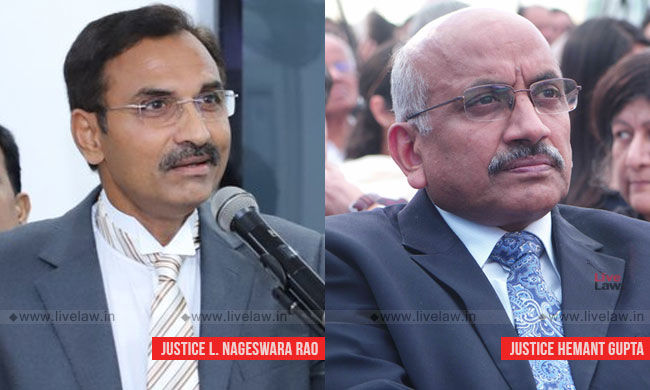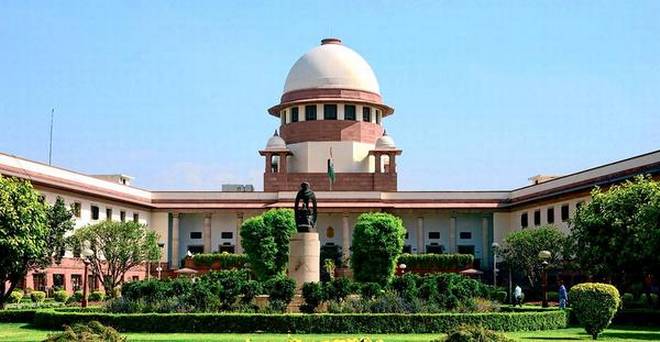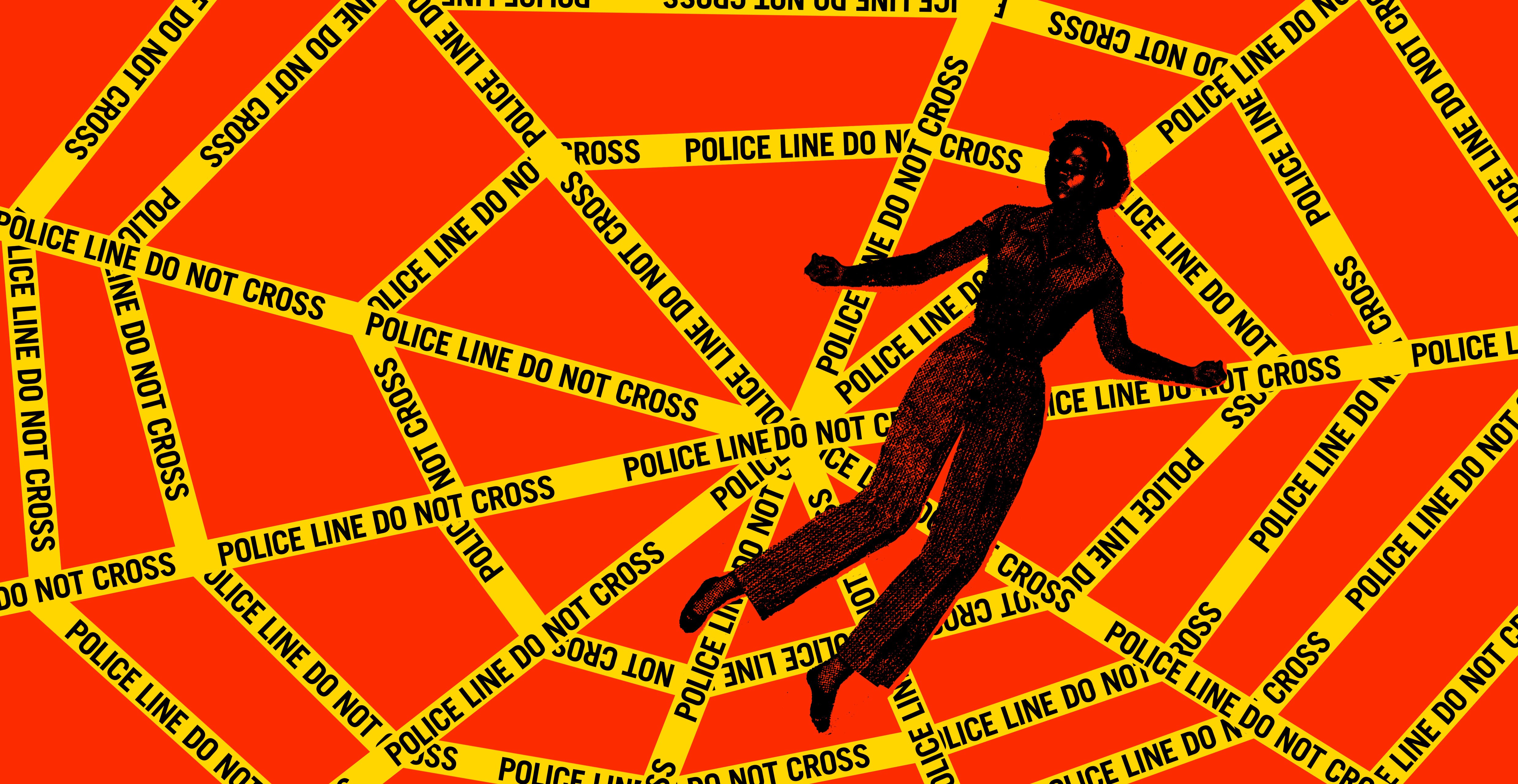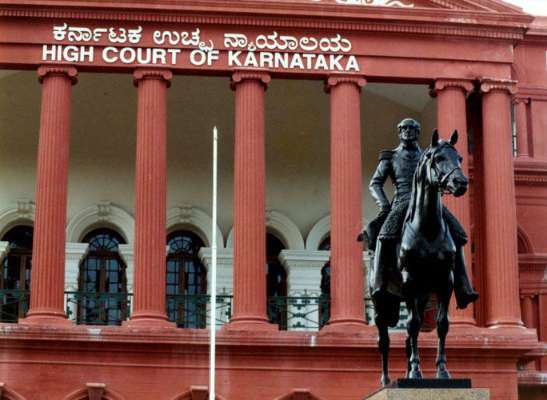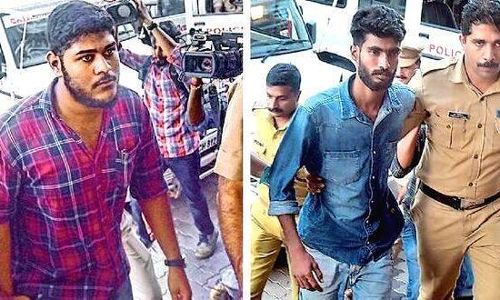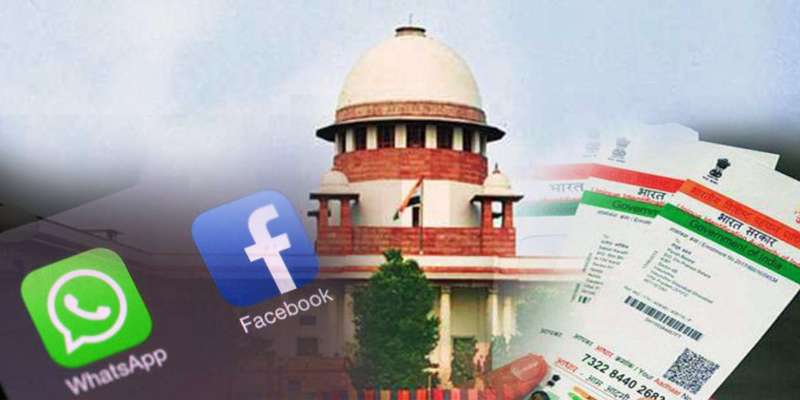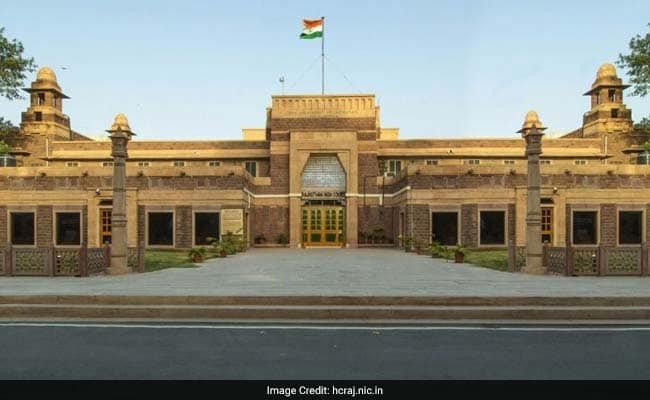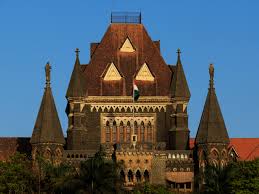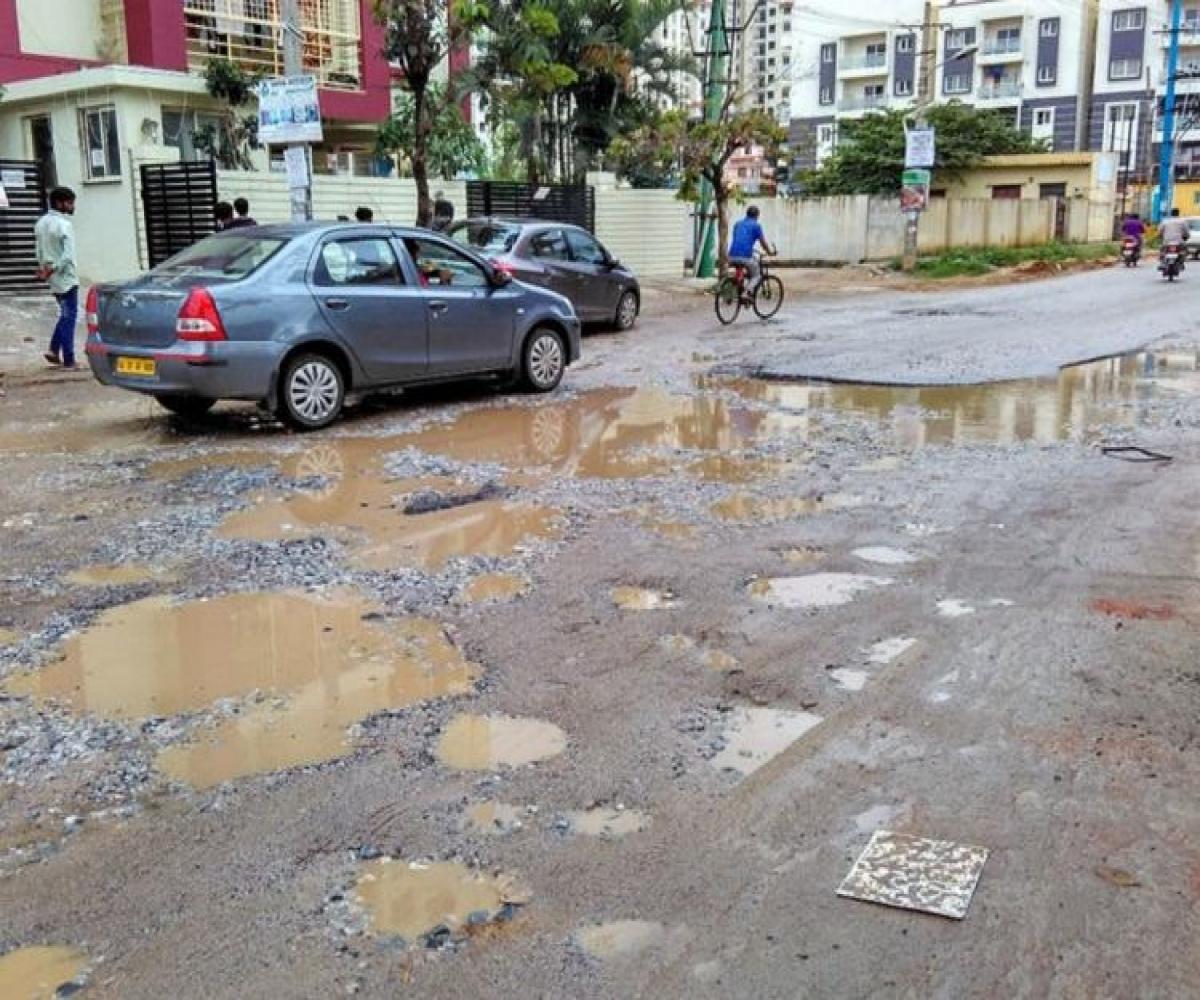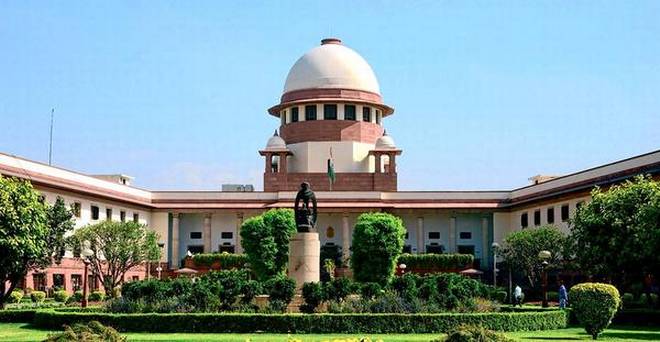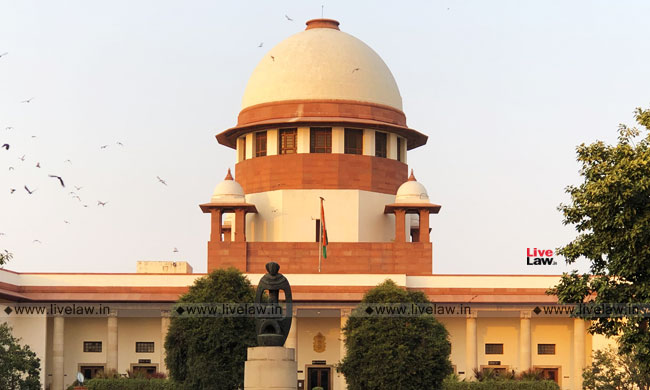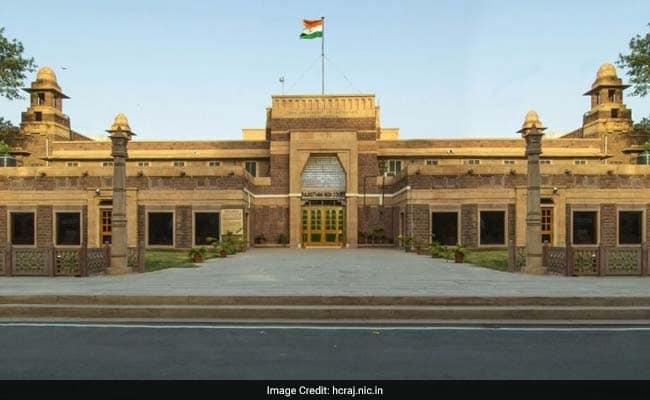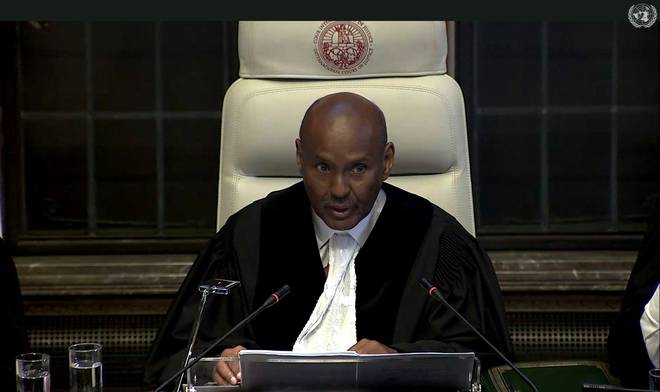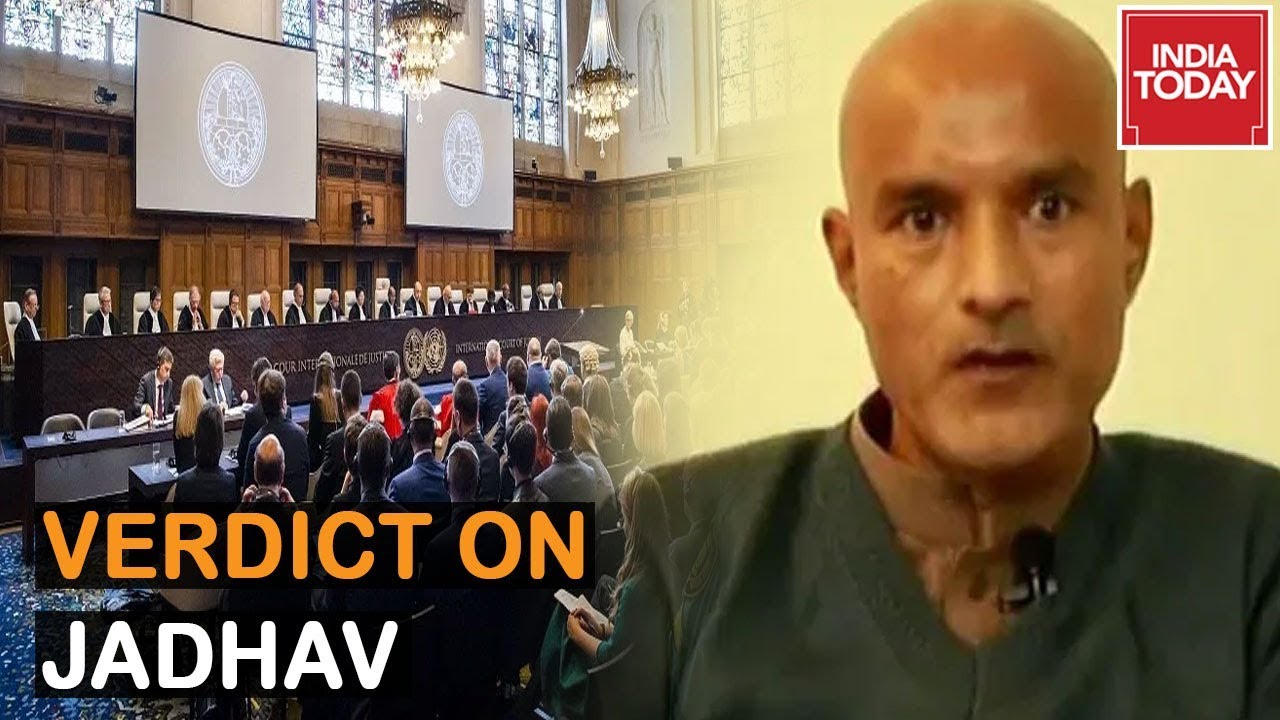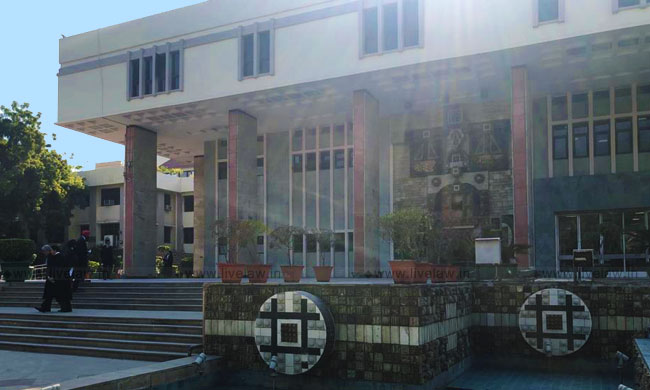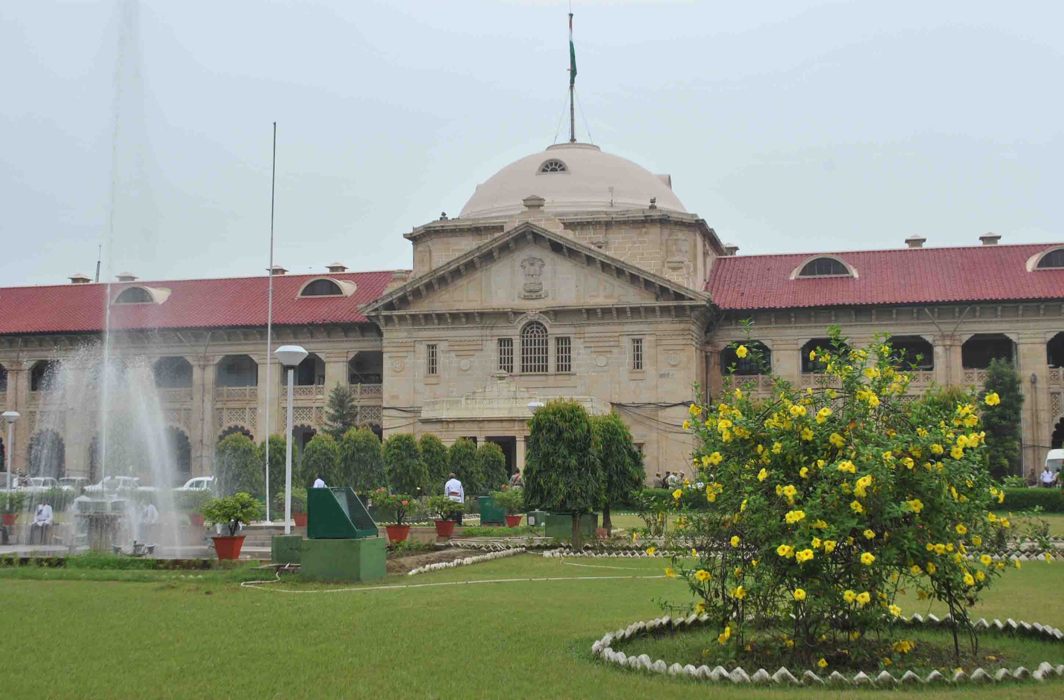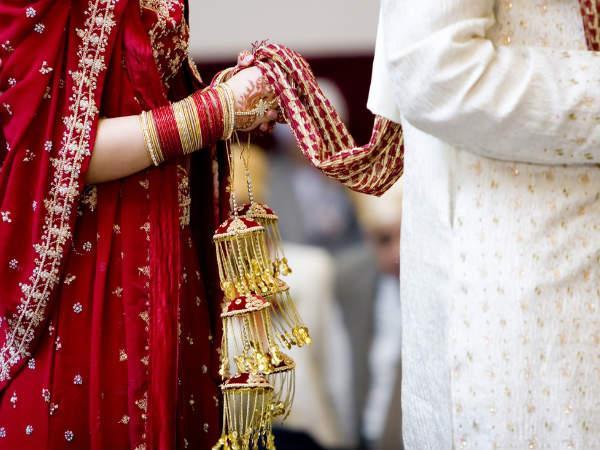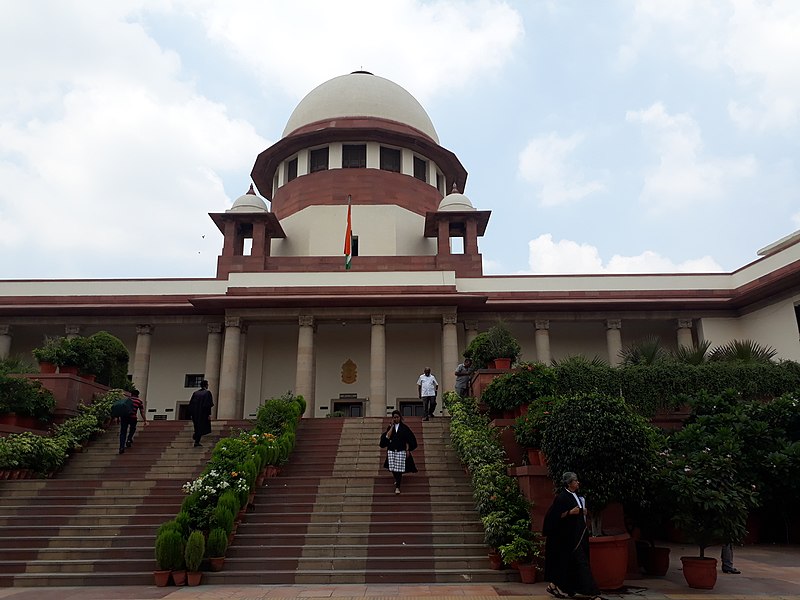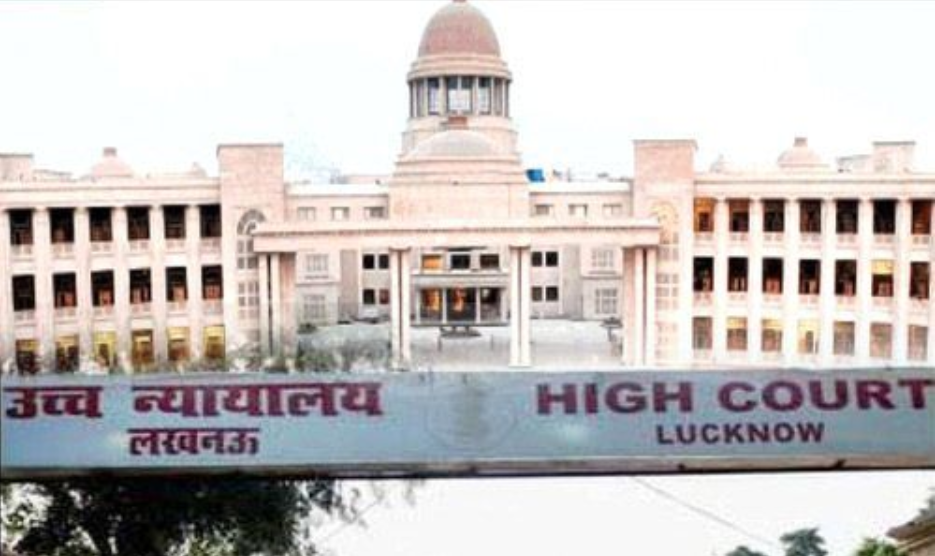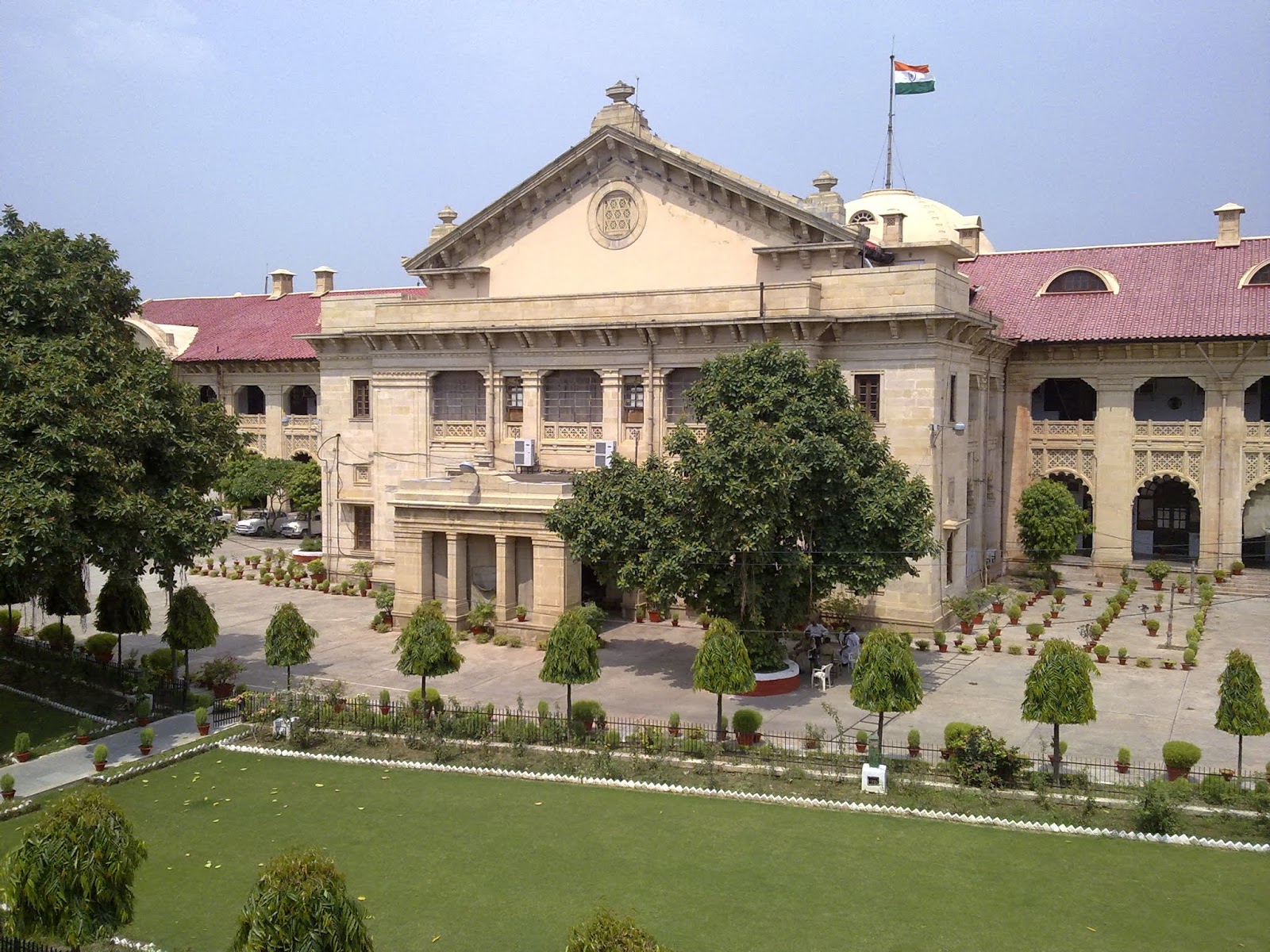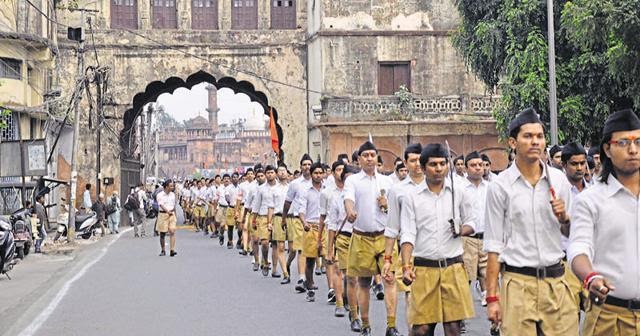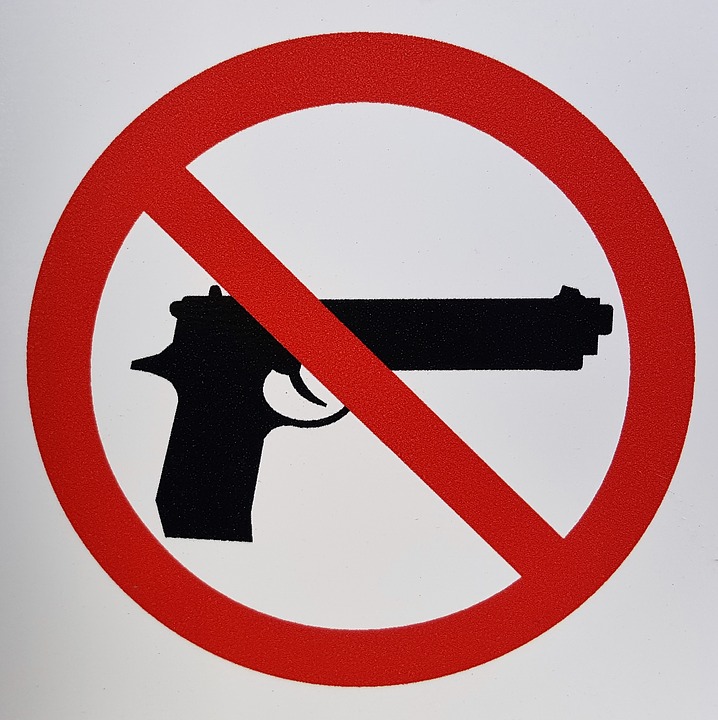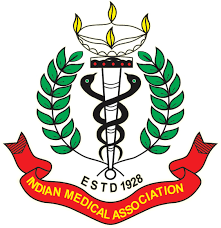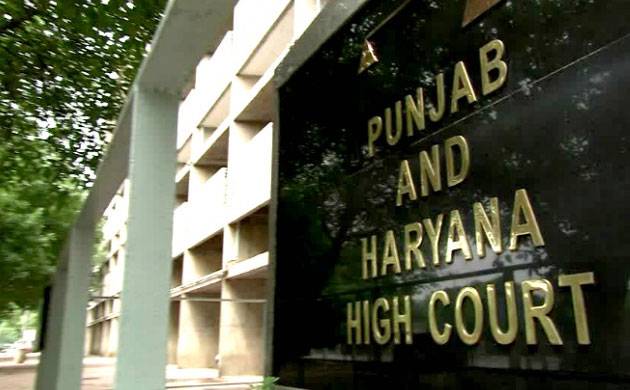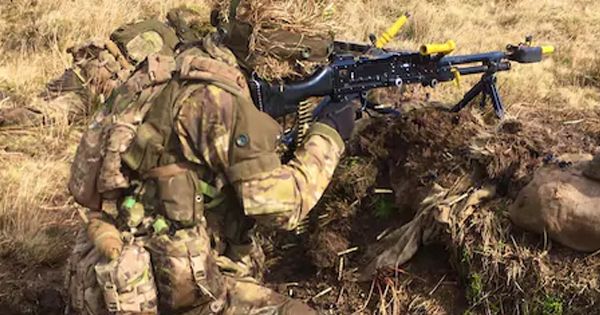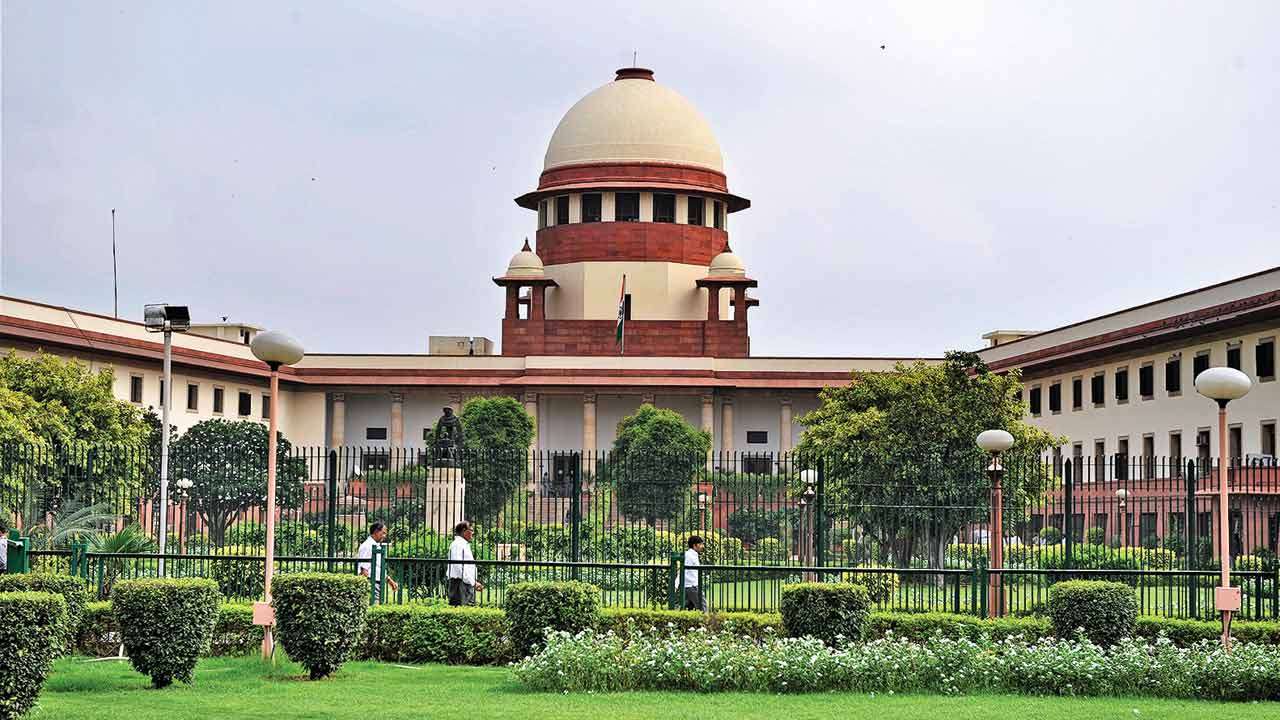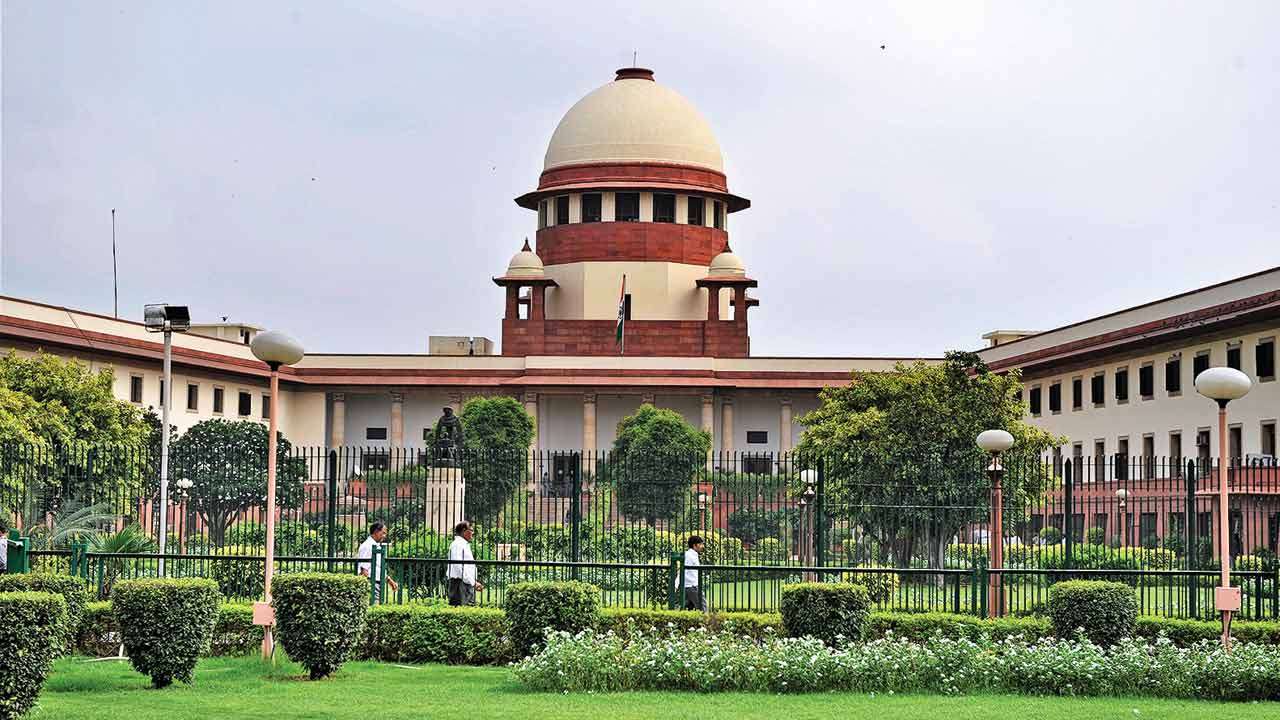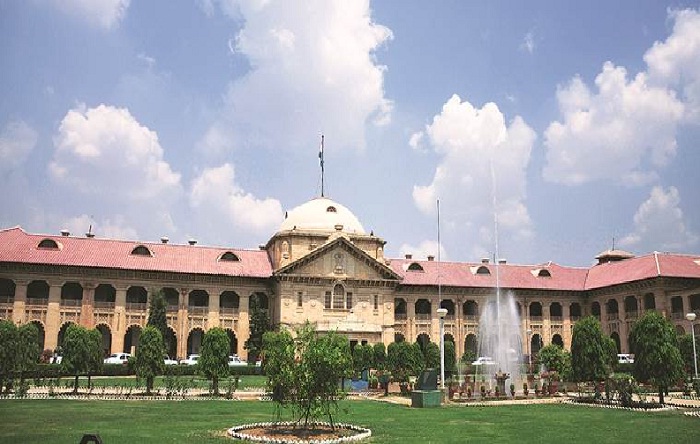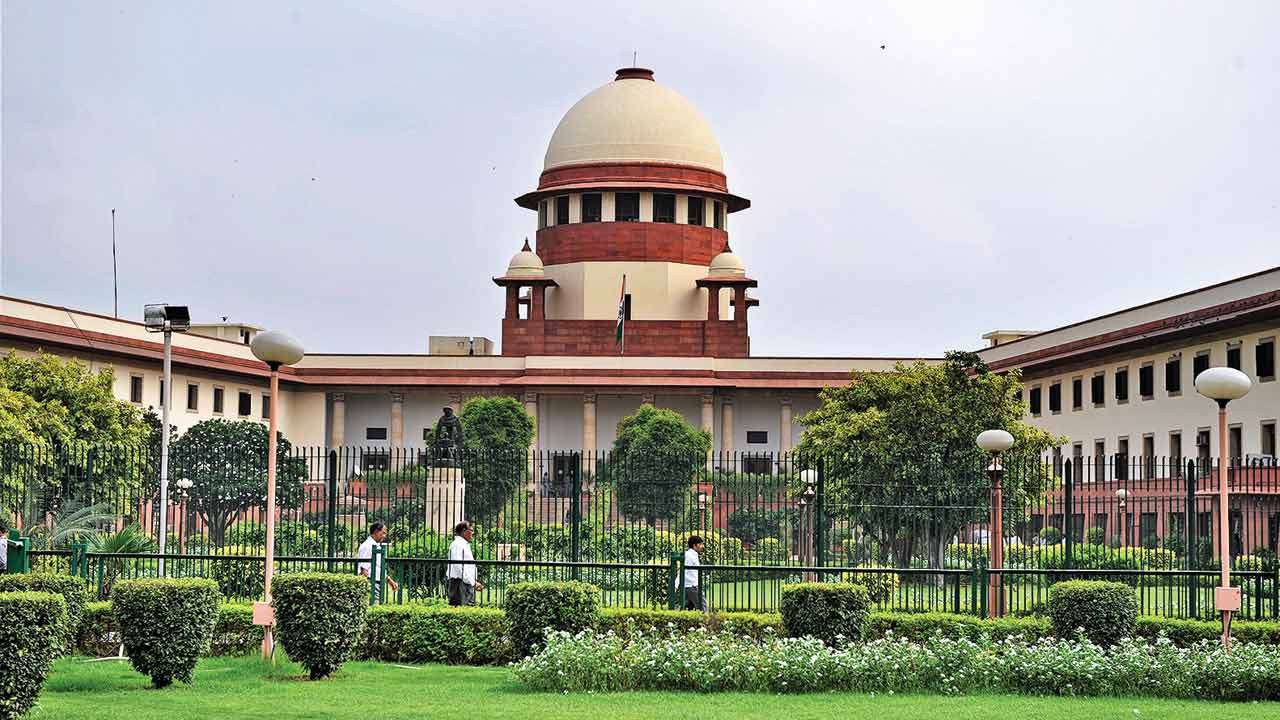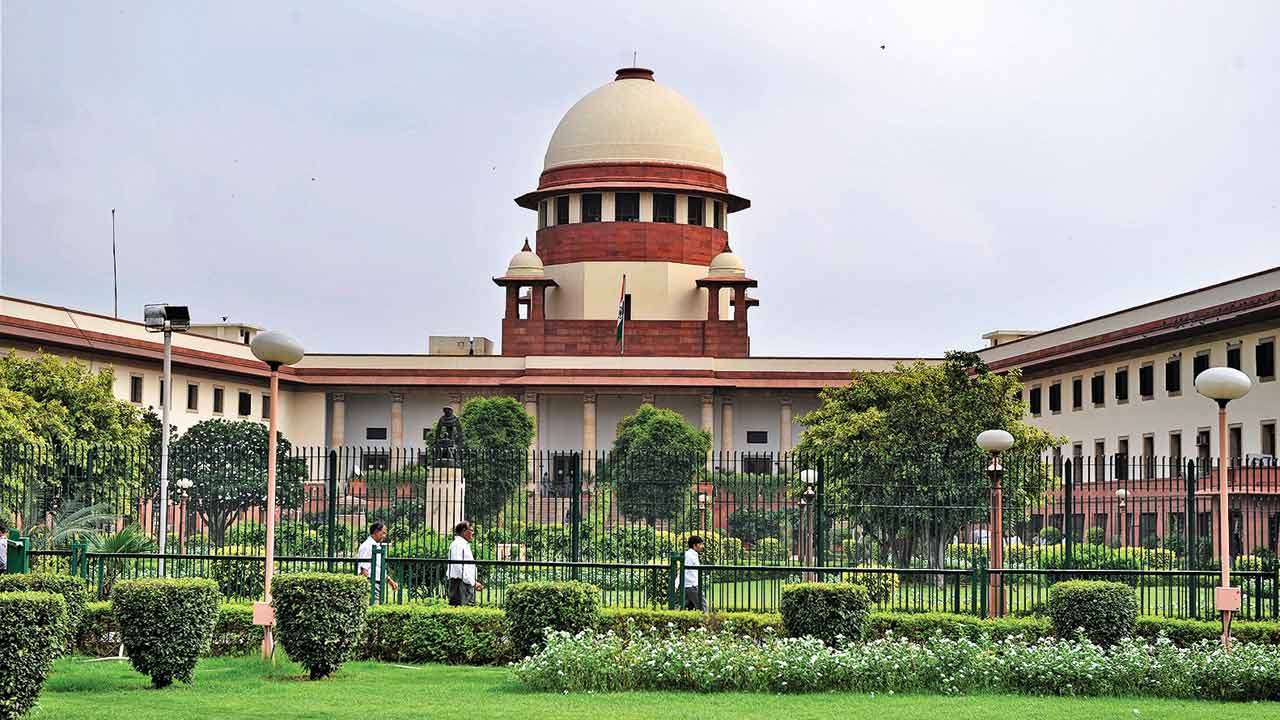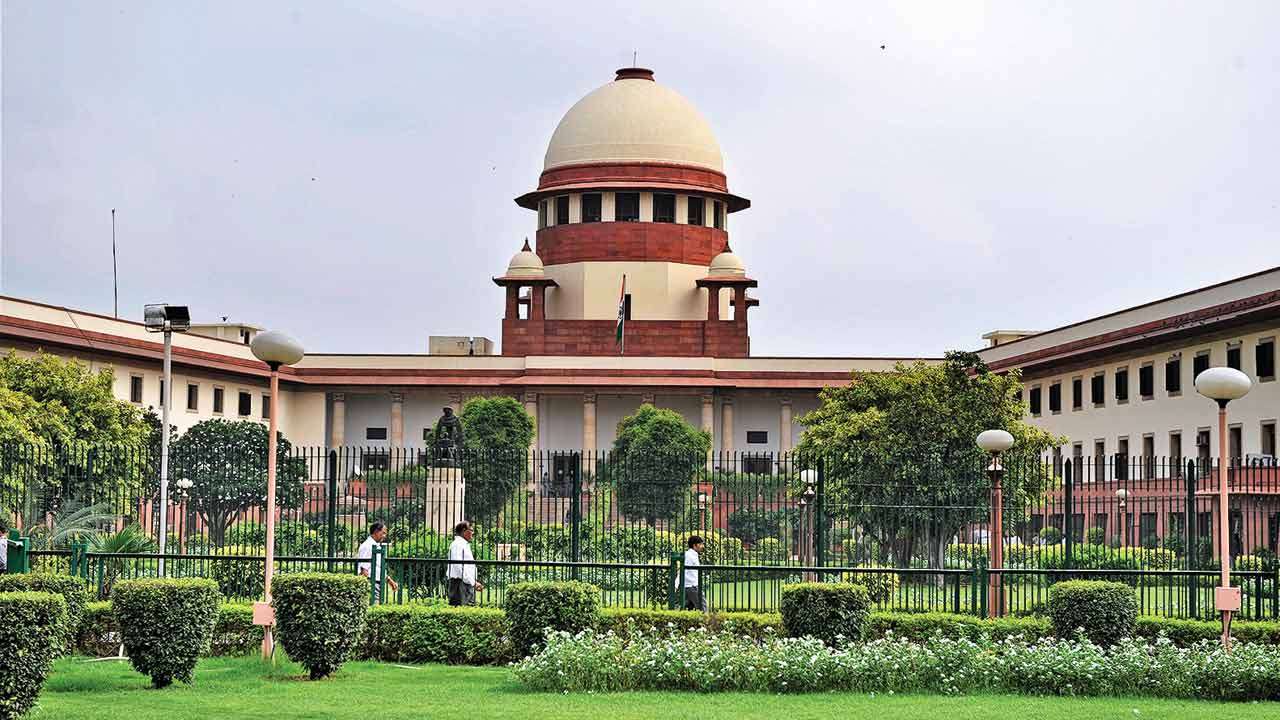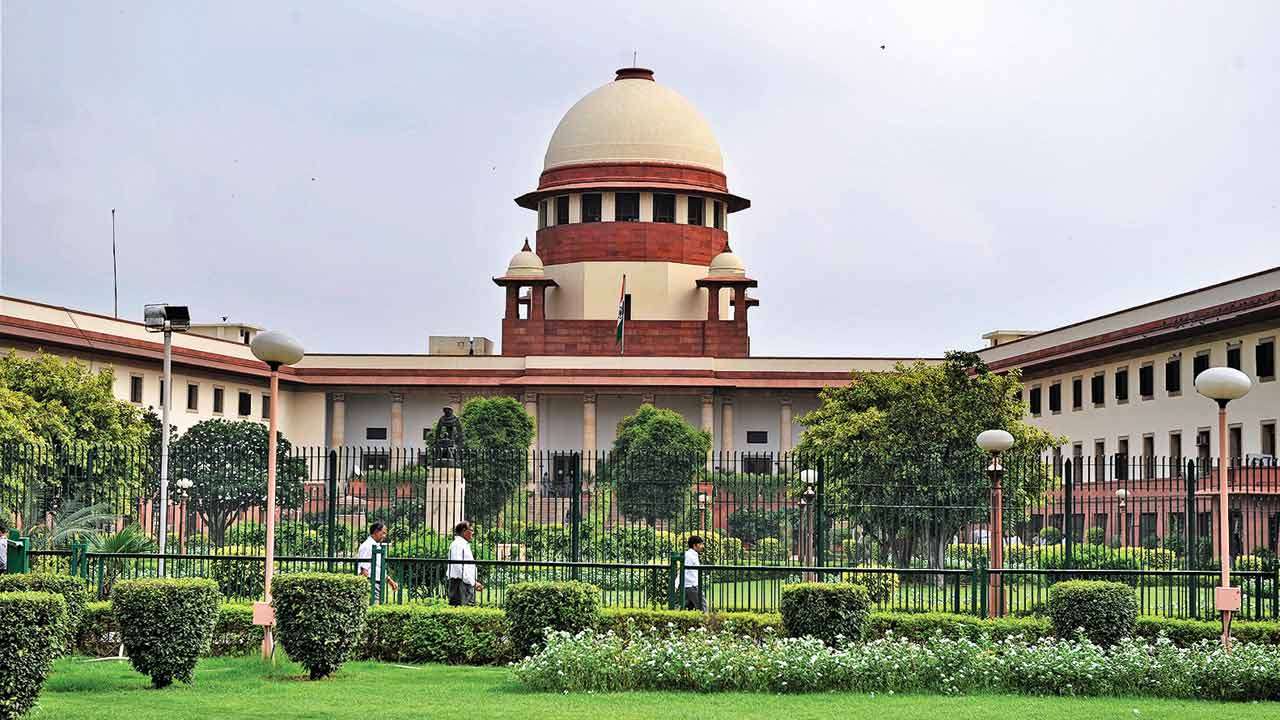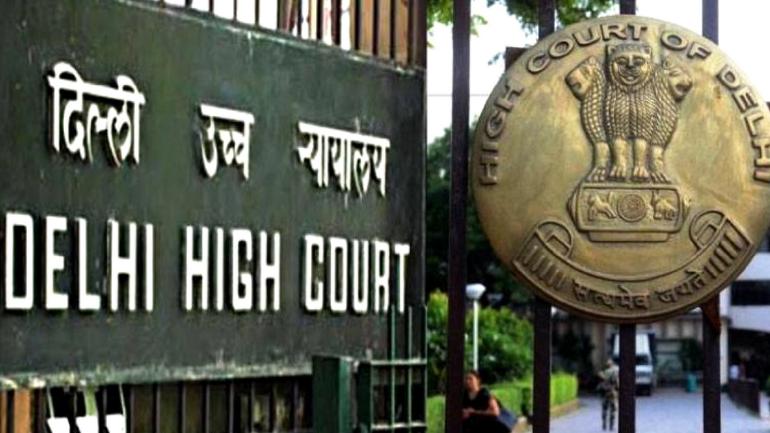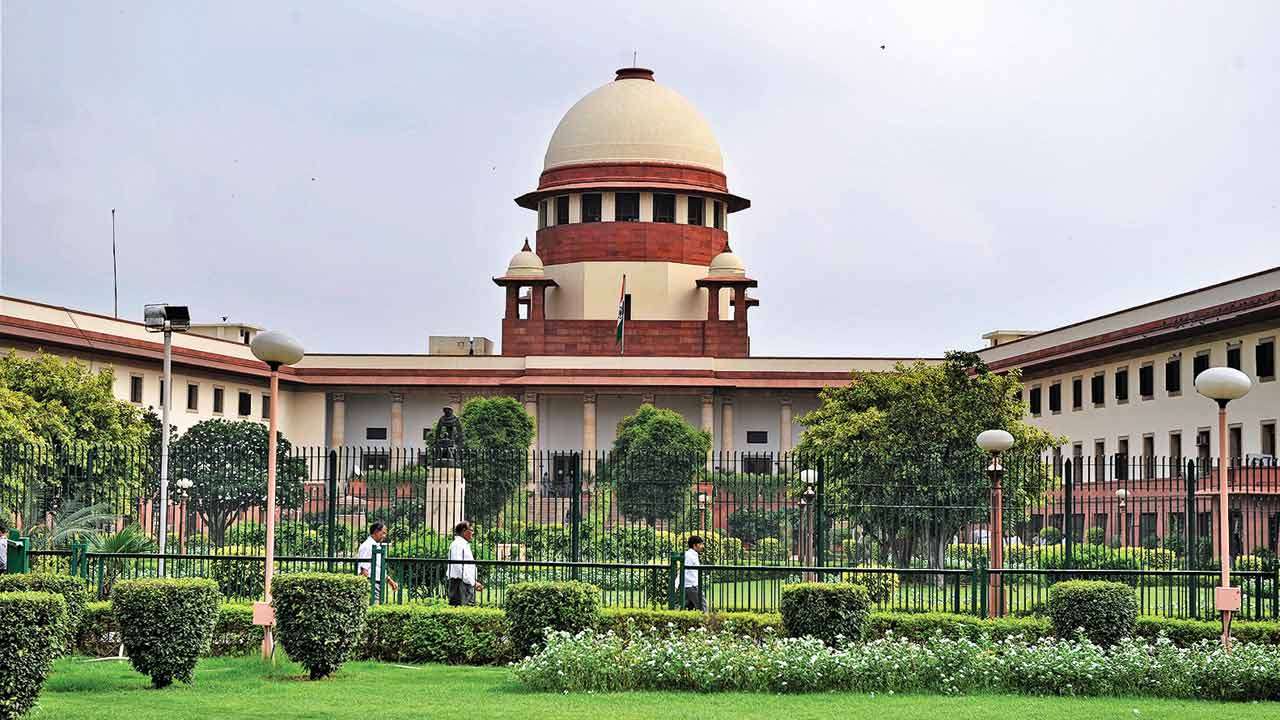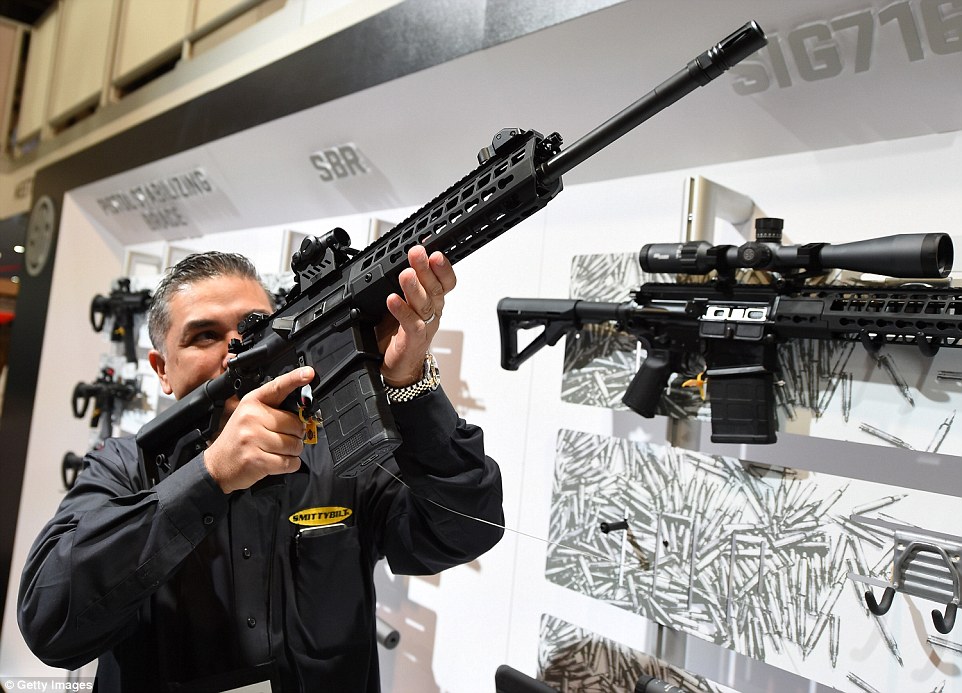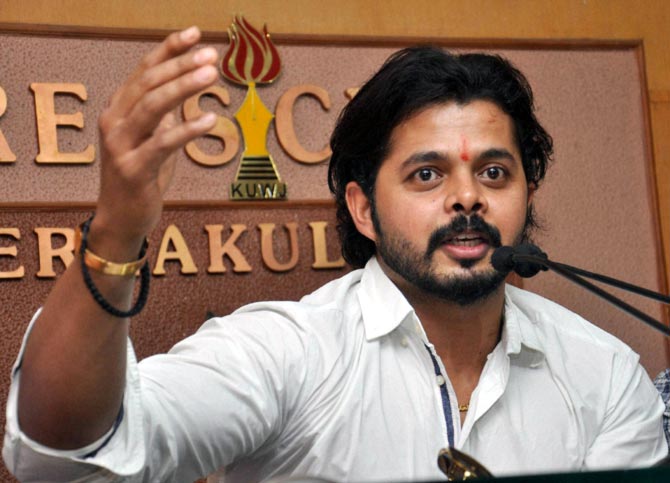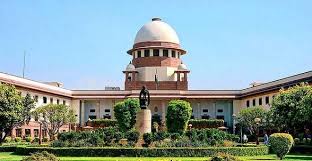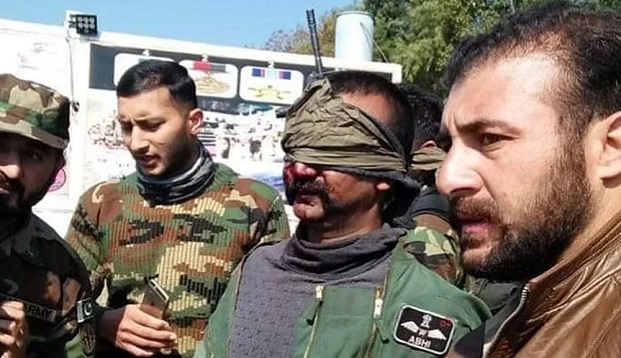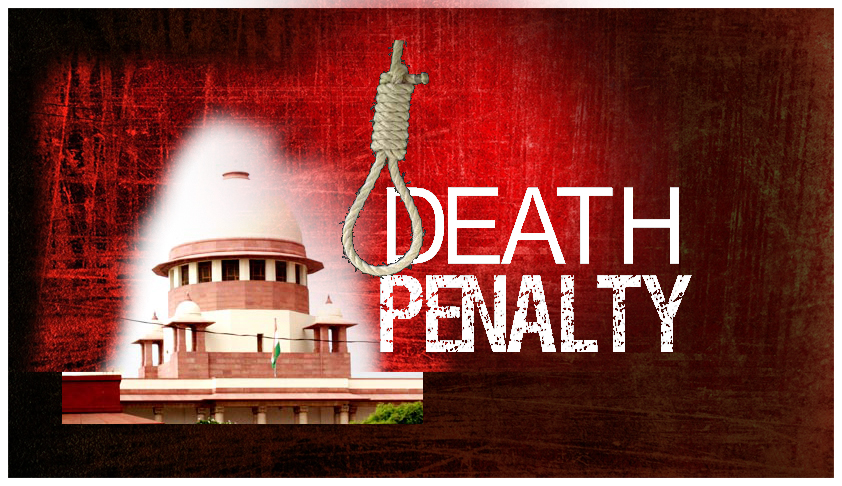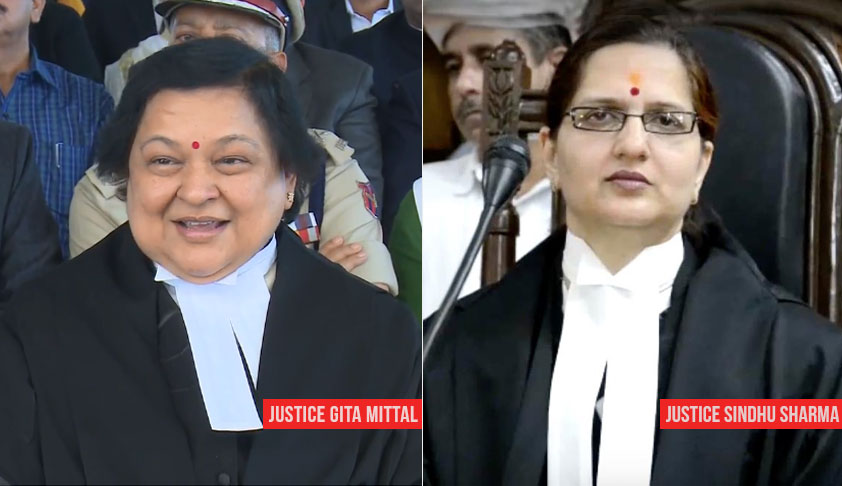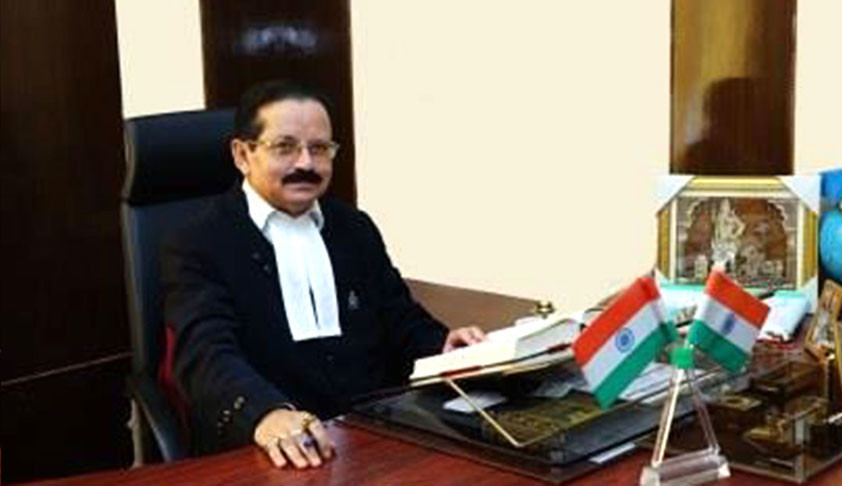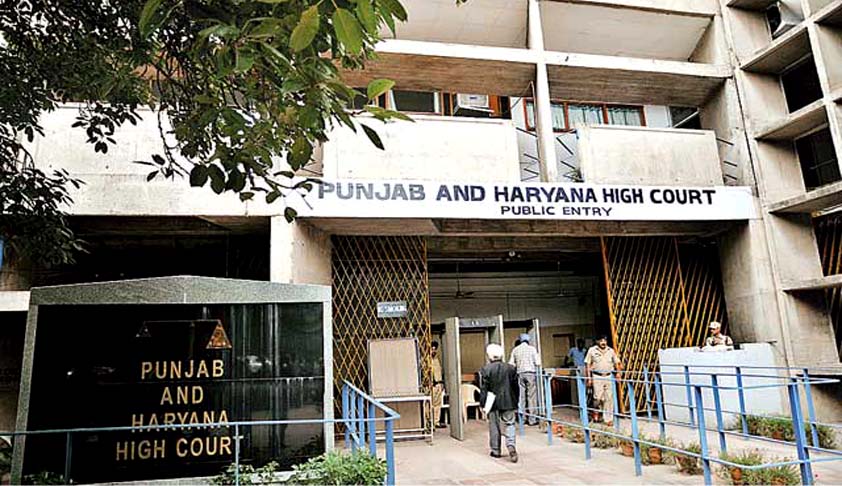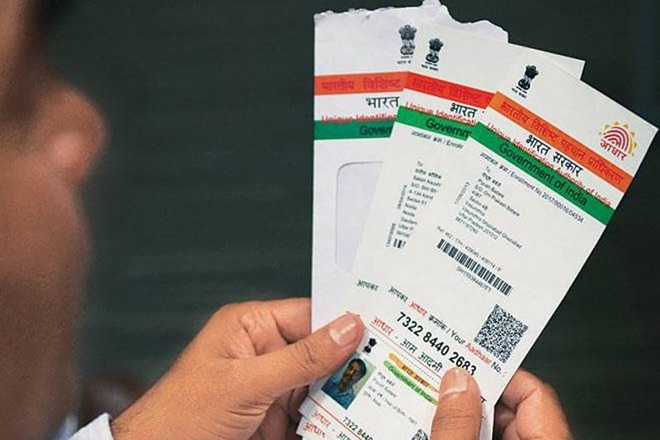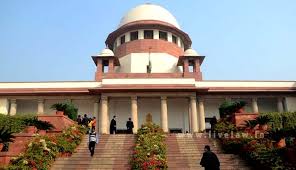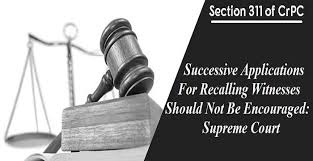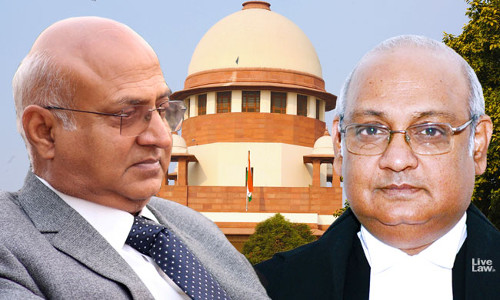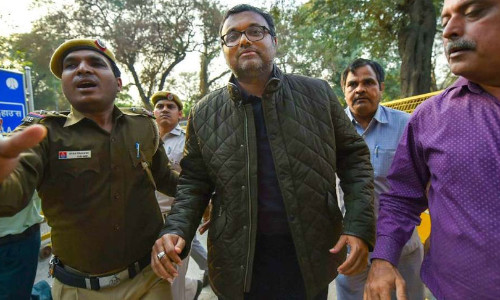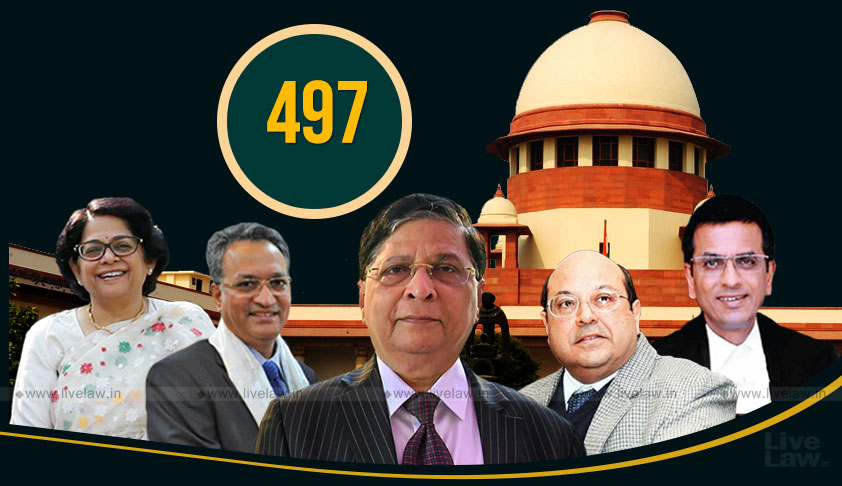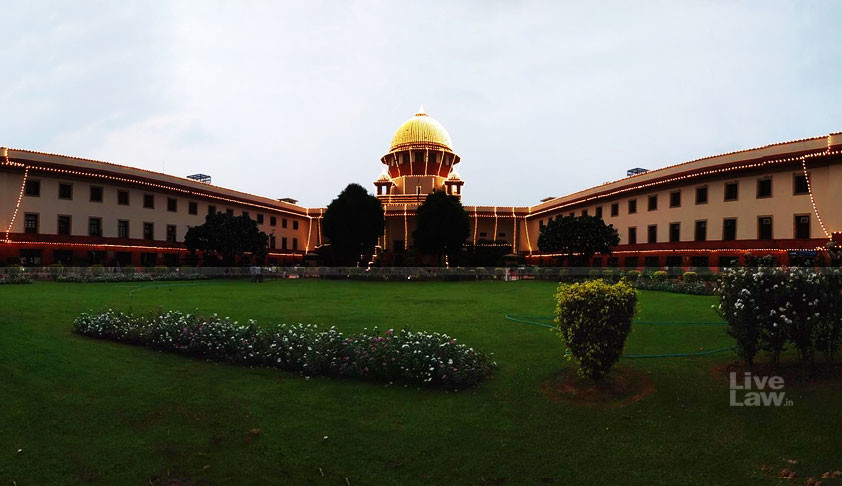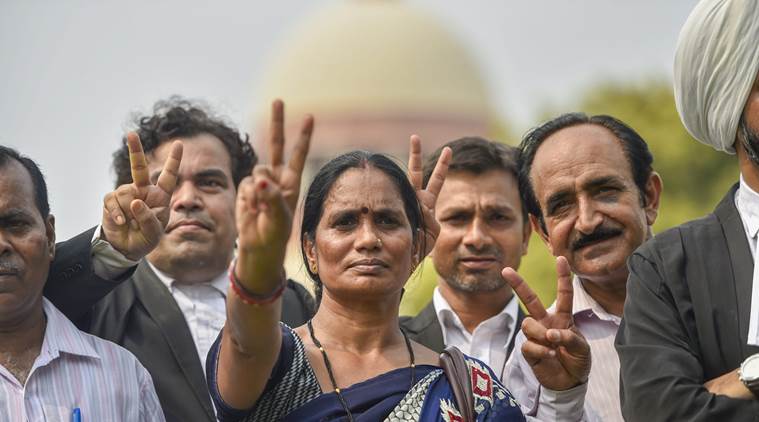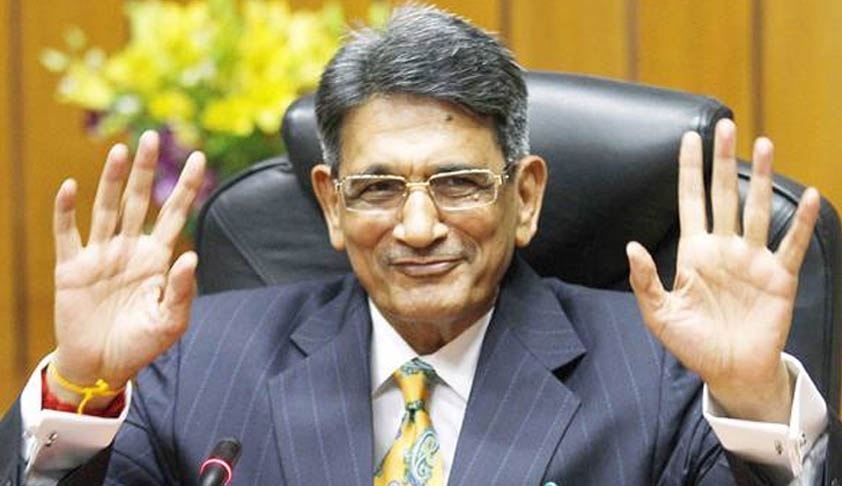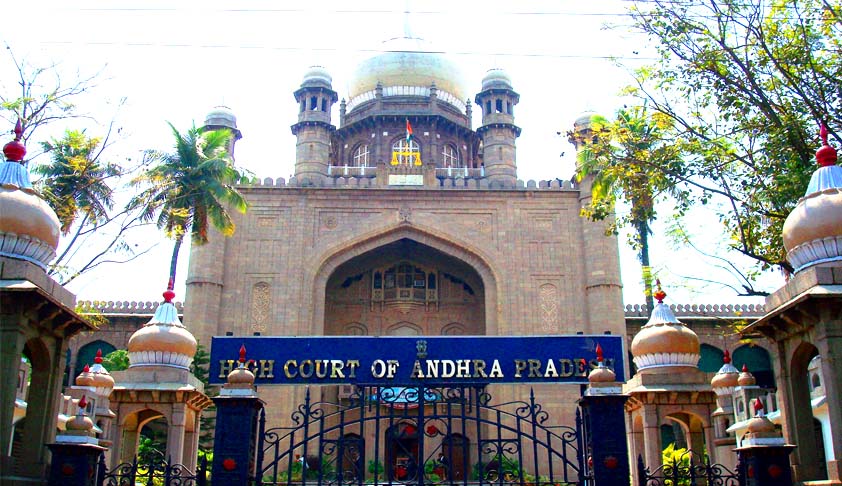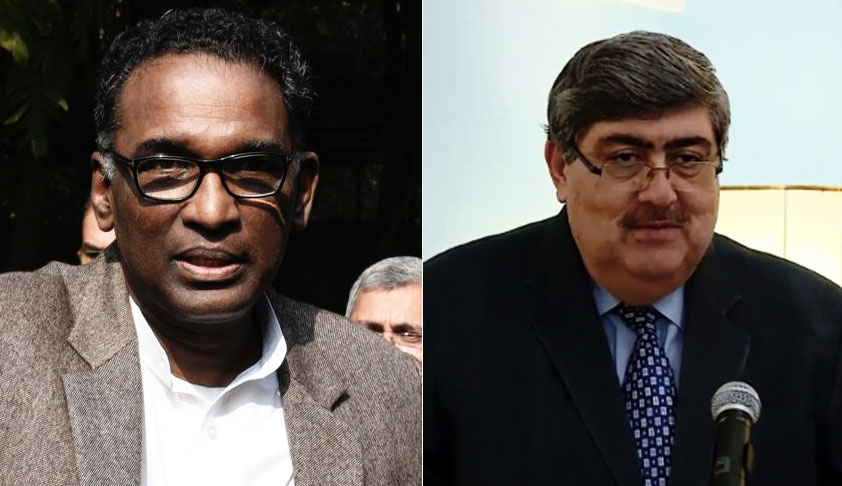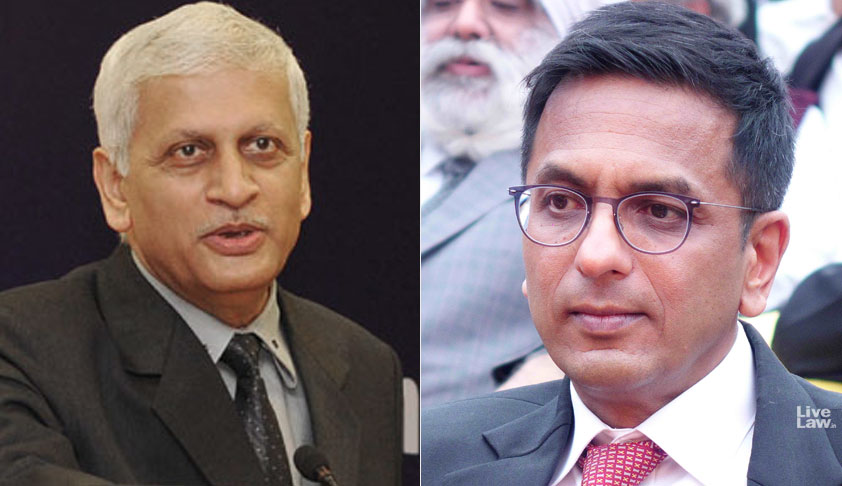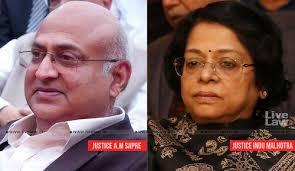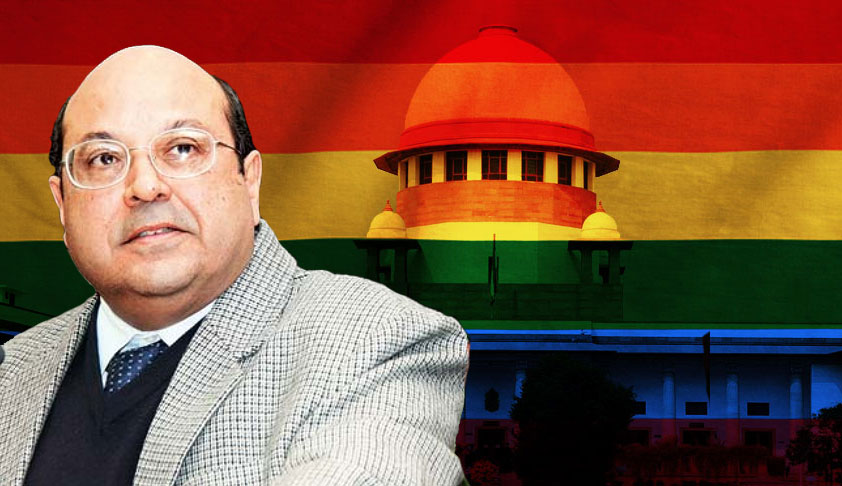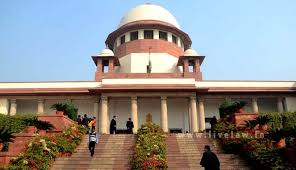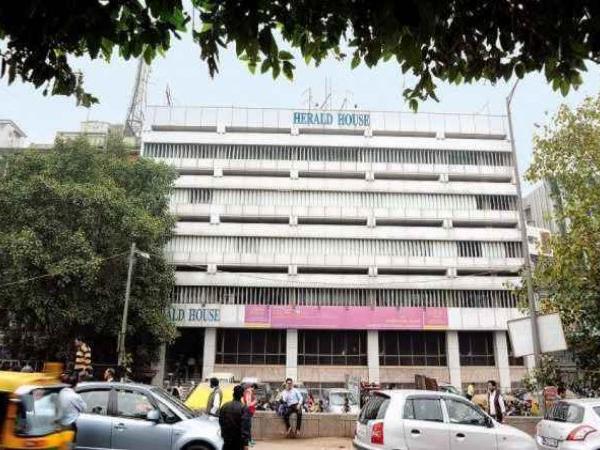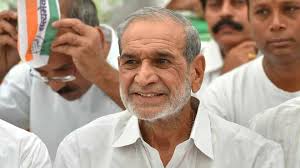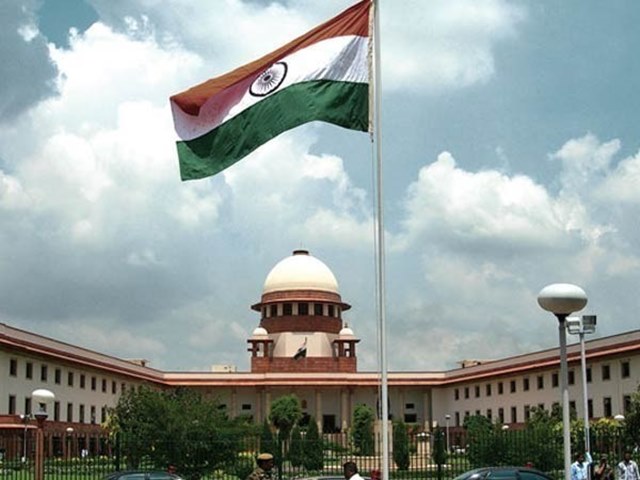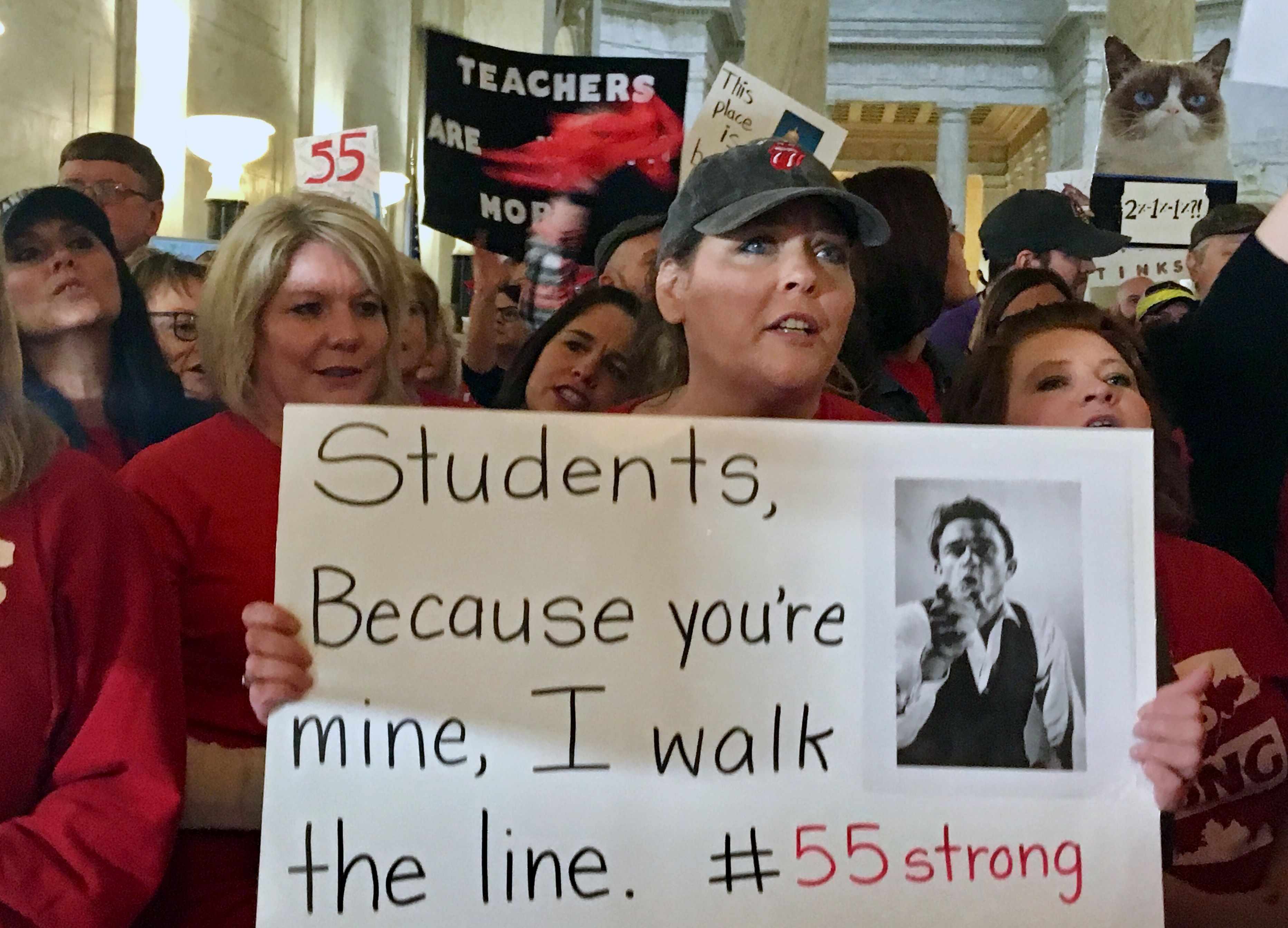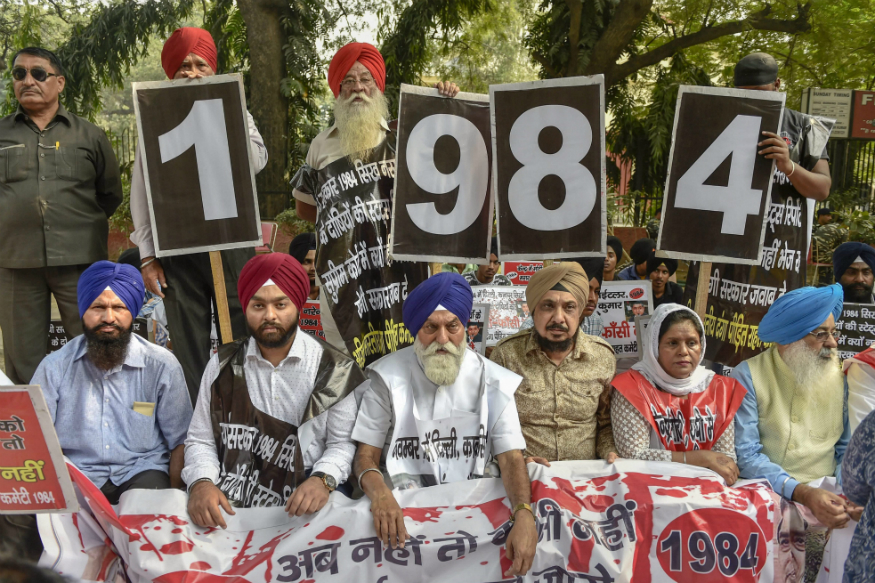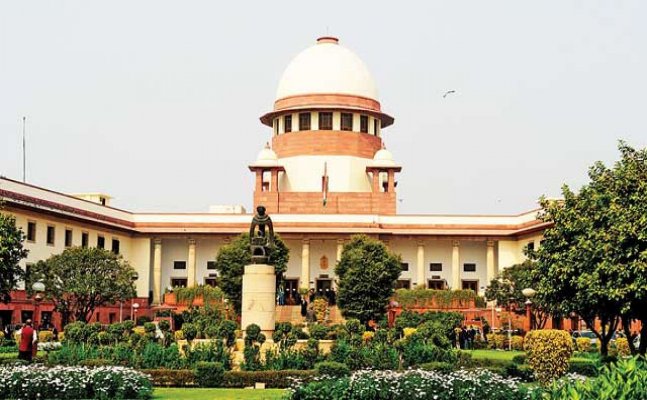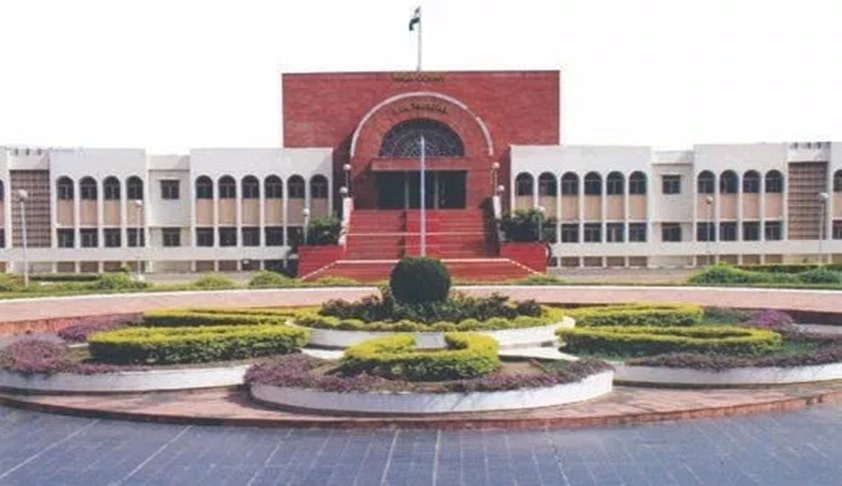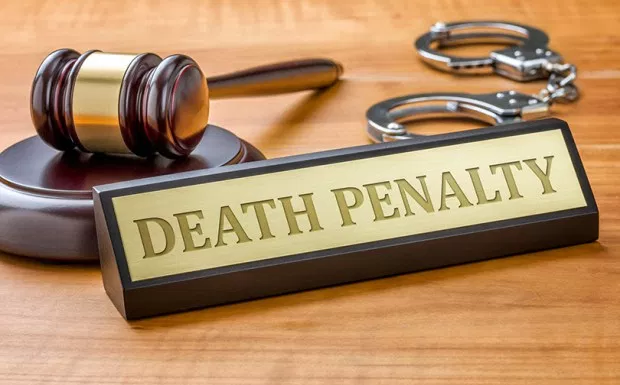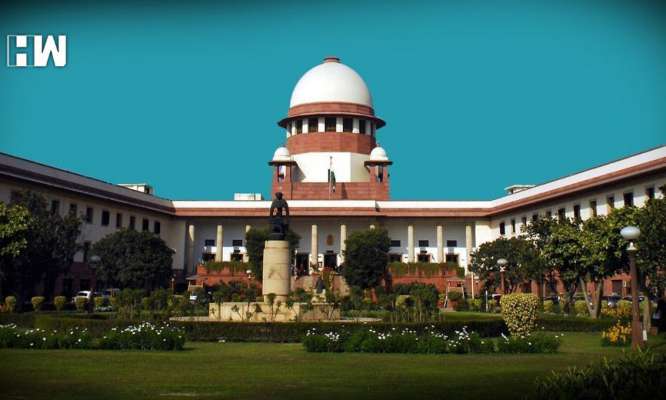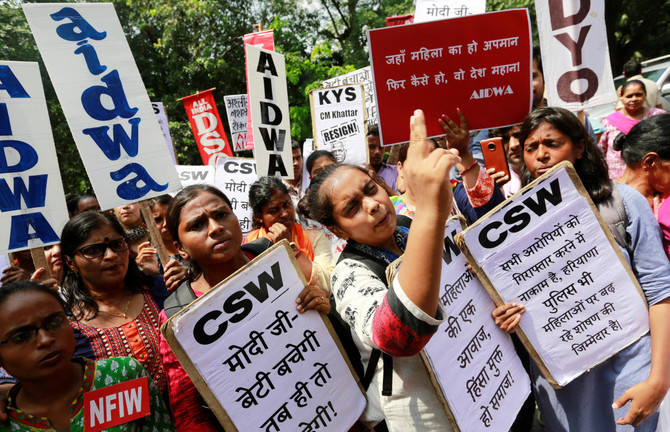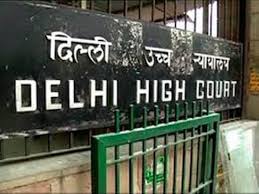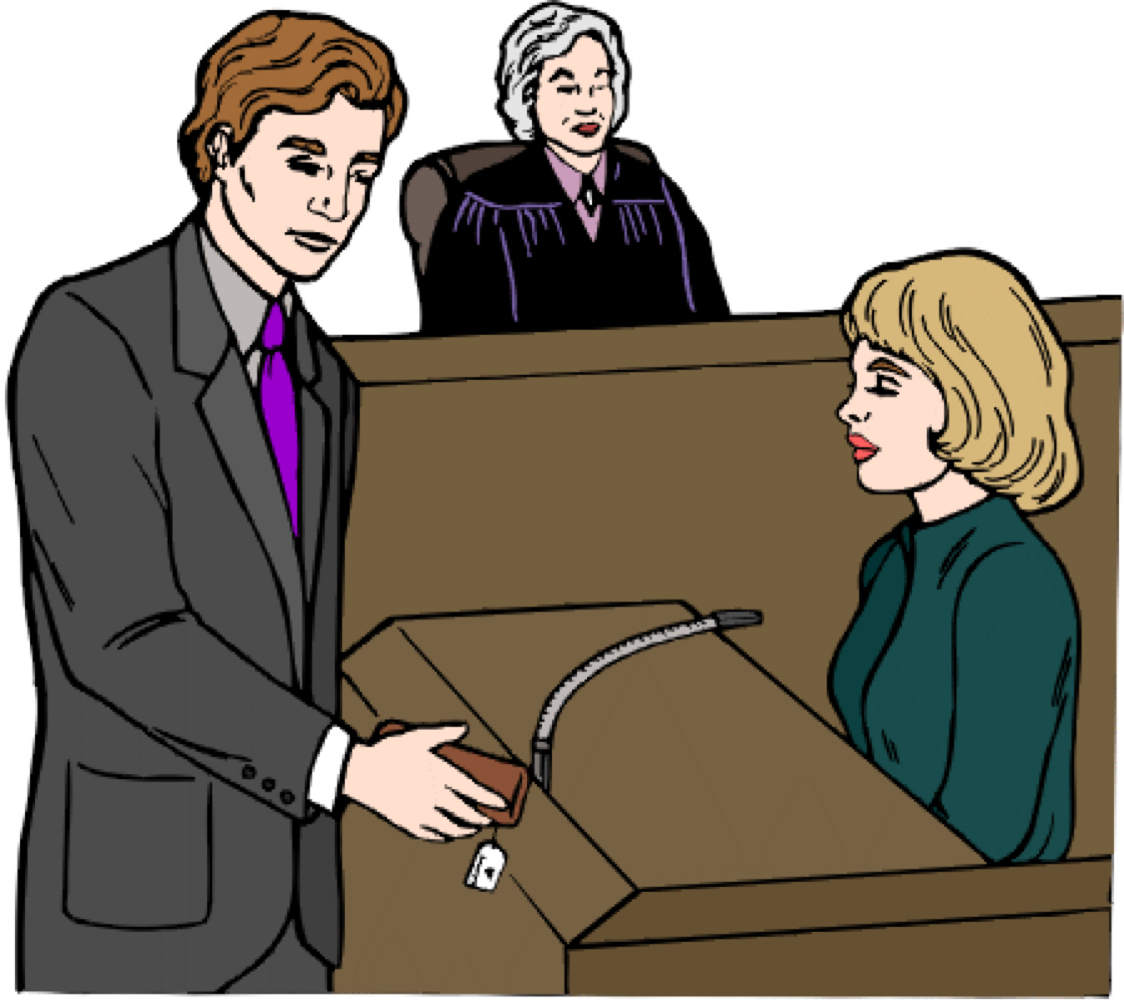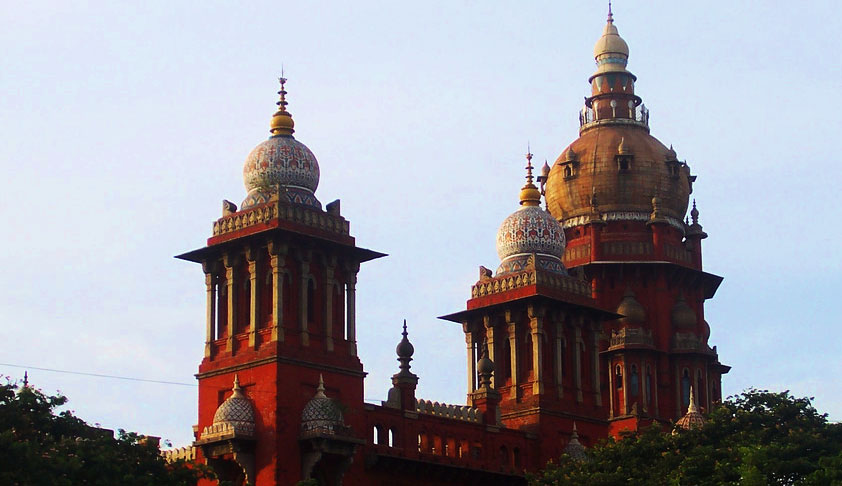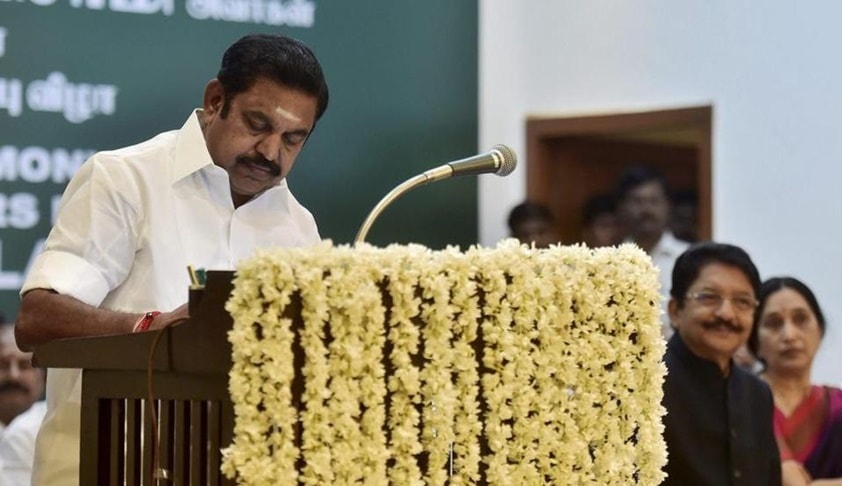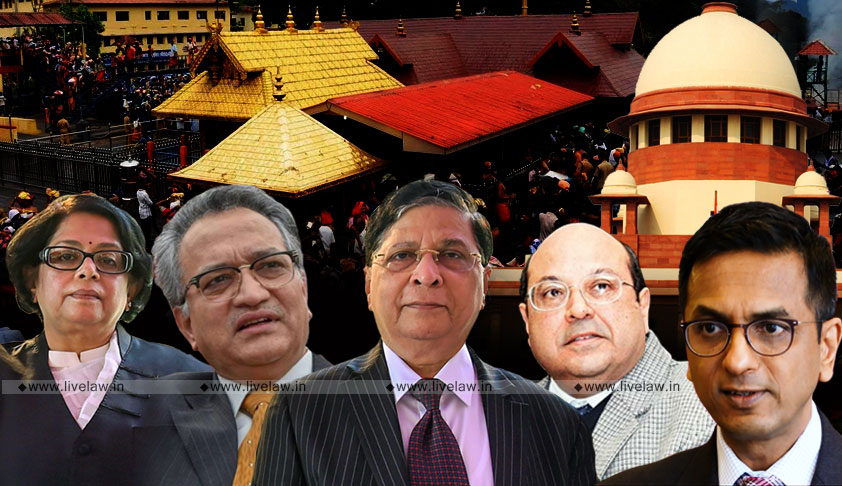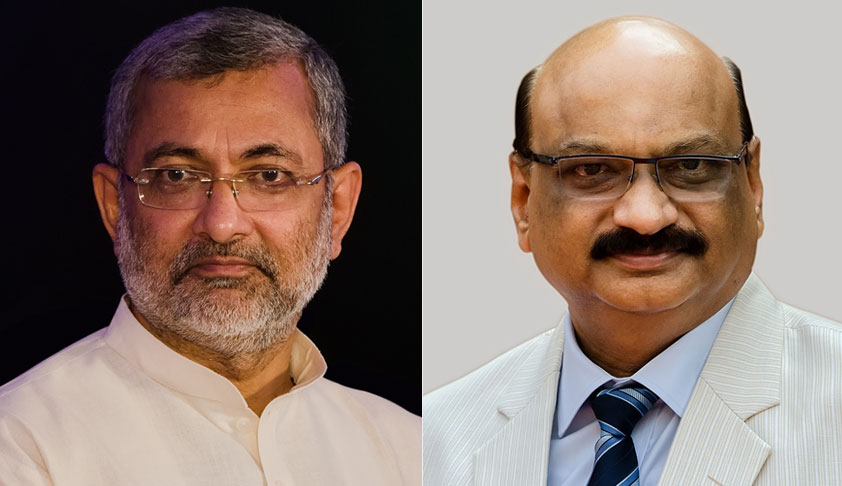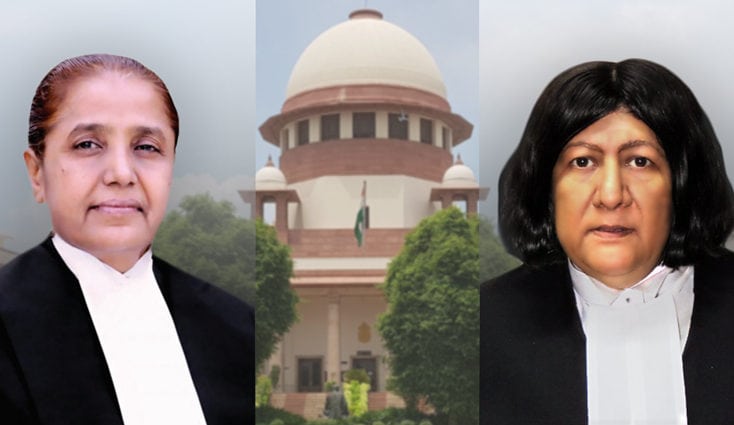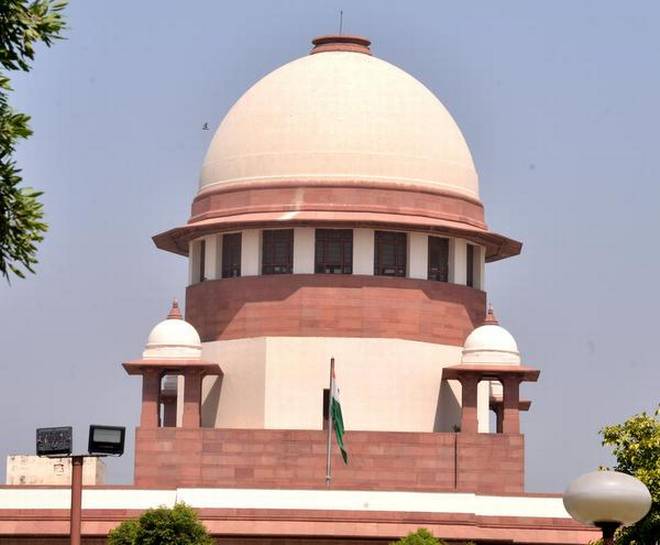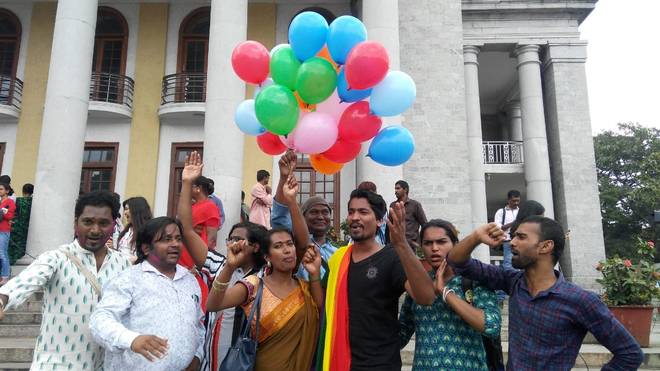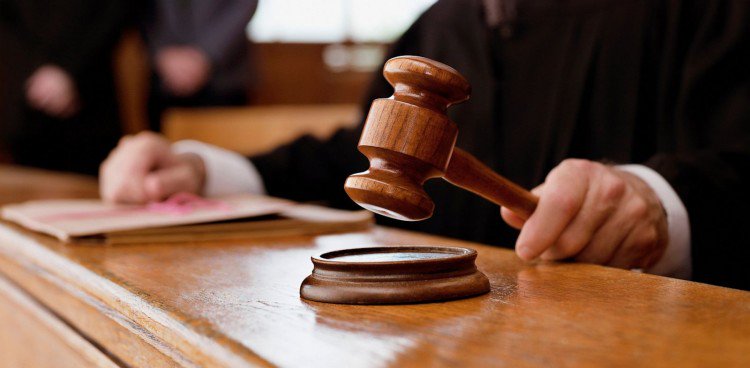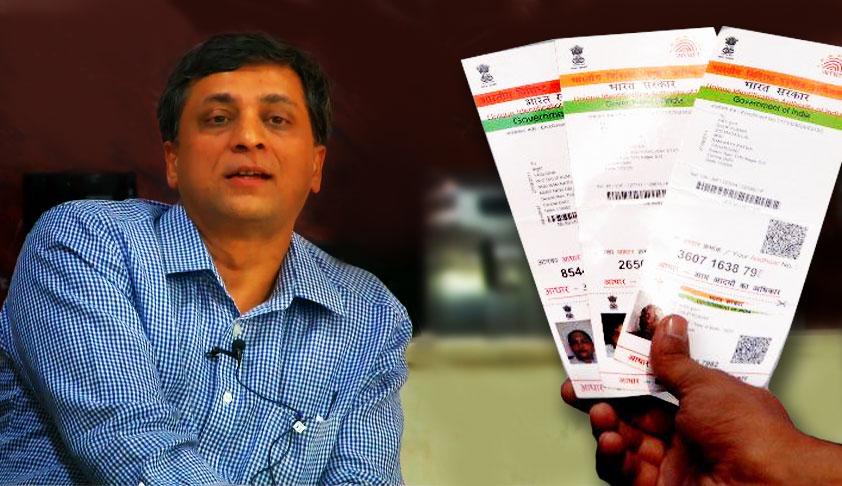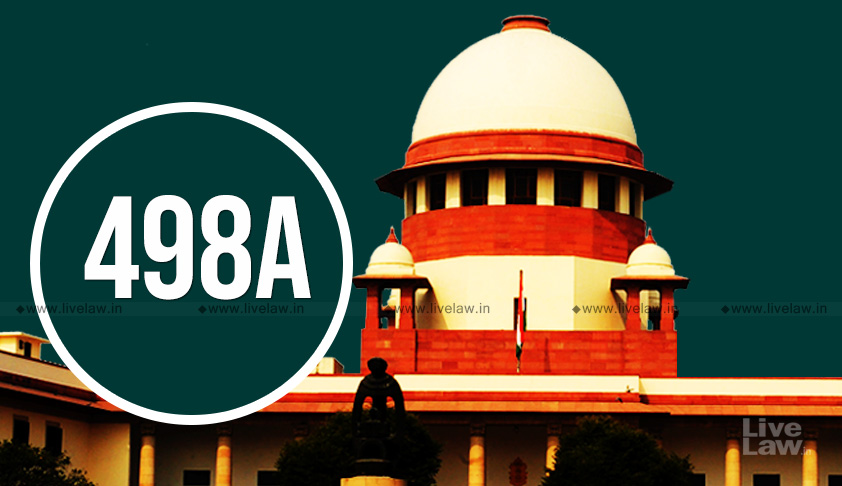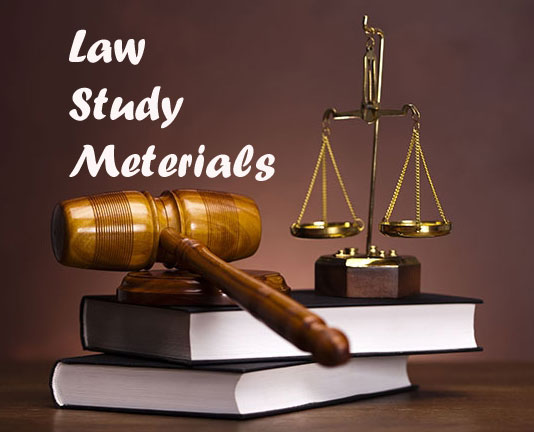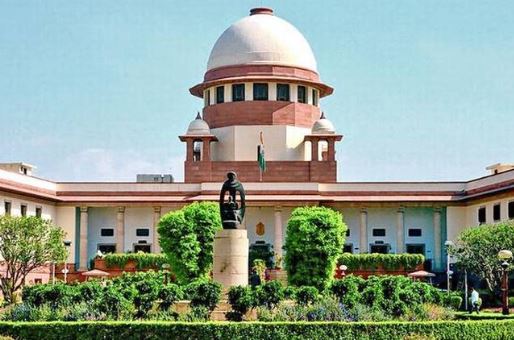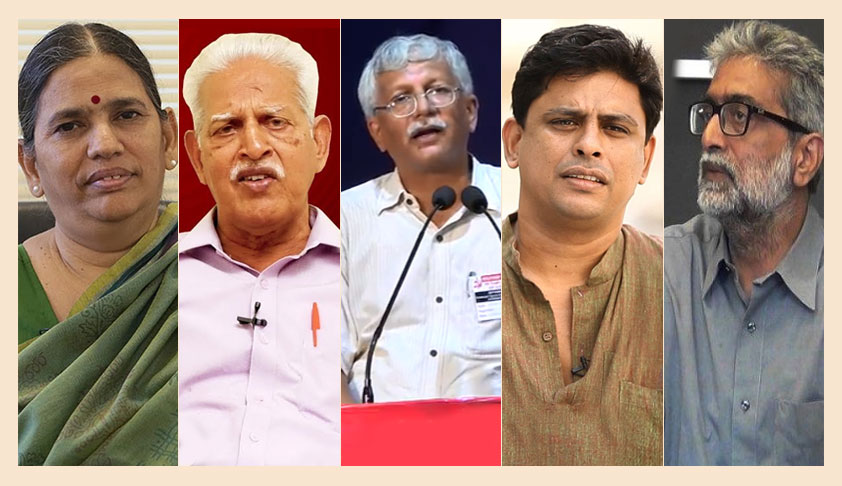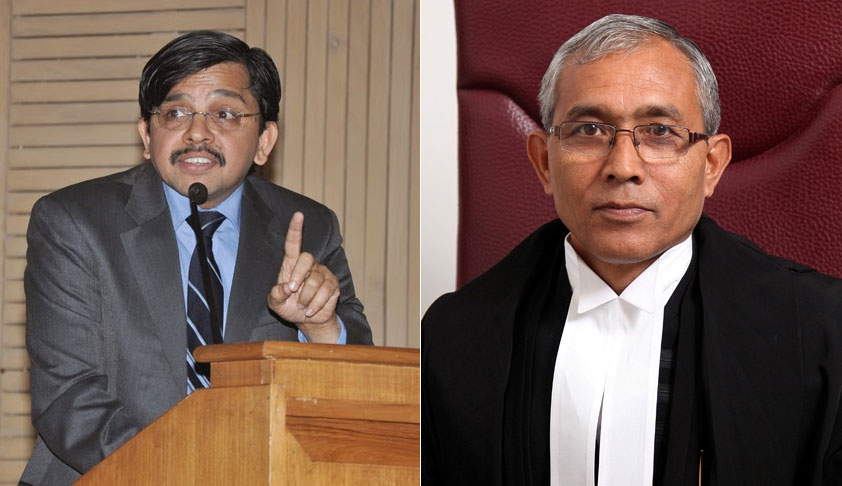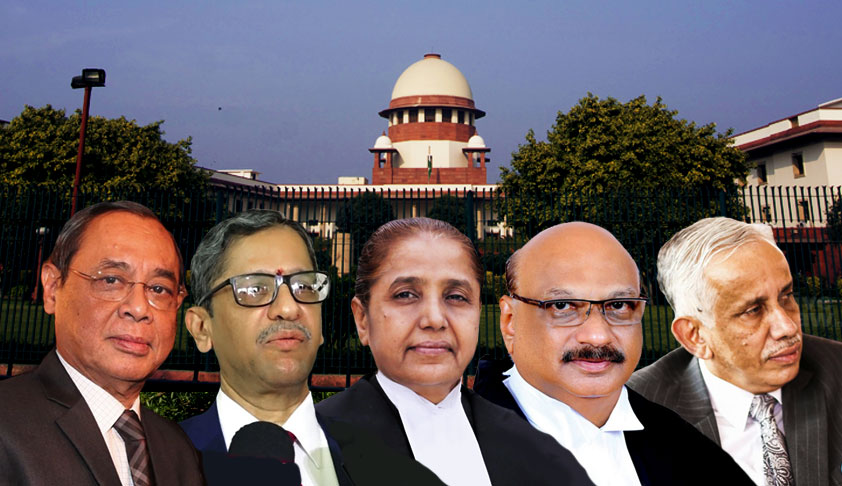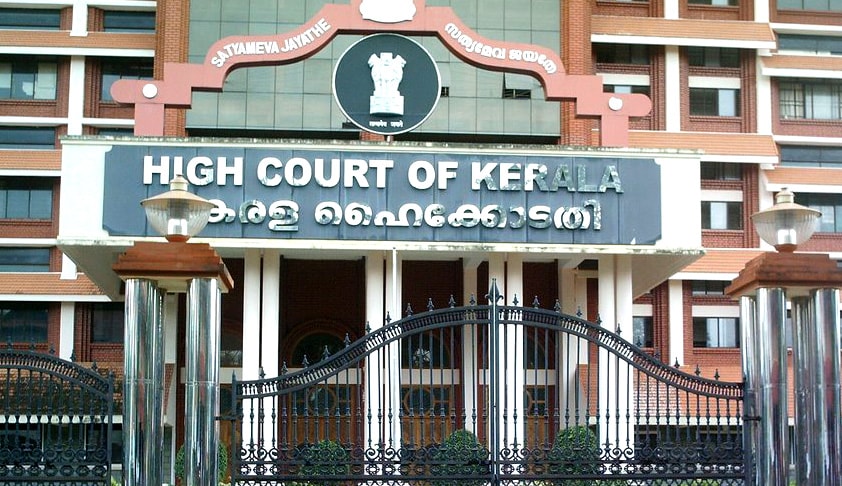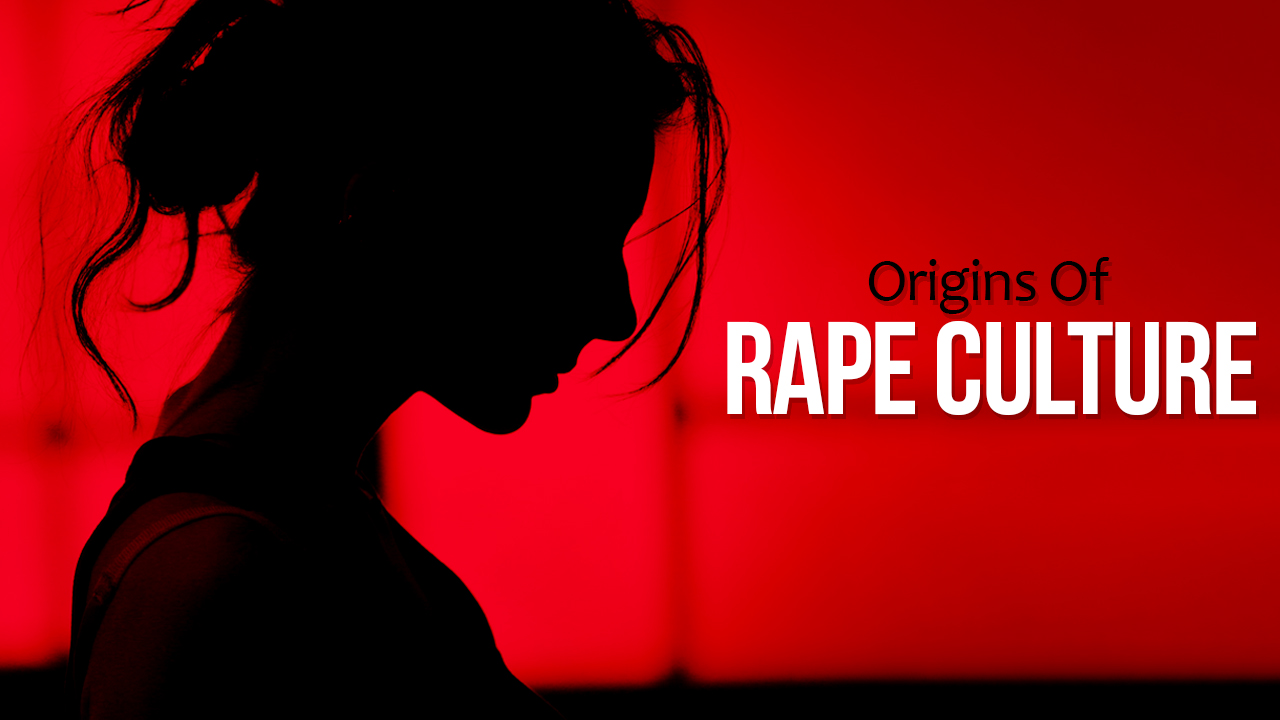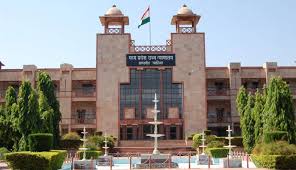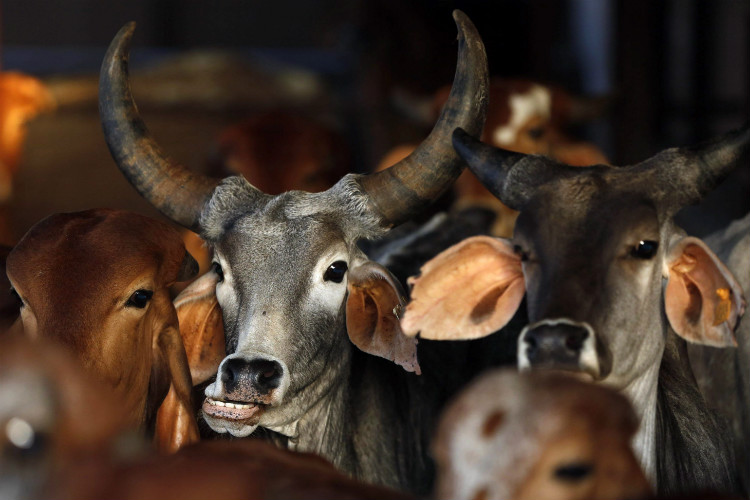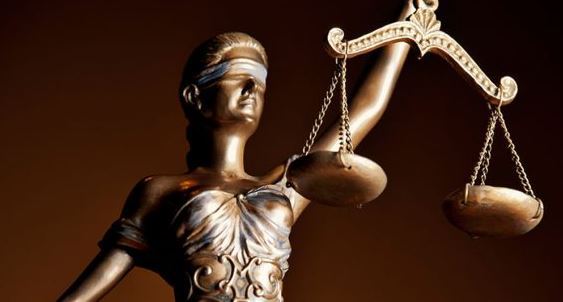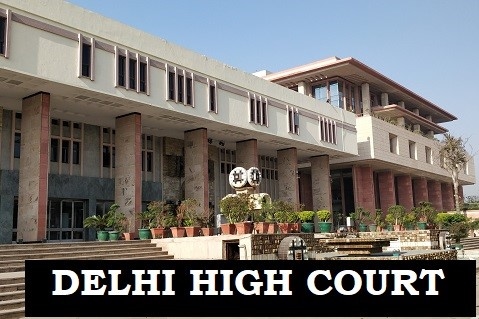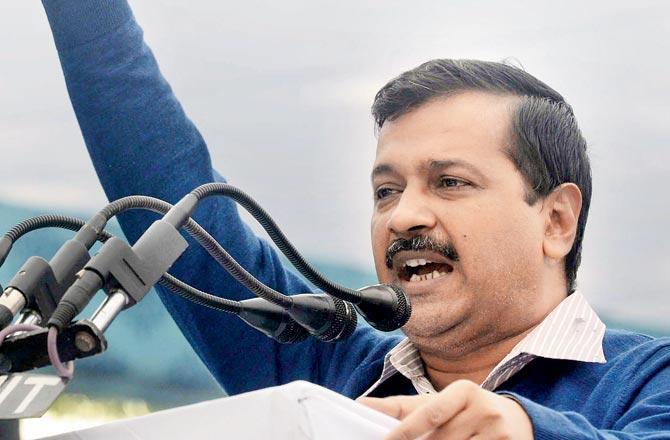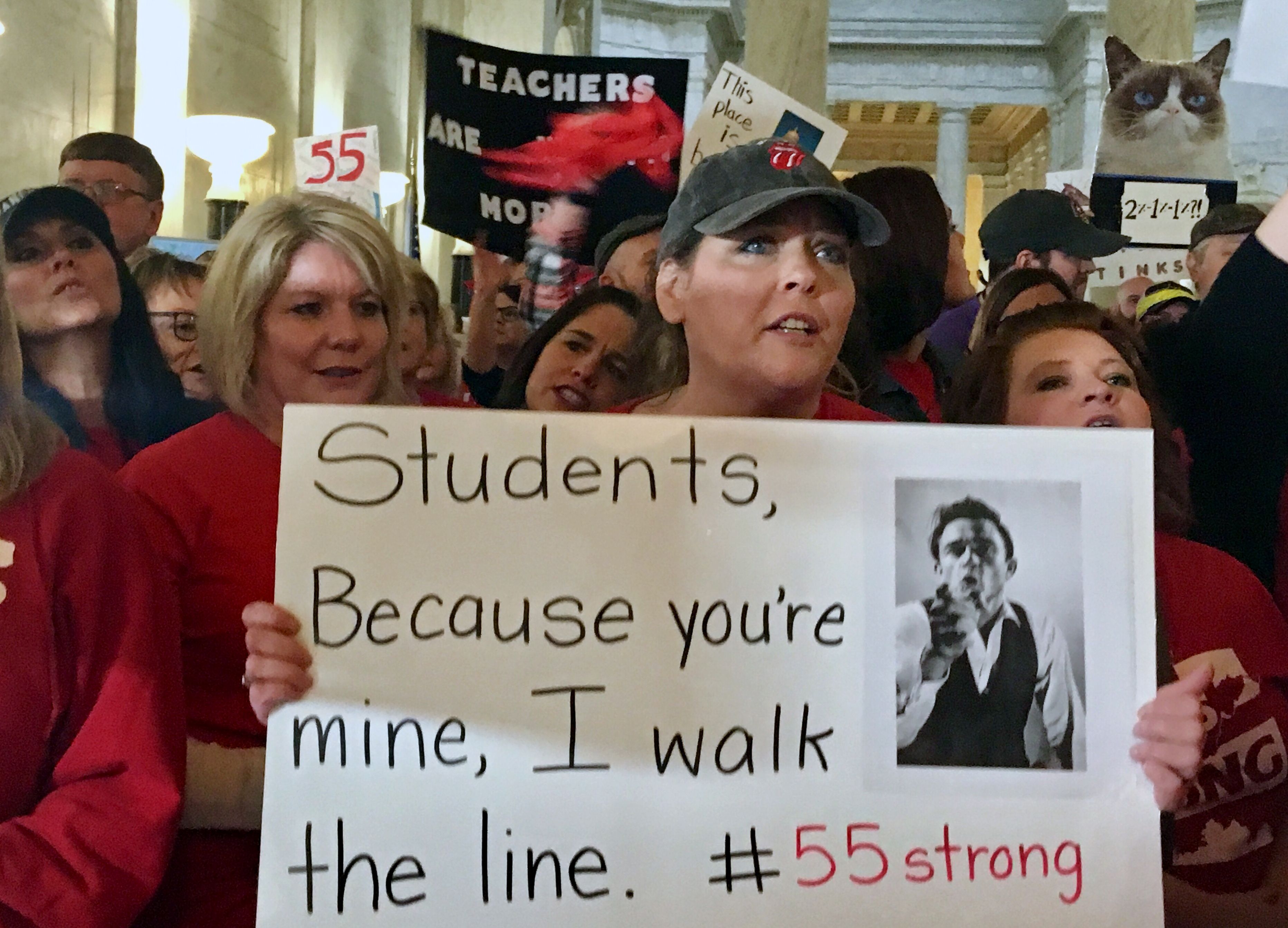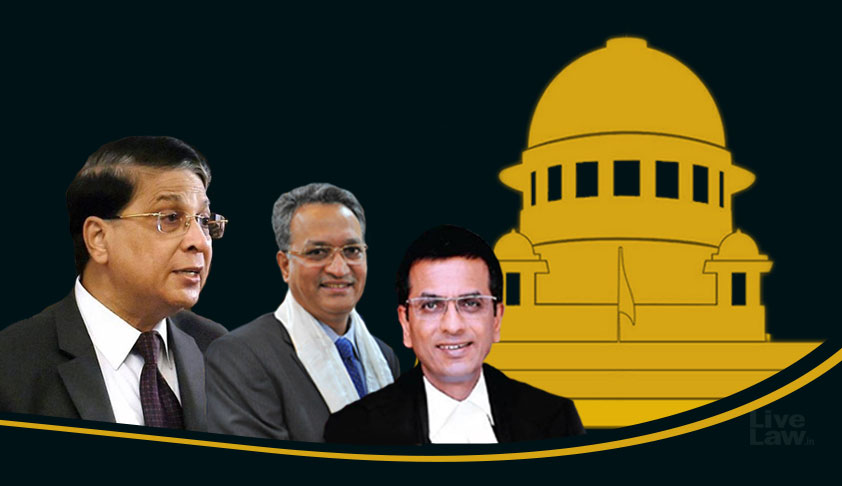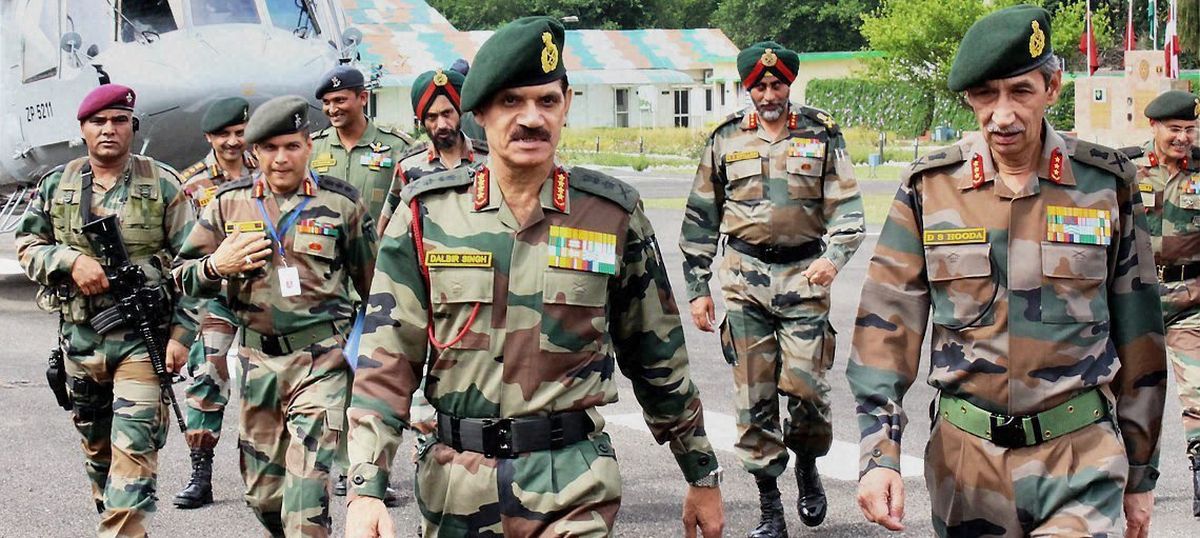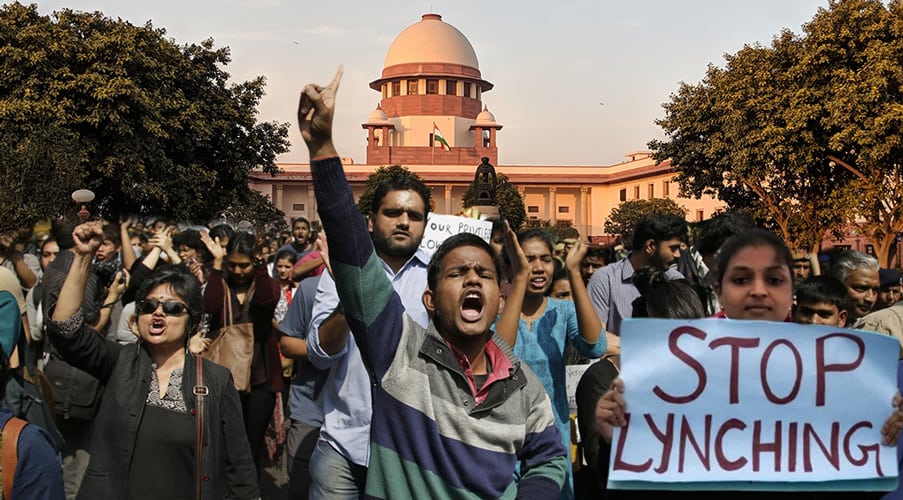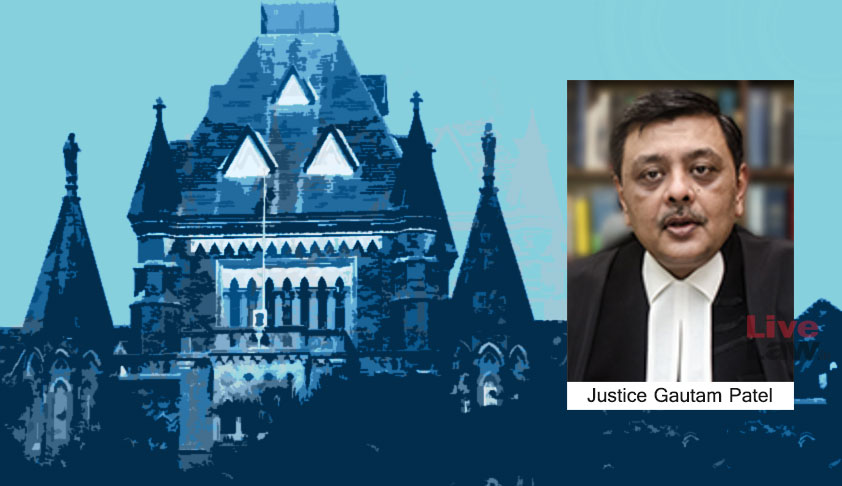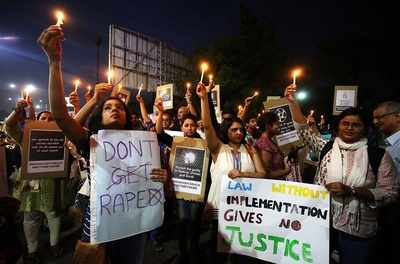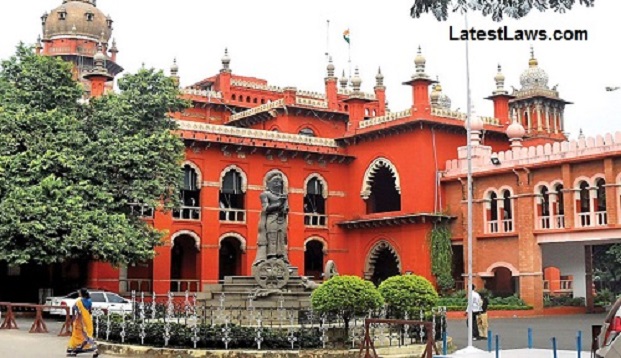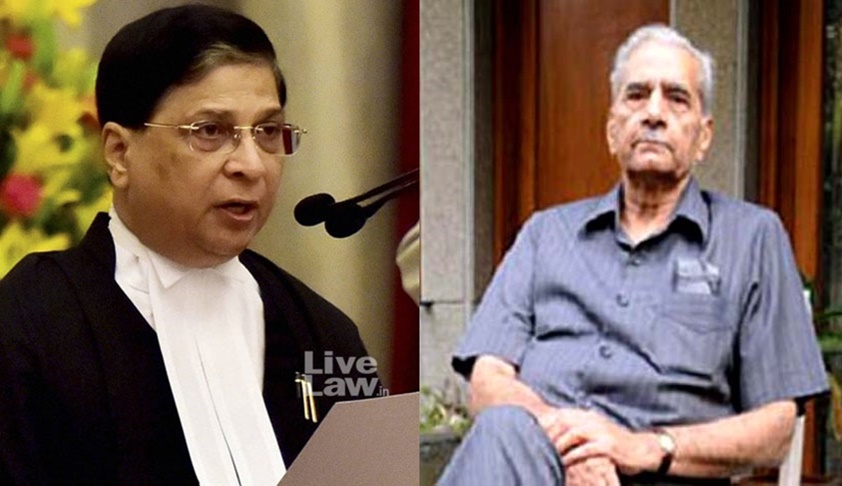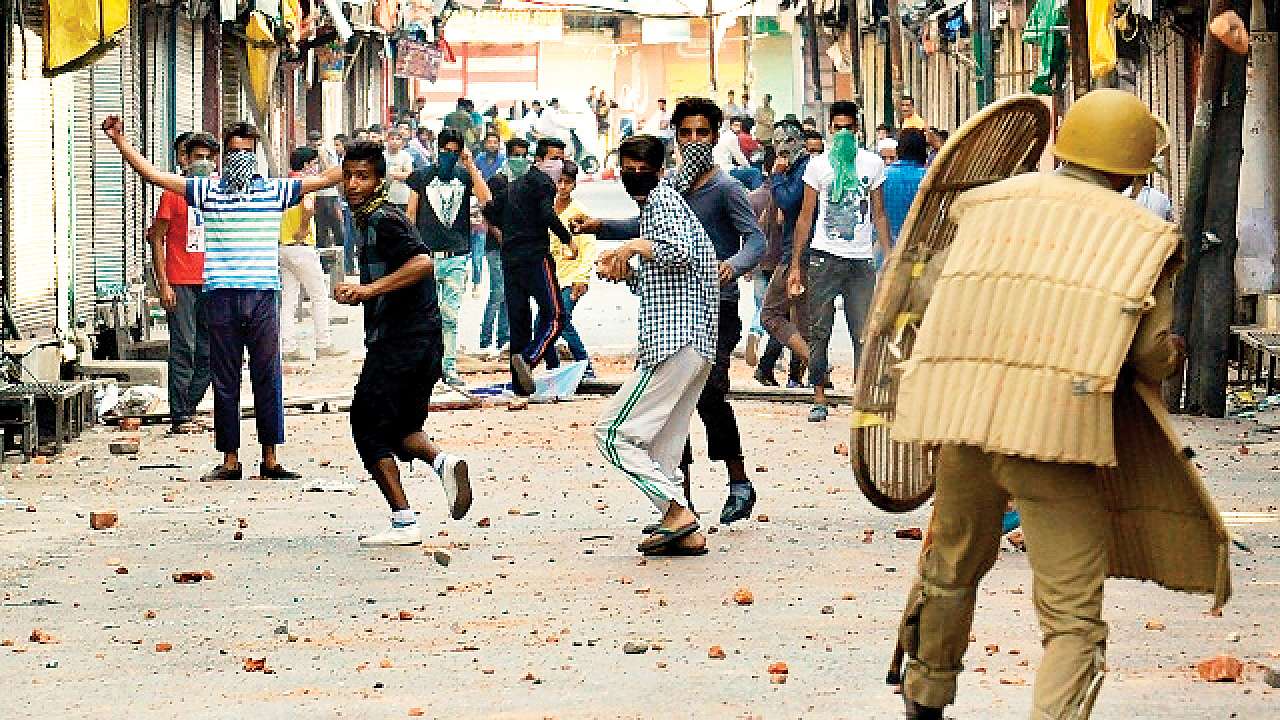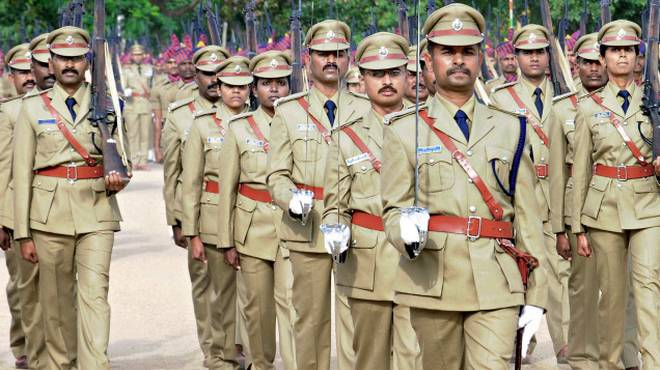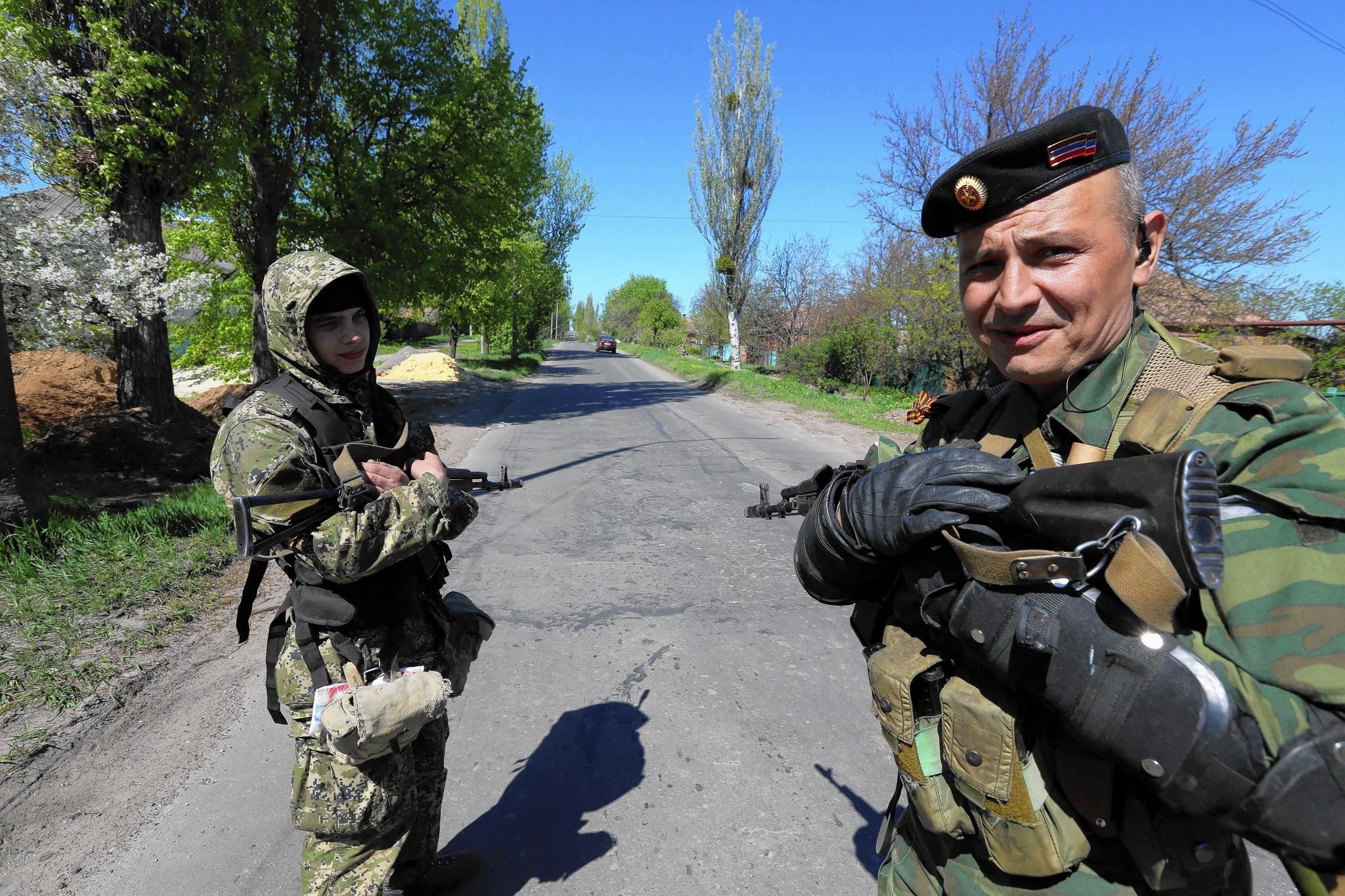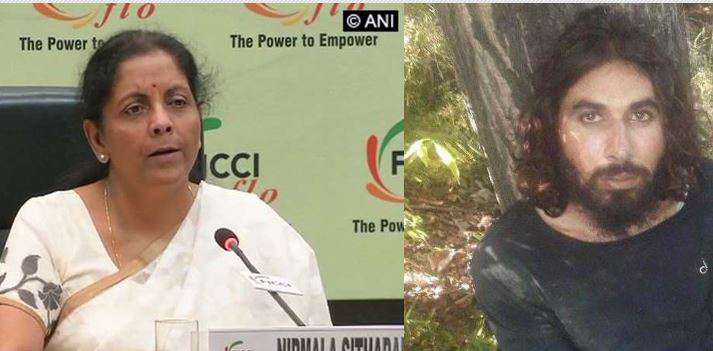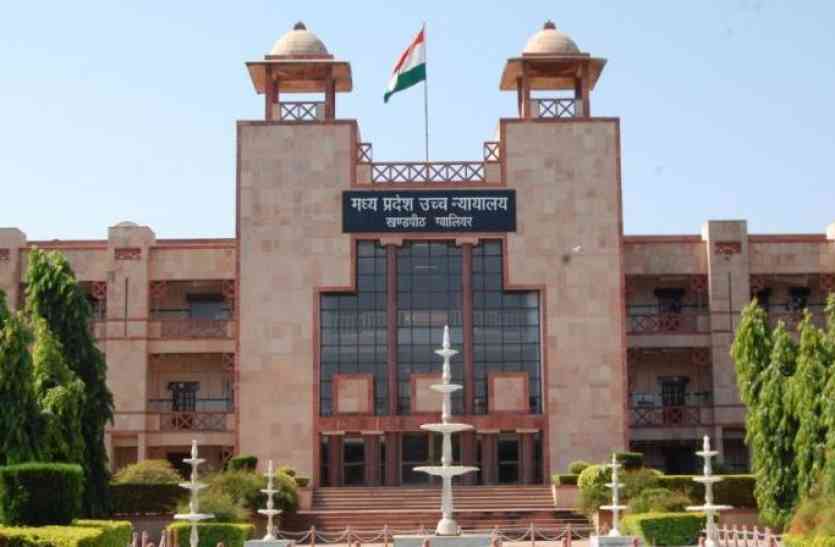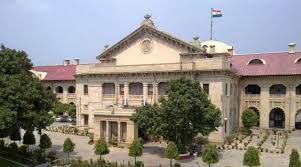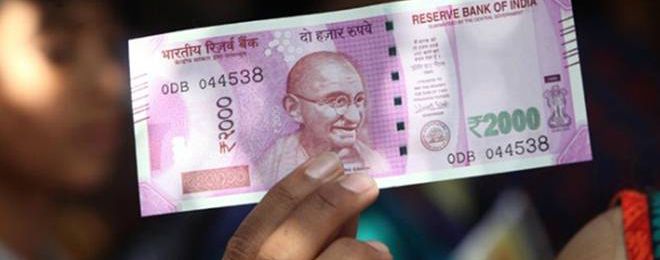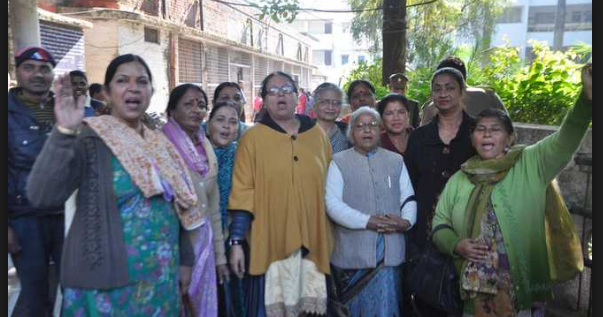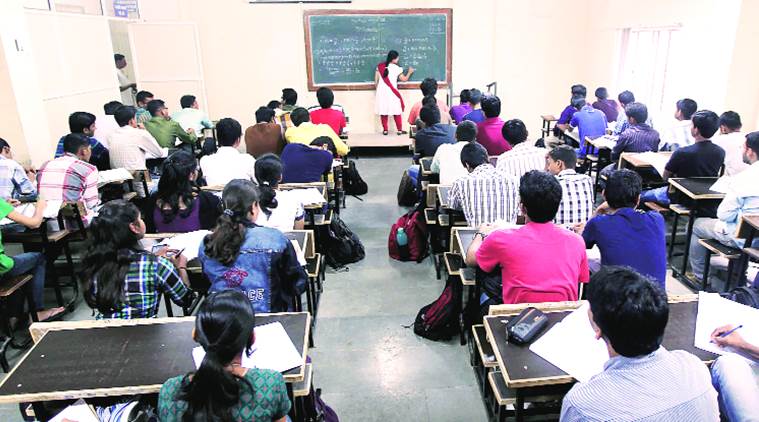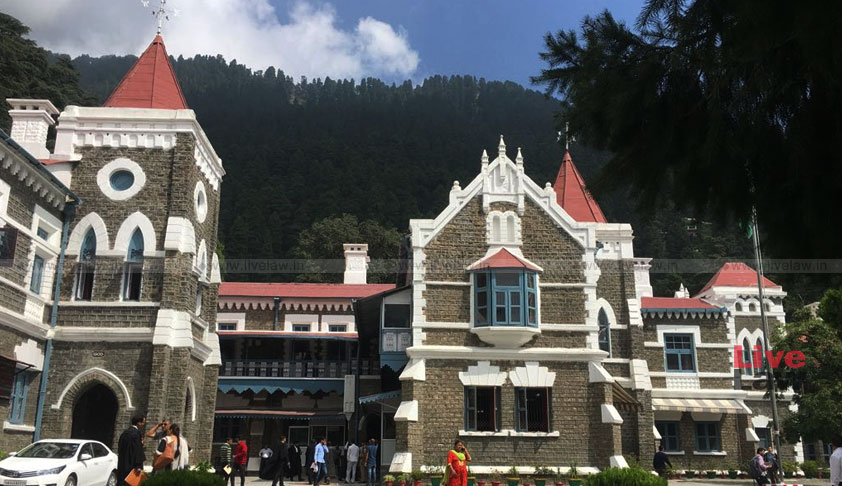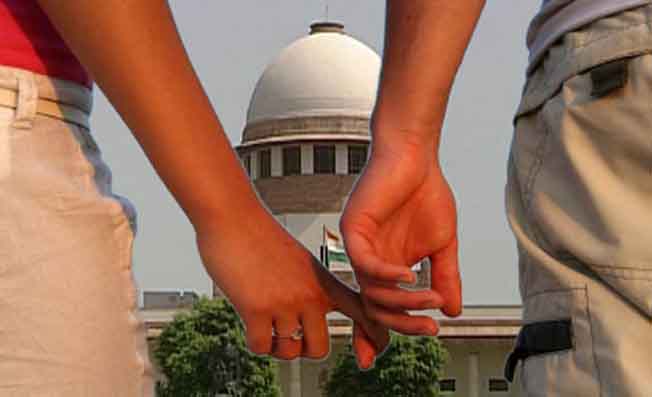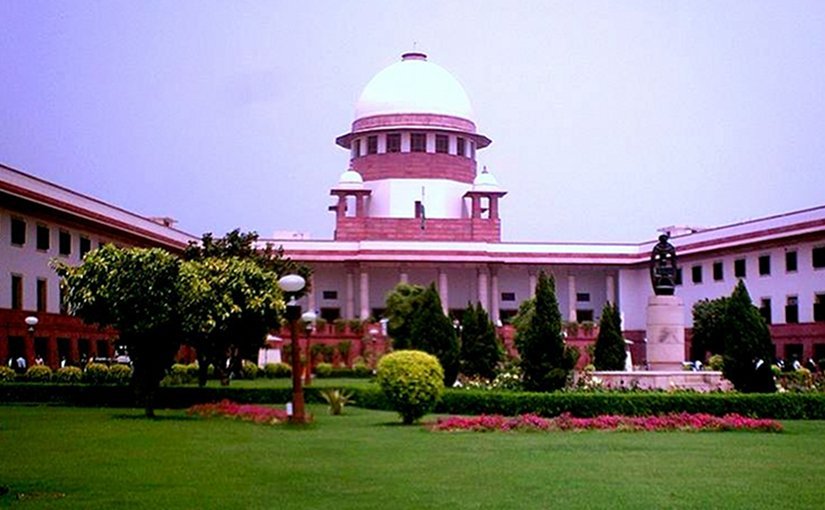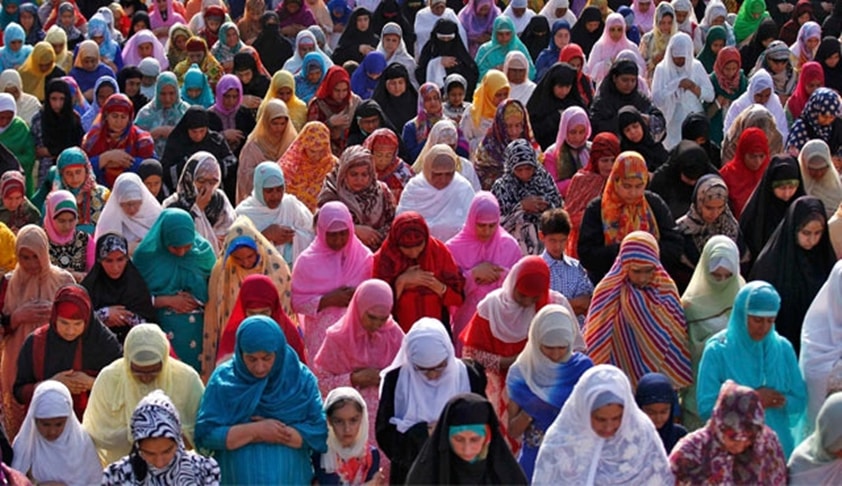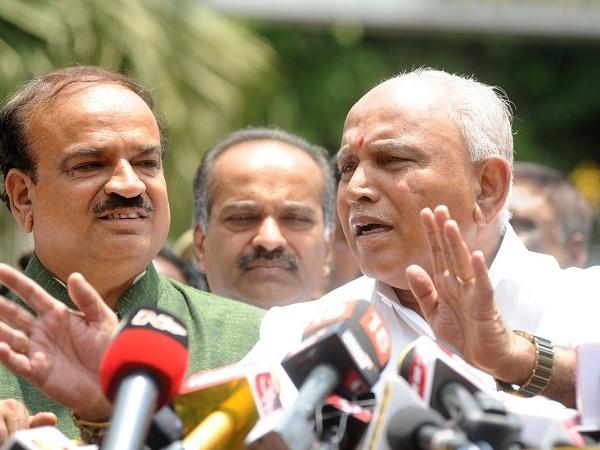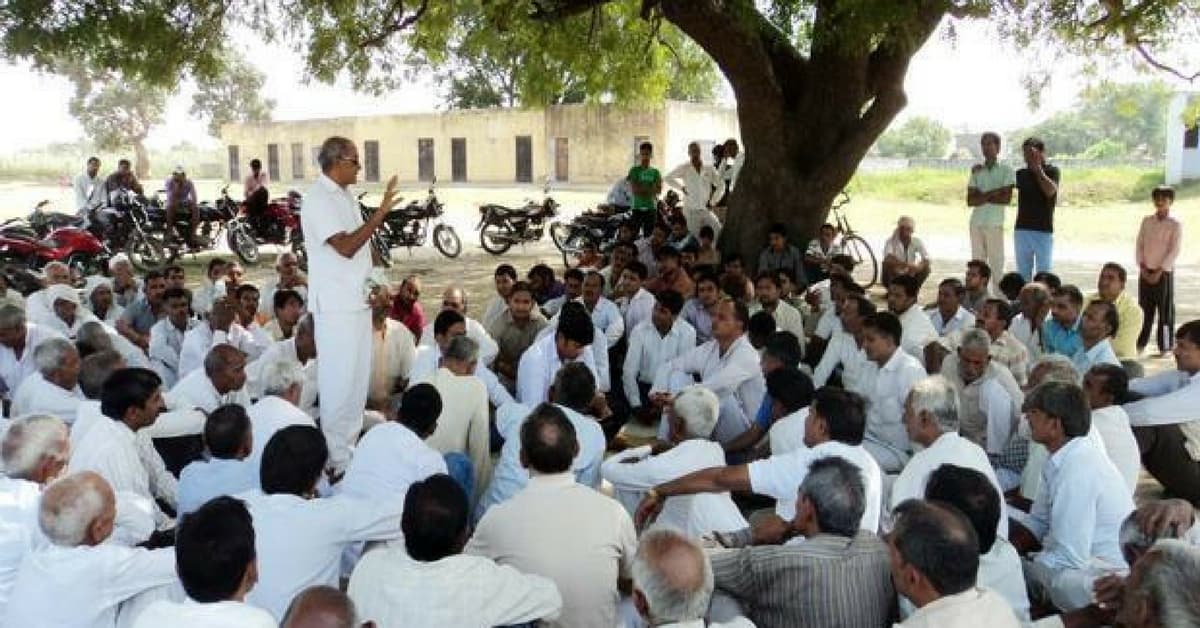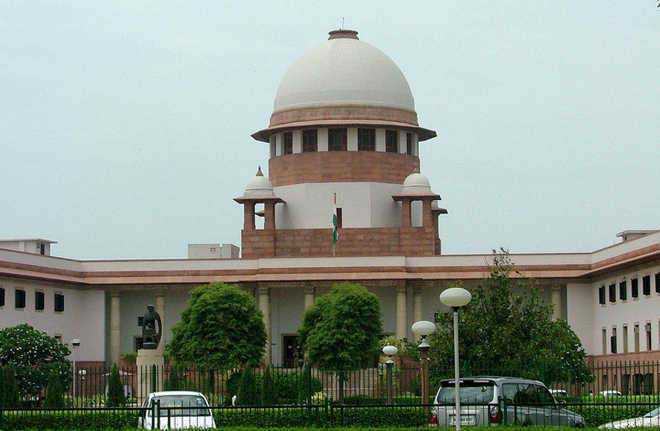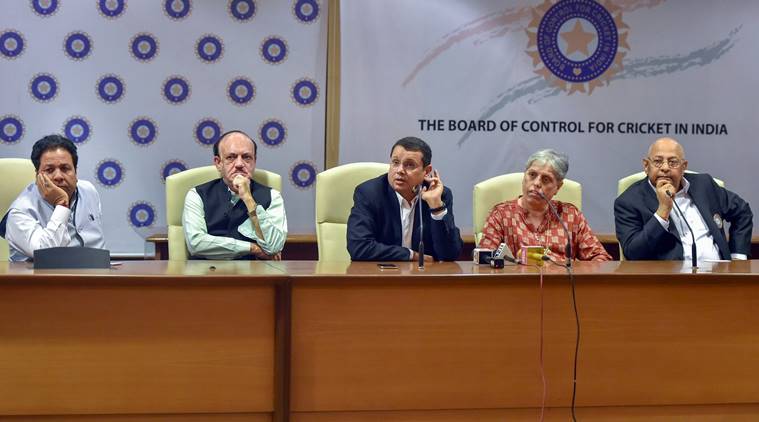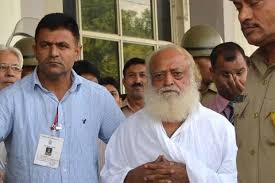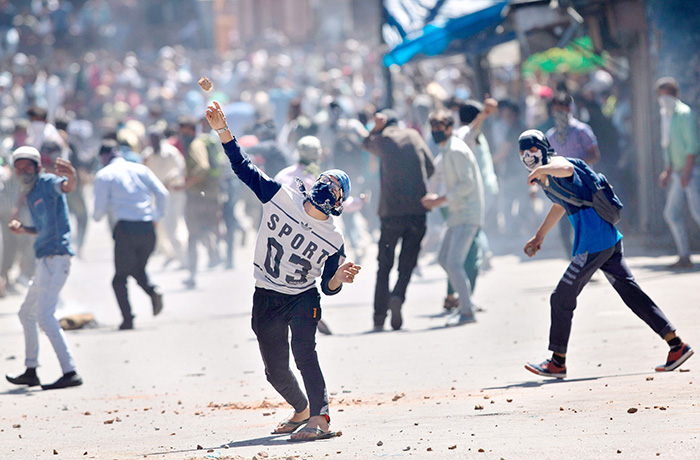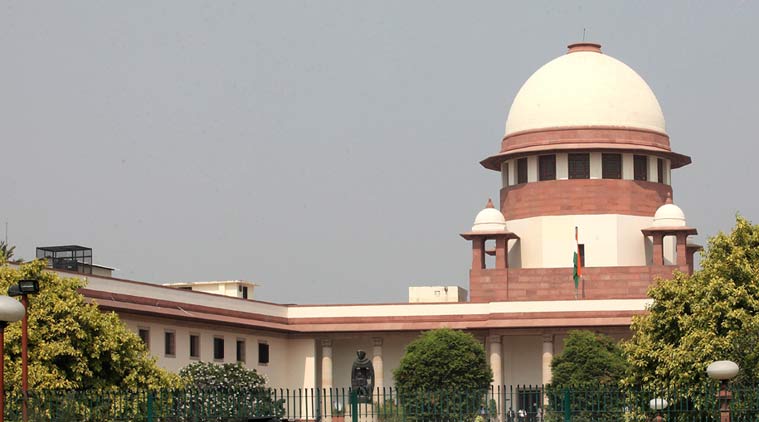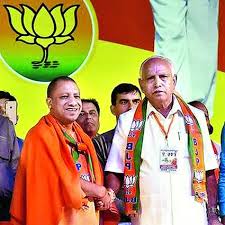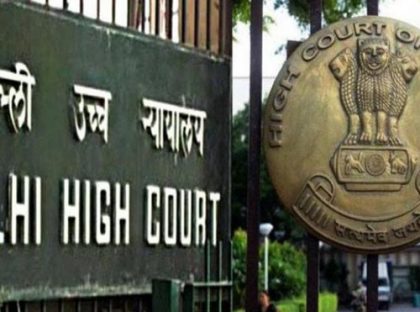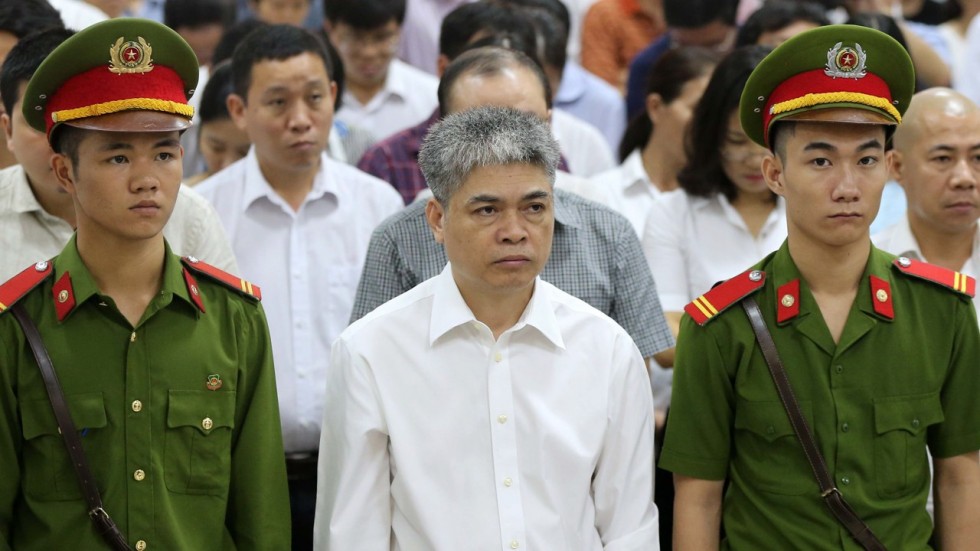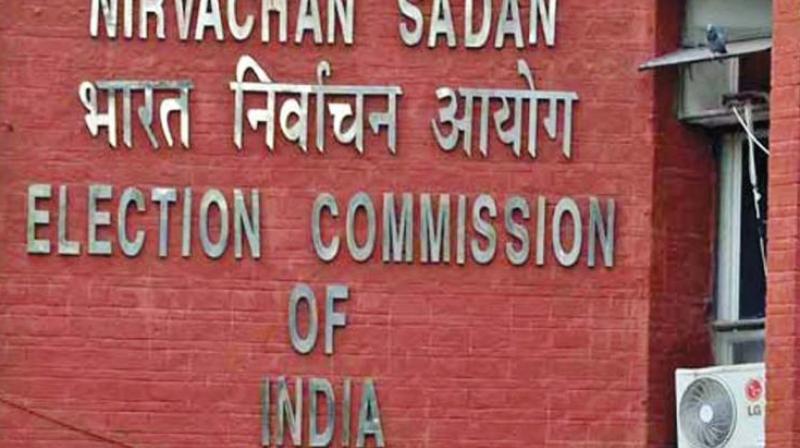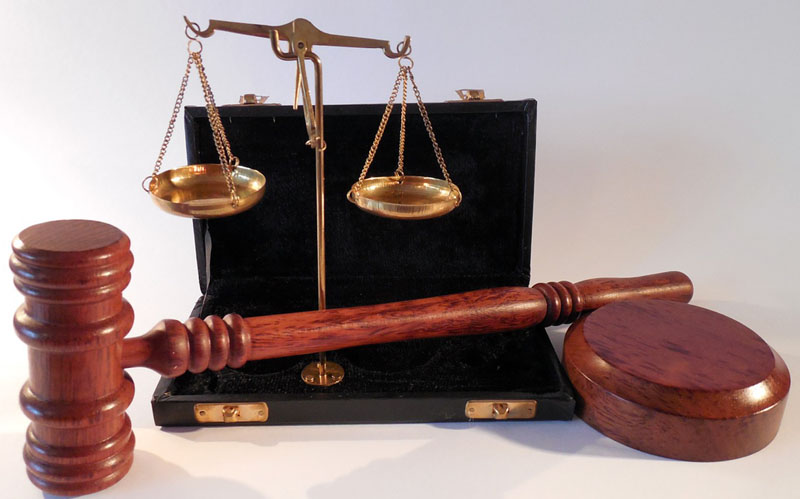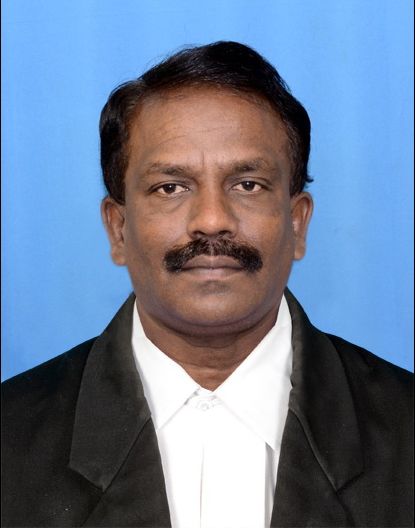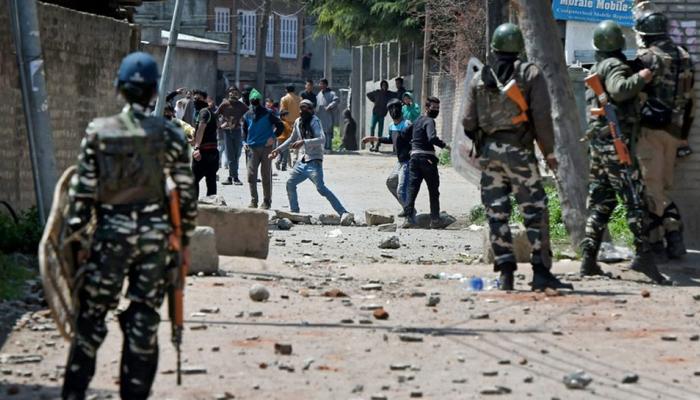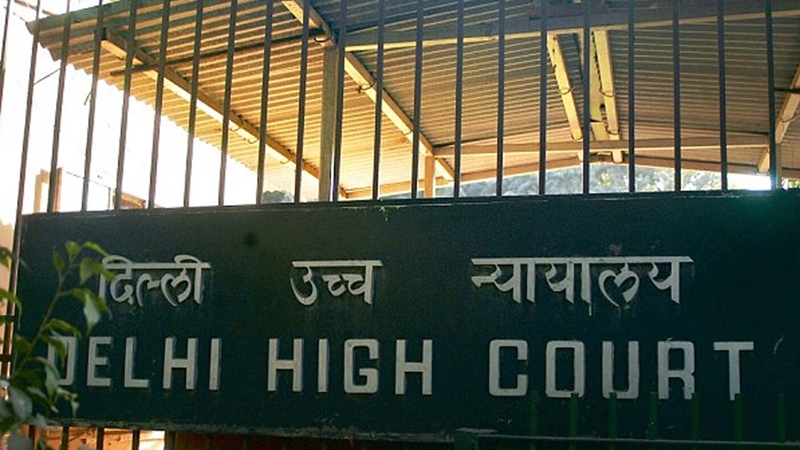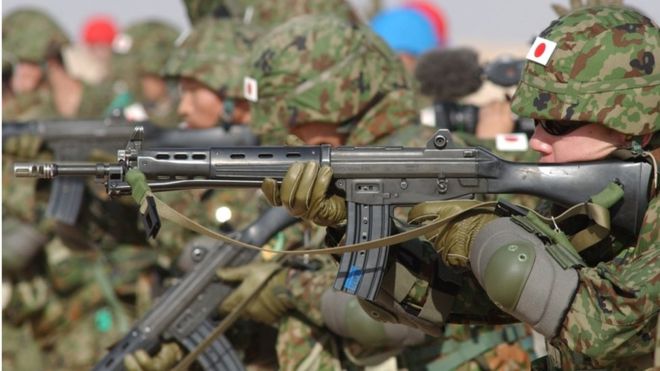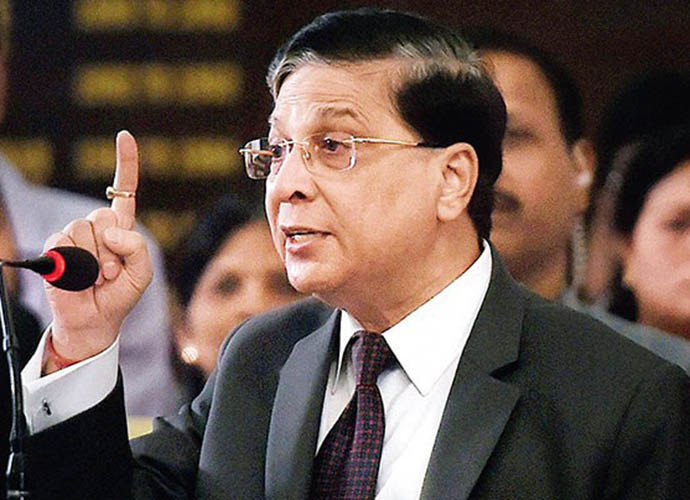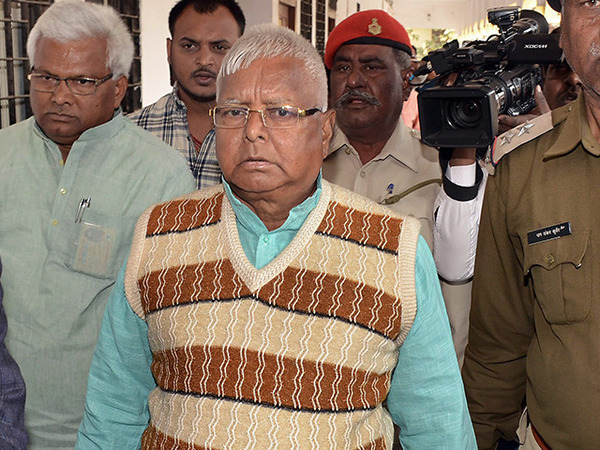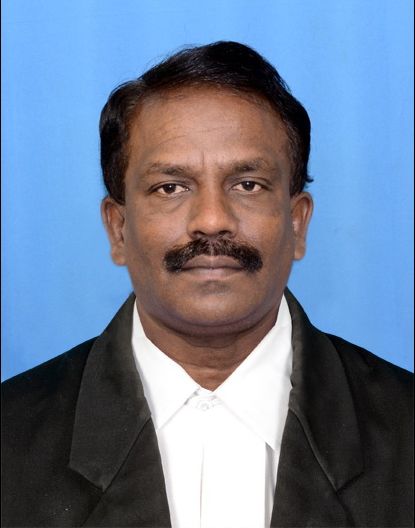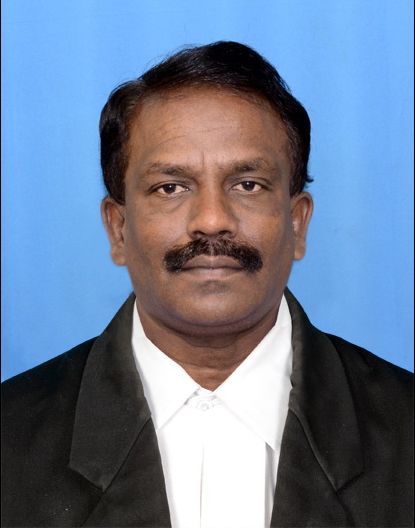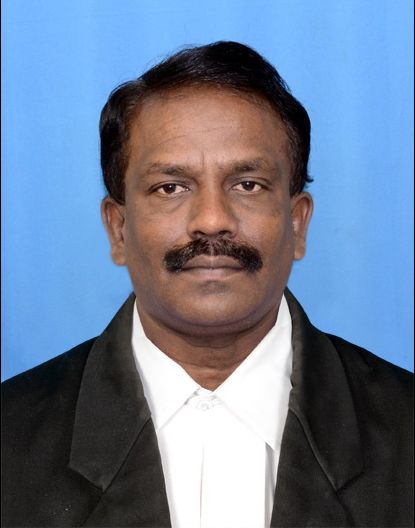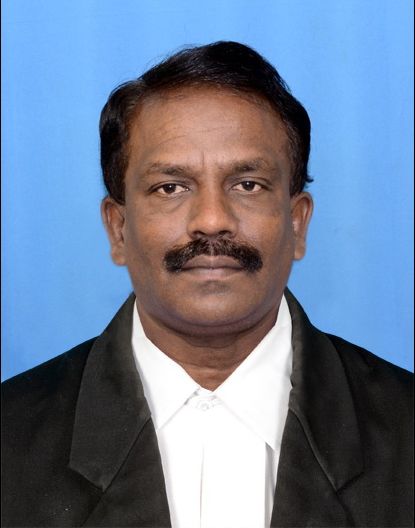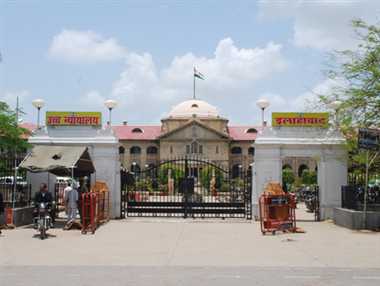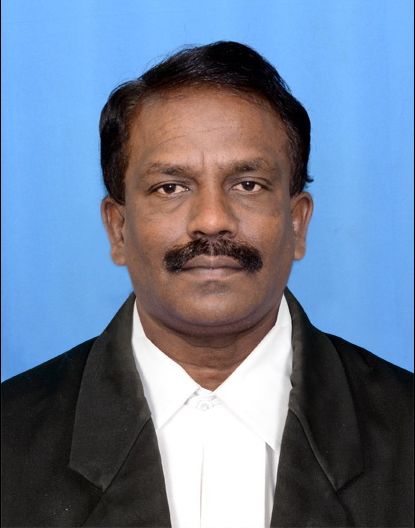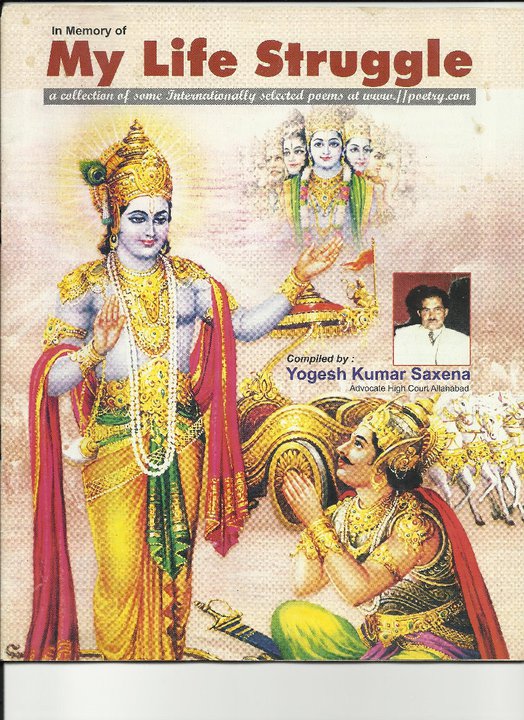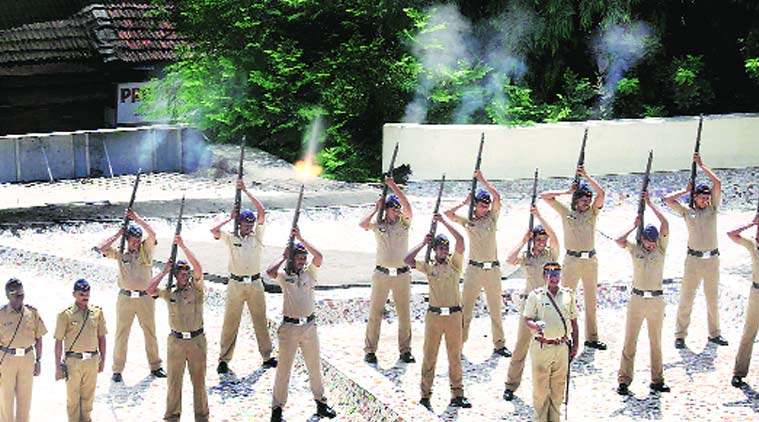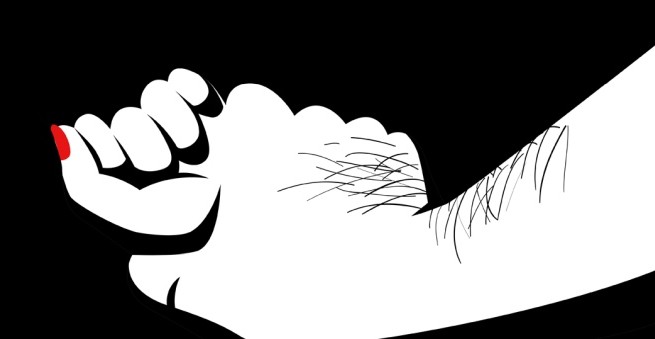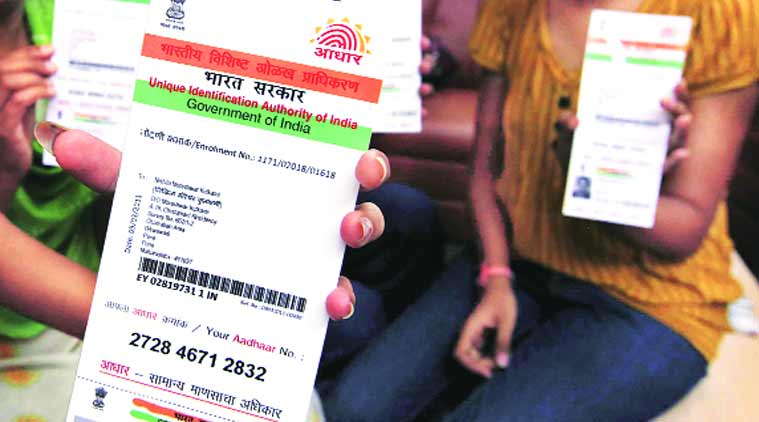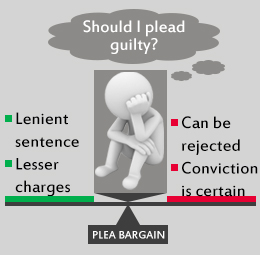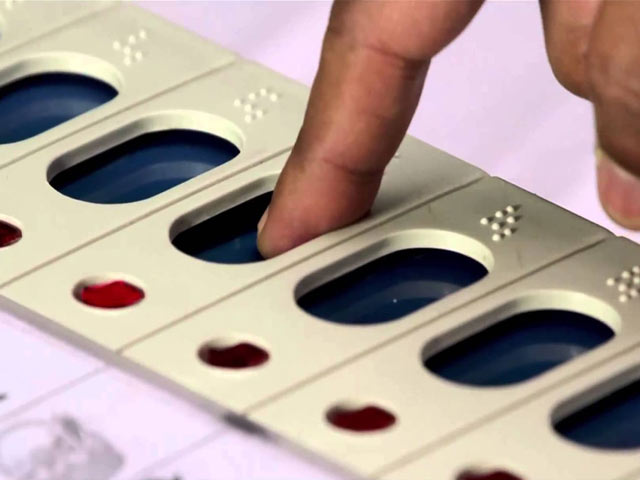Latest Articles
Adding Additional Accused: To Invoke Section 319 CrPC Stronger Evidence Than Mere Probability Of Complicity Of A Person Required: SC
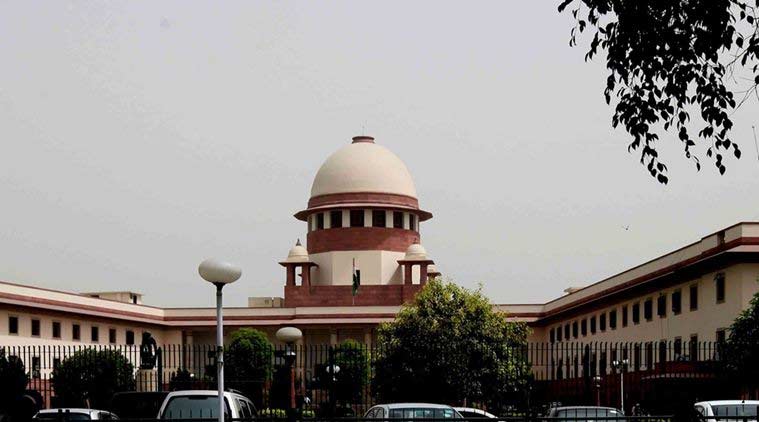
It would be imperative to mention right at the outset that in a significant pronouncement, the Supreme Court just recently on March 15, 2019 in Sugreev Kumar v. State of Punjab & Ors in Criminal Appeal No. 509 of 2019 (Arising out of SLP (Cri.) No. 9687 of 2018 has unequivocally reiterated that to add a person as additional accused under Section 319 of the Code of Criminal Procedure, stronger evidence is required than mere probability of complicity of that person. This notable and commendable judgment authored by Justice Dinesh Maheshwari for himself and Justice Abhay Manohar Sapre while setting aside an order of the Punjab and Haryana High Court unambiguously observed that while invoking Section 319 CrPC should not proceed as if an infallible case is required to be shown by the prosecution in order to proceed against the proposed accused persons. Very rightly so!
While leave is granted in para 1, we then see that para 2 brings out that, “In this appeal, the complainant-appellant has called in question the judgment and order dated 02.07.2018 in Criminal Revision Application No. 2626 of 2014 whereby, the High Court of Punjab and Haryana at Chandigarh, has upheld the order dated 24.07.2014 as passed by the Additional Sessions Judge, Fazilka in S.C. No. 9 of 14.01.2014 on an application filed under Section 319 of the Code of Criminal Procedure (‘crPC’) seeking summoning of additional accused persons to stand the trial.”
As things stand, para 2.1 then brings out that, “The sessions case aforesaid is pending trial for the offences under Sections 302, 307, 341, 34 of the Indian Penal Code (‘IPC’) and Sections 25, 54 and 59 of the Arms Act. By the said order dated 24.07.2014 on the application under Section 319 CrPC, the Trial Court, while partly granting the prayer of the prosecution to summon one of the accused Sonu son of Jaipal to face the trial, has dismissed the prayer for summoning the other 7 persons namely, Krishan Dev, Vikash son of Krishan Dev, Rajan, Mukesh @ Jungli, Devinder @ Veeru, Surinder Mahal and Prithvi Raj.”
In hindsight, it is then observed in para 3 that, “The background aspects, so far relevant for the present purpose, could be noticed, in brief, as follows:
3.1 The prosecution case is that on 29.08.2013, the appellant accompanied by his father, brother and other associates, proceeded to reclaim possession of their land from the erstwhile tenants in compliance with the directions issued by the Court of Assistant Collector Grade-1, than on reaching the site at about 3:30 p.m., they found that the concerned revenue officers were not present and while they were making their way back to the village in search of the revenue officers, 3-4 cars intercepted them and about 10-12 persons emerged from the said vehicles, some of them being the alleged tenants, who were armed with pistols, rifles, swords, dangs, sotas and 12 bore gun; and that after a heated exchange of words, the appellant, his family members and their associates were attacked by the accused which resulted in the demise of the appellant’s father and brother while the others sustained varying injuries with the appellant receiving three bullet injuries.
3.2 For the incident in question, FIR came to be filed against 11 persons for the offences under Sections 302, 307, 341, 148 and 149 IPC as also Sections 27, 54 and 59 of the Arms Act. However, after investigation, only 3 persons, namely, Vikram Gilla, Gurmit Singh and Sunil Kumar, were charge-sheeted.
3.3 In trial, the appellant was examined by the prosecution as PW-1, who asserted in relation to the incident in question, inter alia, as under:-
“…… After alighting from the car Vikas raised Alarm that they be taught lesson for taking possession of their land. Then Vikram fired from his rifle on my father which hit him. Then my brother Sandeep alighted from the Jeep and Vikram with his rifle fired two shots at him which hit on the left side of his chest and waist. Krishan again raised Lalkara and instigated Sonu why are you standing and asked him to kill all sons of Hanuman. Then Sonu fired three shots from, his revolver out of which two fires on my chest near the heart and one near the left shoulder. Vikram again fired shot from his gun on my father which hit him on his waist. Then allthe accused started indiscriminating firing with their revolver, 12 bore gun and pistols and the fires hit with the vehicles. Mahi Ram, Budh Ram, my father and Sham Lal our servant. Thereafter we raised Raula of MAR DITTA MAR DITTA. Then accused tried to run away on their vehicles but Innova did not start and they left the Innova then along with 12 bore rifle and ran away from the spot in another vehicles….(sic)”
3.4 In his cross-examination, the appellant deposed that Krishan Dev, Vikas, Sonu, Rajan, Mukesh @ Jungli, Devinder @ Veeru, Surinder Mahal and Pirthi Raj were declared innocent after investigation by the police, but volunteered to state that they were wrongly declared innocent.
3.5 Pending further cross-examination of the appellant, an application under Section 319 CrPC was filed by the prosecution to summon the aforesaid 8 persons to face trial on the basis of the testimony of the appellant (PW-1), wherein, he had asserted that all of them were present at the crime scene; and had assaulted and injured the applicant, his family members and associates on exhortation by Krishan Dev which resulted in the demise of his father and brother. Hence, it was submitted that there was sufficient material on record to summon all the aforesaid persons to face the trial in this case.”
To be sure, it is then pointed out in para 4 that, “In its impugned order dated 24.07.2014, the Trial Court referred to certain inconsistencies in the testimony of the appellant as compared to his statement under Section 161 CrPC and the FIR; and found no case for summoning 7 of the aforesaid persons but considered it just and proper to summon Sonu son of Jaipal, who had allegedly fired three shots from his firearm, which hit the appellant.”
As it turned out, it is then disclosed in para 5 that, “Against the order aforesaid, the appellant filed a criminal revision petition, being CRR No. 2626 of 2014, before the High Court of Punjab and Haryana at Chandigarh which was dismissed by the impugned order dated 02.07.2018. It is mentioned in paragraph 4 of the order impugned that the learned counsel for the petitioner had confined the relief only qua the respondent Nos. 2 and 3, Krishan Dev and Vikas son of Krishan Dev. The High Court upheld the order of the Trial Court while observing as under:
“11. In this case, statements of complainant and witnesses is same, which were recorded by the police during investigation. Learned trial Court has observed in its order that Vikas was attributed lalkara to the effect that complainant party be taught lesson for taking possession of the disputed land while Sugreev (PW) had admitted in his cross-examination that possession of the disputed land had not yet been taken by them. This shows that respondents, Krishna Dev and Vikas were arrayed as accused because of enmity between the parties and the police during investigation had collected the evidence which prove that both these respondents were far away from the place of occurrence.
12. Hon’ble Apex Court in the case Brijendra Singh (supra) has observed that for summoning the additional accused under Section 319 Cr.P.C. degree of satisfaction is much stricter. Power under Section 319 Cr.P.C. is discretionary and extraordinary power which is to be exercised sparingly and only in those cases where circumstances of the case so warrants and strong and cogent evidence occurs against a person from the evidence led before the Court and not in a casual and cavalier manner. …….”
As anticipated, para 6 then envisages that, “Assailing the order aforesaid, the learned counsel for the appellant has strenuously argued that the High Court as also the Trial Court have failed to consider the fact that respondent No. 2 Krishan Dev and respondent No. 3 Vikas are the main perpetrators of the crime; and had planned everything in advance for executing the crime and to escape from the law. Learned counsel would submit that the exhortation (lalkara) was a previously planned one as the possession of the land was to be handed over to the appellant and his family members; that the Innova car, which is registered in the name of respondent No. 2, was recovered from the scene of the crime; and that the report submitted by the police is based on the statement of witnesses at the instance of the respondents Nos. 2 and 3, where some of them are related to respondent No. 2 and while the others are his acquaintances. Learned counsel would submit that with the evidence available on record, a clear case for proceeding against the aforesaid persons alongwith the charge-sheeted accused is made out. Learned counsel for the appellant has referred to and relied upon the decisions in Hardeep Singh v. State of Punjab : (2014) 3 SCC 92 and Brijendra Singh & Ors. V. State of Rajasthan : (2017) 7 SCC 706.”
On the contrary, it is then brought out in para 7 that, “Per contra, learned counsel for the respondents have duly supported the orders impugned and have submitted that no case for interference is made out as the Court under Section 319 of CrPC are to be exercised sparingly and, in this case, the Trial Court and the High Court, after having thoroughly examined the record, found no substance in the application so moved. More specifically, learned counsel for respondent No. 6 has pointed out that before the High Court, the appellant had given up the challenge qua this respondent. Learned counsel would submit that the impugned order has been passed after due consideration of the material on record; that his name was neither reflected in the FIR nor in the statement under Section 161 CrPC; that after police investigation, nothing incriminating was found against him and even the Trial Court has found no cogent evidence against him.”
Furthermore, para 8 then stipulates that, “During the course of submissions, it has been pointed out that since after passing of the orders impugned, further evidence of the prosecution was recorded in the trial and thereafter another application under Section 319 CrPC was moved for summoning of the aforesaid 7 persons but the same was also rejected by the Trial Court on 28.09.2018. It has also been submitted that practically, the entire prosecution evidence in the matter is over.”
To put it succinctly, the Bench then held in para 9 that, “Having given anxious consideration to the rival submissions and having examined the record with reference to the law applicable, we are clearly of the view that the disposal of applications moved in this matter under Section 319 CrPC cannot be approved; and in the given set of facts and circumstances, it appears just and proper that the Trial Court should re-examine the entire matter with reference to the principles applicable to the case, in order to take a decision afresh as to whether the persons above-named or any of them deserve to be tried together with the other accused persons.”
While encapsulating the purpose behind Section 319 of CrPC, the Bench then underscores in para 10 that, “It remains trite that the provisions contained in Section 319 CrPC are to achieve the objective that the real culprit should not get away unpunished. By virtue of these provisions, the Court is empowered to proceed against any person not shown as an accused, if it appears from evidence that such person has committed any offence for which, he could be tried together with the other accused persons. In Hardeep Singh (supra), the Constitution Bench of this Court has explained the purpose behind this provision, inter alia, in the following:
“12. Section 319 Code of Criminal Procedure springs out of the doctrine judex damnatur cum nocens absolvitur (judge is condemned when guilty is acquitted) and this doctrine must be used as a beacon of light while explaining the ambit and the spirit underlying the enactment of Section 319 Code of Criminal Procedure.
13. It is the duty of the court to do justice by punishing the real culprit. Where the investigation agency for any reason does not array one of the real culprits as an accused, the court is not powerless in calling the said accused to face trial. The question remains under what circumstances and at what stage should the court exercise its power as contemplated in Section 319 CrPC?
*** *** ***
19. The court is the sole repository of justice and a duty is cast upon it to uphold the rule of law and, therefore, it will be inappropriate to deny the existence of such powers with the courts in our criminal justice system where it is not uncommon that the real accused, at times, get away by manipulating the investigating and/or the prosecuting agency. The desire to avoid trial is so strong that an accused makes efforts at times to get himself absolved even at the stage of investigation or inquiry even though he may be connected with the commission of the offence.”
What’s more, it is then significantly laid down in para 11 that, “As regards the degree of satisfaction required for invoking the powers under Section 319 CrPC, the Constitution Bench has laid down the principles as follows:
“95. At the time of taking cognizance, the court has to see whether a prima facie case is made out to proceed against the accused. Under Section 319 CrPC, though the test of prima facie case is the same, the degree of satisfaction that is required is much stricter. A two-Judge Bench of this Court in Vikas v. State of Rajasthan, held that on the objective satisfaction of the court a person may be “arrested” or “summoned”, as the circumstances of the case may require, if it appears from the evidence that any such person not being the accused has committed an offence for which such person could be tried together with the already arraigned accused persons.
*** *** ***
105. Power under Section 319 CrPC is a discretionary and an extraordinary power. It is to be exercised sparingly and only in those cases where the circumstances of the case so warrant. It is not to be exercised because the Magistrate or the Sesssions Judge is of the opinion that some other person may also be guilty of committing that offence. Only where strong and cogent evidence occurs against a person from the evidence led before the court that such power should be exercised and not in a casual and cavalier manner.
106. Thus, we hold that though only a prima facie case is to be established from the evidence led before the court, not necessarily tested on the anvil of cross-examination, it requires much stronger evidence than mere probability of his complicity. The test that has to be applied is one which is more than prima facie case as exercised at the time of framing of charge, but short of satisfaction to an extent that the evidence, if goes unrebutted, would lead to conviction in the absence of such satisfaction, the court should refrain from exercising power under Section 319 CrPC. InSection 319 CrPC the purpose of providing if “it appears from the evidence that any person not being the accused has committed any offence” is clear from the words “for which such person could be tried together with the accused.” The words used are not “for which such person could be convicted”. There is, therefore, no scope for the court acting under Section 319 CrPC to form any opinion as to the guilt of the accused”.”
Simply put, is then noted in para 12 that, “Thus, the provisions contained in Section 319 CrPC sanction the summoning of any person on the basis of any relevant evidence as available on record. However, it being a discretionary power and an extraordinary one, is to be exercised sparingly and only when cogent evidence is available. The prima facie opinion which is to be formed for exercise of this power requires stronger evidence than mere probability of complicity of a person. The test to be applied is the one which is more than a prima facie case as examined at the time of framing charge but not of satisfaction to the extent that the evidence, if goes uncontroverted, would lead to the conviction of the accused.”
It is a no-brainer that the Bench then held in para 13 that, “While applying the above-mentioned principles to the facts of the present case, we are of the view that the consideration of the application under Section 319 CrPC in the orders impugned had been as if the existence of a case beyond reasonable doubt was being examined against the proposed accused persons. In other words, the Trial Court and the High Court have proceeded as if an infallible case was required to be shown by the prosecution in order to proceed against the proposed accused persons. That had clearly been an erroneous approach towards the prayer for proceeding against a person with reference to the evidence available on record.”
Be it noted, para 14 then states that, “The appellant (PW-1) has made the statement assigning specific roles to the proposed accused persons. At this stage of consideration of the application under Section 319 CrPC, of course, the Trial Court was to look at something more than a prima facie case but could not have gone to the extent of enquiring as to whether the matter would ultimately result in conviction of the proposed accused persons.” Para 15 then further states that, “The other application moved by the prosecution after leading of further evidence in the matter has been rejected by the Trial Court essentially with reference to the impugned orders dated 24.07.2014 and 02.07.2018, which are the subject matter of challenge in this appeal.”
Suffice it to say, para 16 then sums up by saying that, “In the totality of the circumstances of this case, rather than dilating further on the evidence, suffice it would be to observe for the present purpose that the prayer of the prosecution for proceeding against other accused persons, having not been examined in the proper prospective and with due regard to the applicable principles, deserves to be restored for reconsideration of the Trial Court.”
Finally and perhaps most importantly, it is then held in the last para 17 that, “Accordingly, this appeal is allowed in part, to the extent and in the manner that the impugned orders are set aside and the applications made by the prosecution under Section 319 CrPC are restored for reconsideration of the Trial Court. In the interest of justice, it is made clear that we have not pronounced on the merits of the case either way and it would be expected of the Trial Court to reconsider the prayer of prosecution for proceeding against the proposed accused persons totally uninfluenced by any observation herein regarding facts of the case but with due regard to the evidence on record and to the law applicable.”
All said and done, it is a must read judgment which makes the position on Section 319 CrPC very clear. It specifies clearly and convincingly that a person can be added as an additional accused only when there is strong and cogent evidence and mere probability of complicity of that person is not enough to add him as accused. Thus now there is no unambiguity and no uncertainty left on this as to the test that has to be applied while considering an application to add a person as an additional accused for which the Apex Court Bench comprising of Justice Dinesh Maheshwari and Justice Abhay Manohar Sapre have to be appreciated and applauded for delivering such a landmark and laudable judgment so elegantly!
